Capital:
Dakar
Currency
Franc CFA
Best time to visit:
The most pleasant period for a trip to Senegal is the dry season, or from November to February: temperatures are mild, travel is easier (especially in remote areas) thanks to the low rainfall and there are fewer mosquitoes around. Many parks close during the rainy season. October and November are typically dry months with fewer tourists, but the heat can be oppressive.
In a word:
Nagadef (hello)
Vaccines
Malaria is present in Senegal and therefore antimalarial prophylaxis is recommended. Take all necessary precautions to avoid mosquito bites: it will also help prevent dengue and chikungunya.
At the table:
Delicious chicken yassa (or the version prepared with beef) which is marinated in lemon juice and onions, cooked on the grill and served with rice. Another national dish is excellent: tiéboudienne, rice accompanied by fish and vegetables. The grilled fish, especially the thiouf, is a real treat. Before ordering always ask if the dishes are spicy: chilli is widely used in Senegalese cuisine.
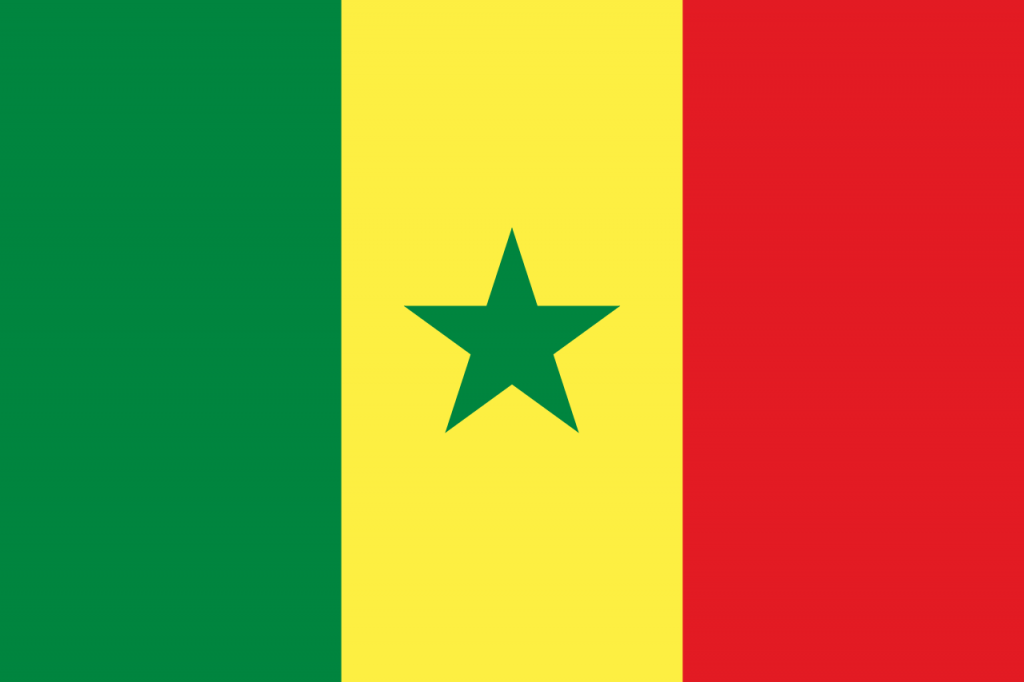
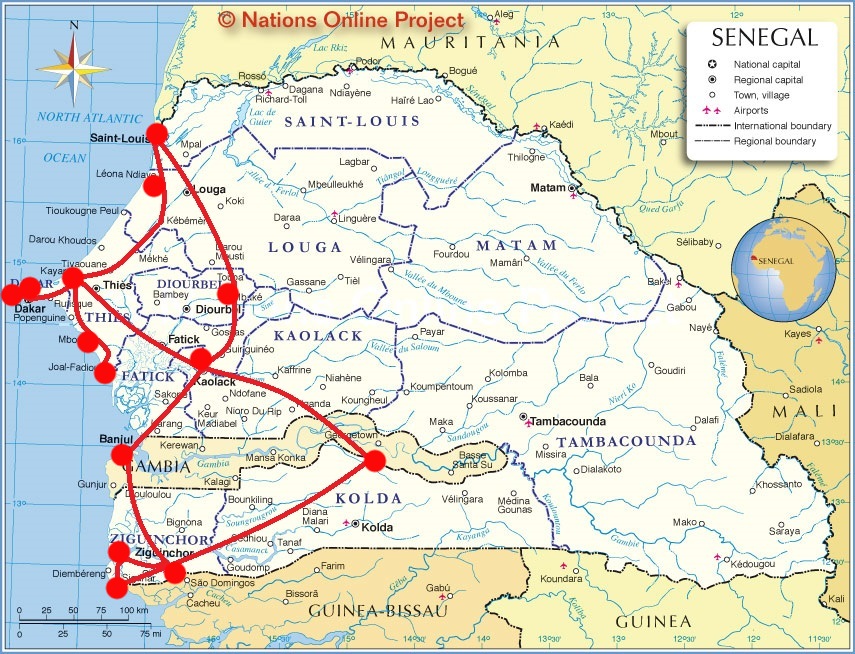
Warnings:
- It is not recommended to travel to some areas of Casamance and also to the regions bordering Mauritania and Mali.
- During Ramadan, many public establishments observe reduced opening hours.
Essential experiences:
Attend fish auctions in the colorful Mbour market; Wandering in the buggy for the characteristic lanes of St Louis; Navigate the placid waters of the Casamance River by pirogue on the border with Guinea Bissau
Nestled between the desert lands of the north and the lush tropical forests of the south, Senegal boasts an extraordinary variety of places to visit.
Dakar alone embodies the peculiarity of the entire country, this chaotic city, with its lively streets, vibrant markets and engaging nightlife, will drag you into its unbridled rhythm from which you can find refreshment only in the quiet of the Ile de Goree.
This time we decided to rent a van with driver and, together with a group of faithful friends and companions from other adventures, we set off to discover this wonderful and luxuriant country passing through the small Gambia.
They have been days lived intensely with the eyes and an open heart trying to breathe deeply and above all aimed at "giving". Well yes, before departure we collected a lot of basic necessities and not only (soaps, milk powder, diapers, medicines, various detergents, pens, notebooks, clothes and toys) that, during the journey, we distributed some everywhere from nomadic villages to isolated huts, schools to the Mbour orphanage!
In the end it will have been a humanitarian journey where we tried to make our contribution every day, it would certainly have been a drop in the ocean, but as Mother Teresa of Calcutta said, even without that drop the ocean would have missed it!
Our suggested itinerary (21 days) | |
three days: | Dakar, Saly, Ile Goree, Lac Rose |
three days: | Kaolack, Ziguinchor |
three days: | Ile d’Egueye, Ile de Carabane |
five days: | Cap Skirring, Touba |
| one week: | St Louis, Lompoul (desert), Mbour (market and orphanage), Saly |
We begin our adventure from Saly, where we land at 2 am.
Saly is the queen of coastal villages, a lively tourist center characterized by dozens of hotels, beaches and night clubs.
It is very close to the capital Dakar and, unraveling in its city chaos, we reach the Masaliouk Dijan mosque: its dimensions are truly impressive, all in Carrara marble, rows of golden columns illuminated by 2,000 lights of a majestic chandelier; it is still under construction and development even if it is not an unmissable stop!
However it is close to the port and from there we embark for the notorious island of Goree! In 25 minutes by ferry we set foot on this island with a very bloody historical past, now it seems wrapped in an almost supernatural calm, broken only by the noise of the kessing-kessing, a small musical instrument created by small zucchini, which mark the rhythm of this island magic.
On the island there are neither asphalted roads nor cars but only narrow alleys and climbing bougainvillea, colonial-style brick buildings and wrought iron balconies.
If on the one hand it is romantic to enjoy a plate of grilled shrimp overlooking the small harbor, on the other the "Maison des esclaves" reminds us that, in the past, this has been one of the places of greatest suffering for mankind. The "Door of no return" that opens onto the ocean has become the symbol of the horrors of slavery.
Between the 18th and 19th centuries, this island was a bustling slave trade center for the Americas. Turning the secret dark you can easily imagine the suffering of imprisonment, the sale of slaves, the terror of the people until they embark on unknown lands to never return to their native land. The visit is very touching and reminds us of the other prisons known in Ghana, for example.
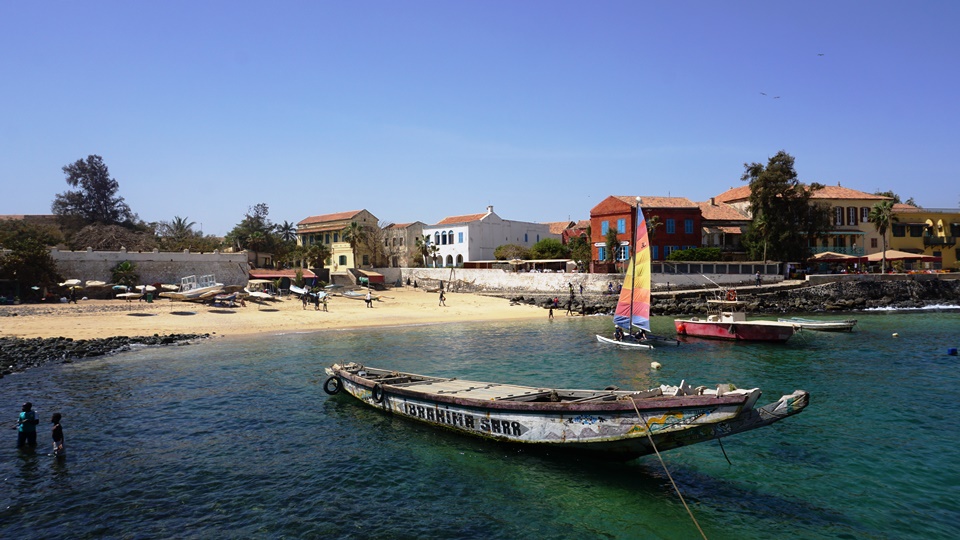
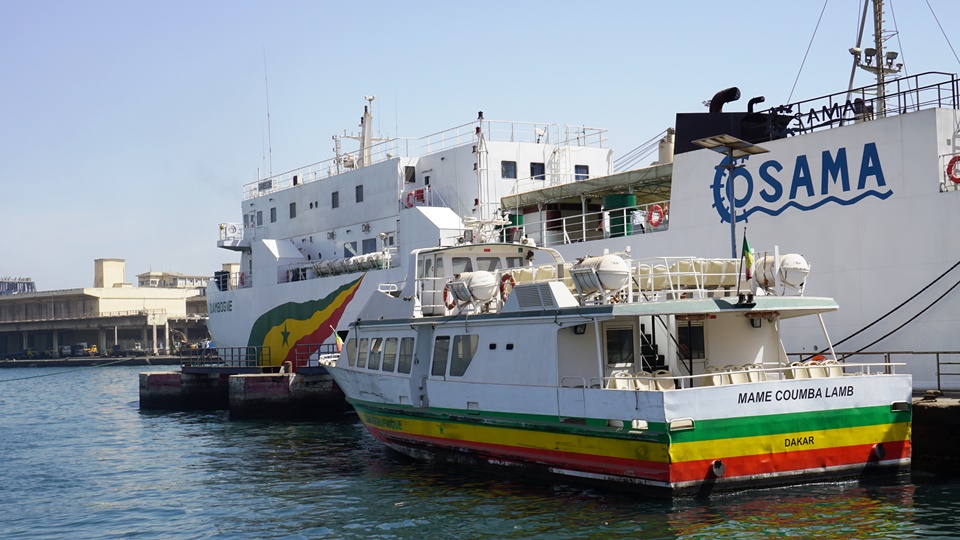
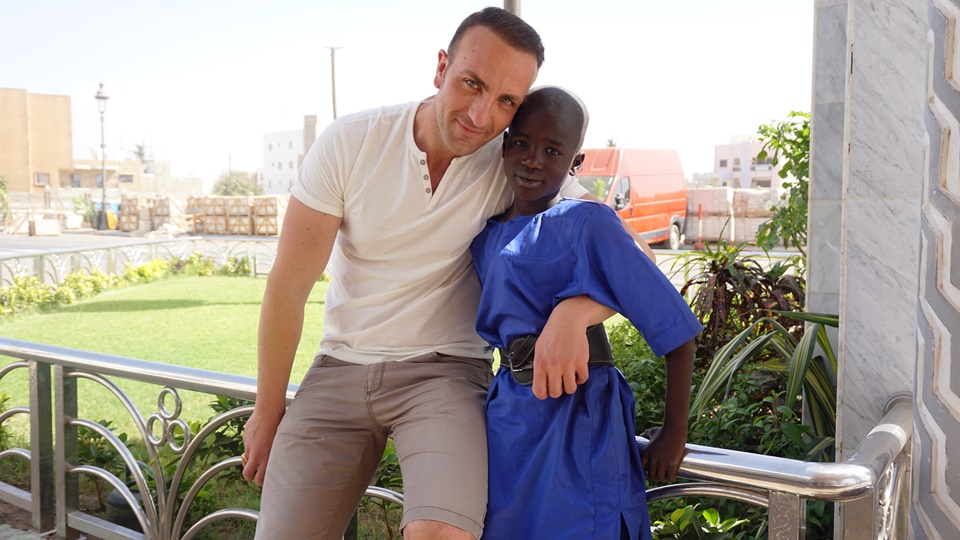
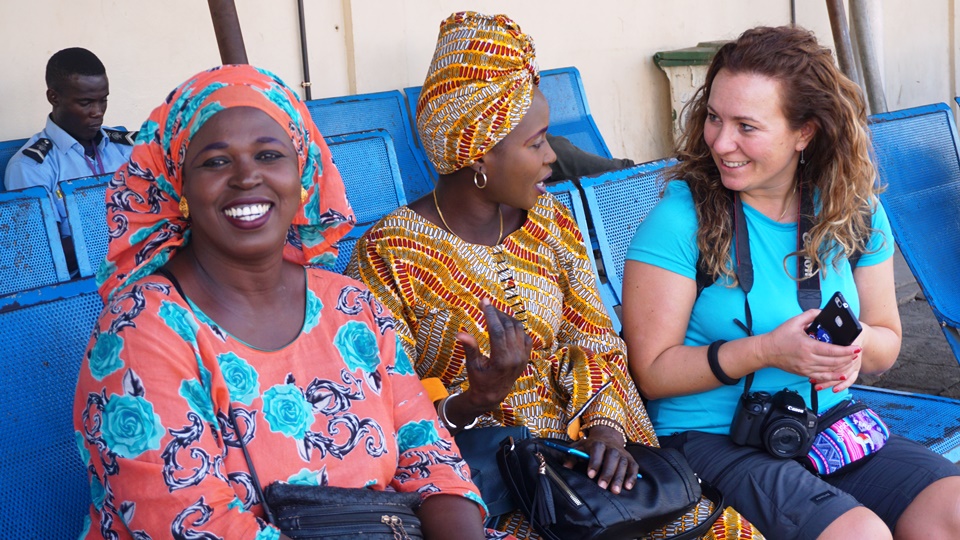
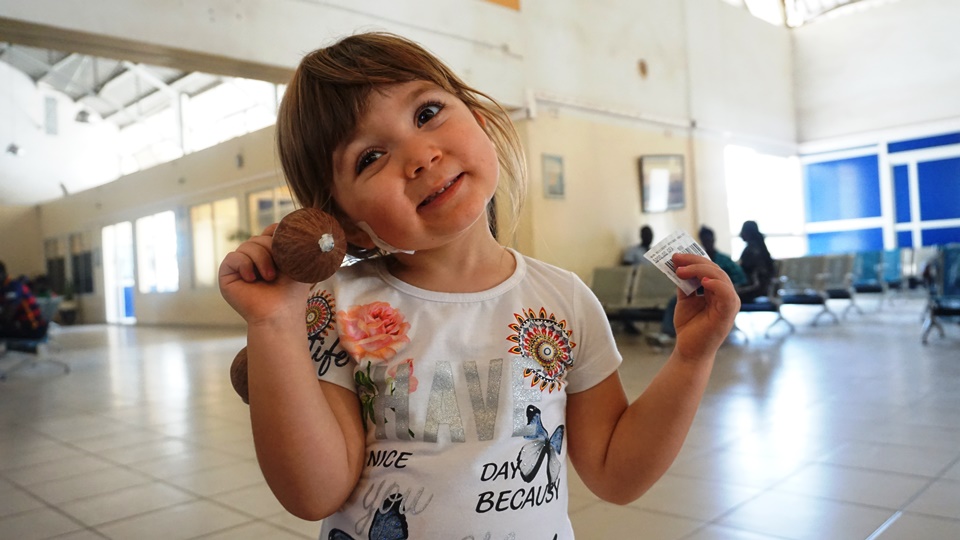
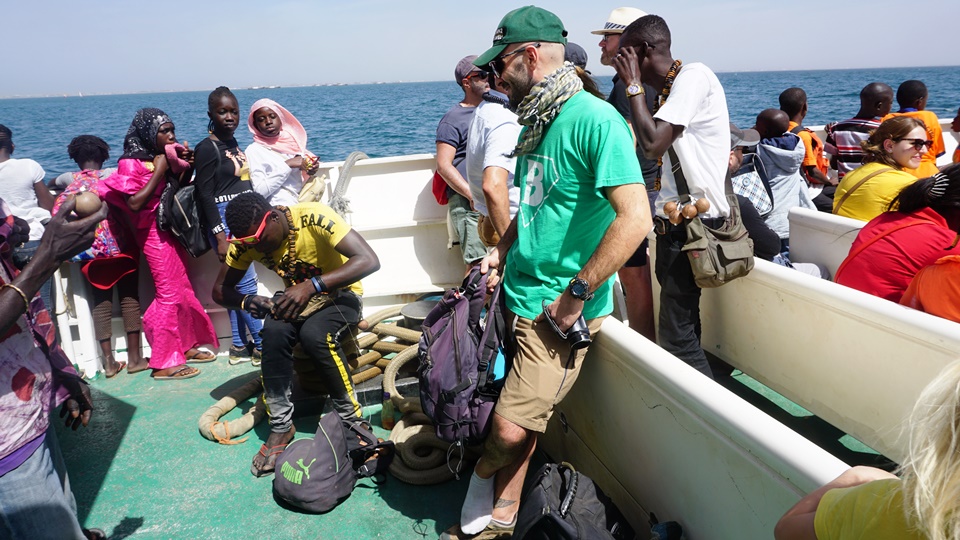
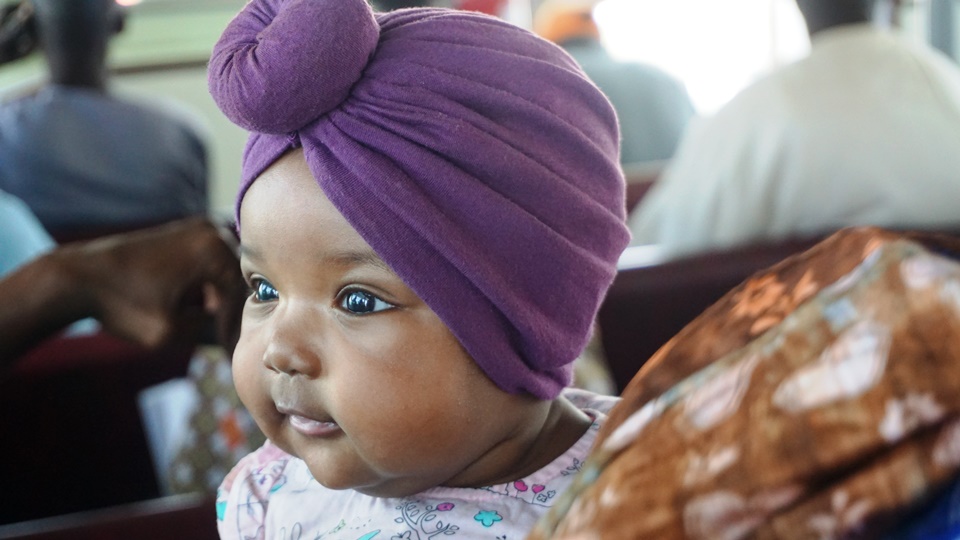
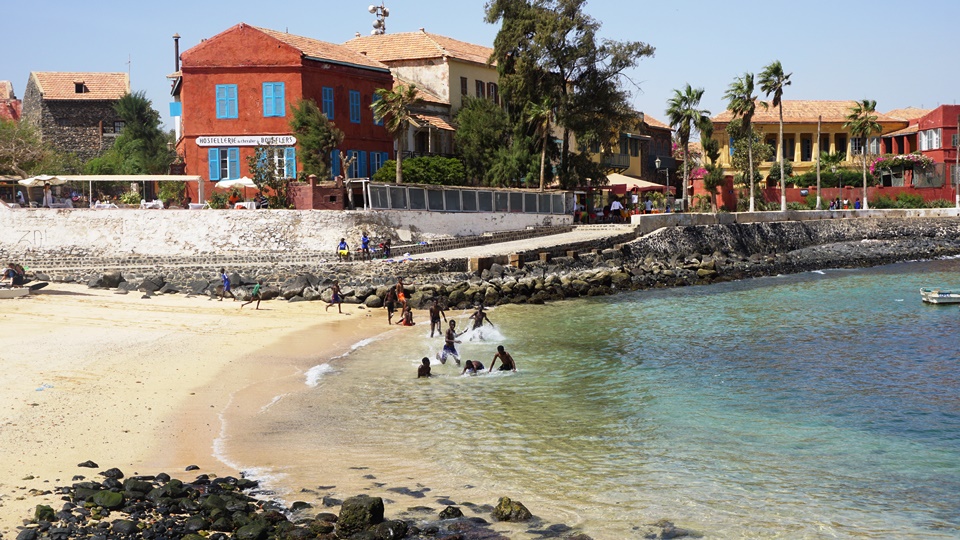
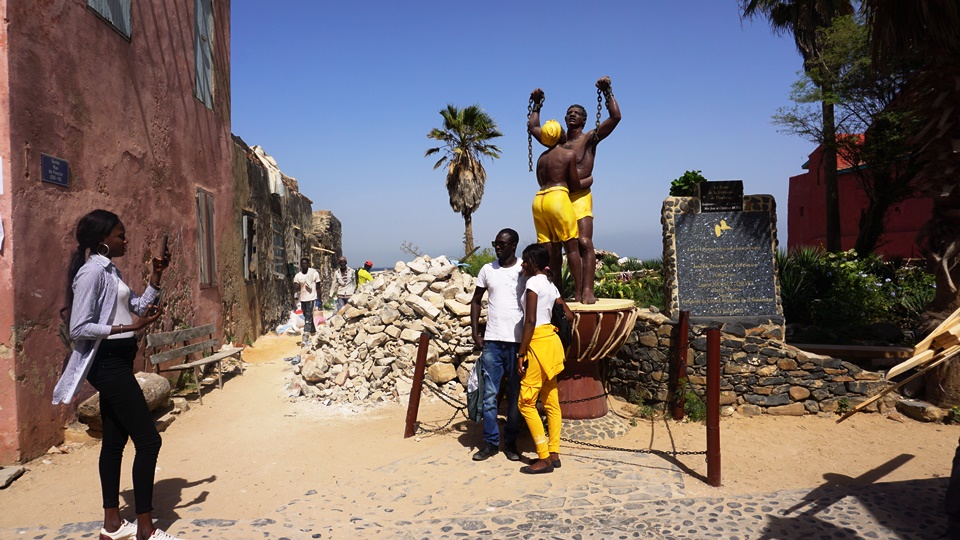
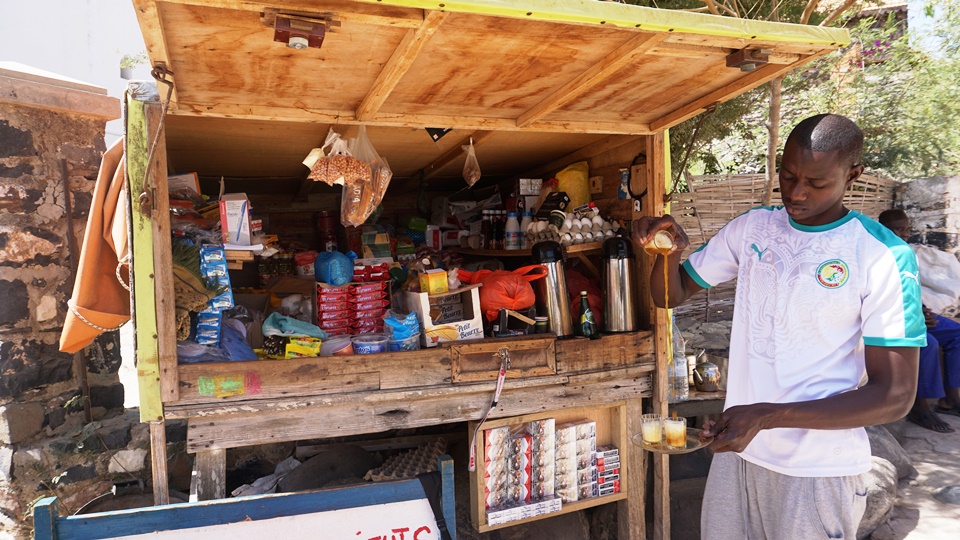
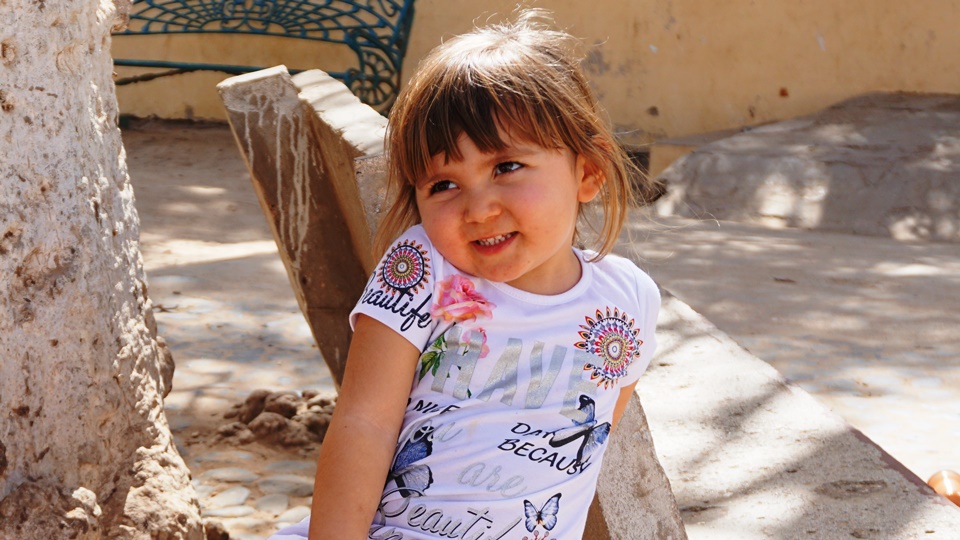
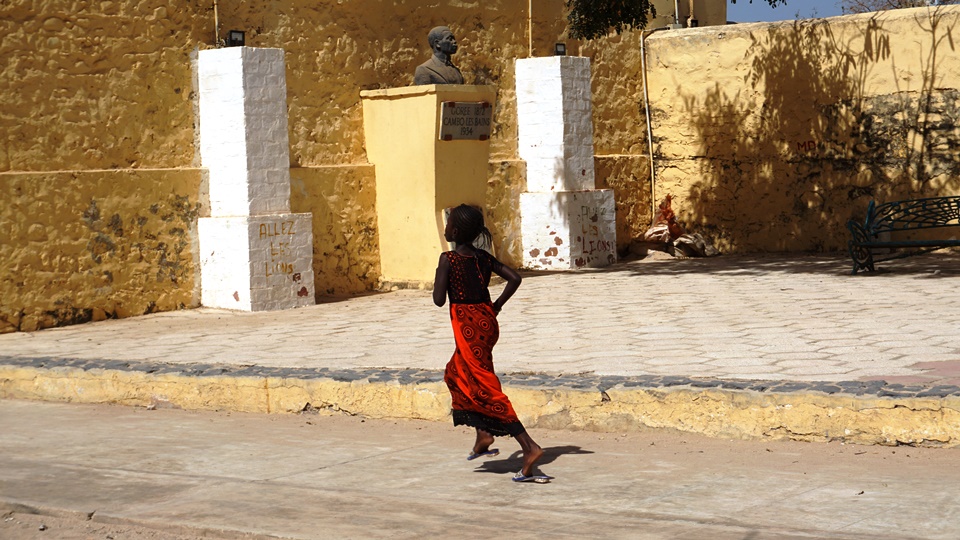
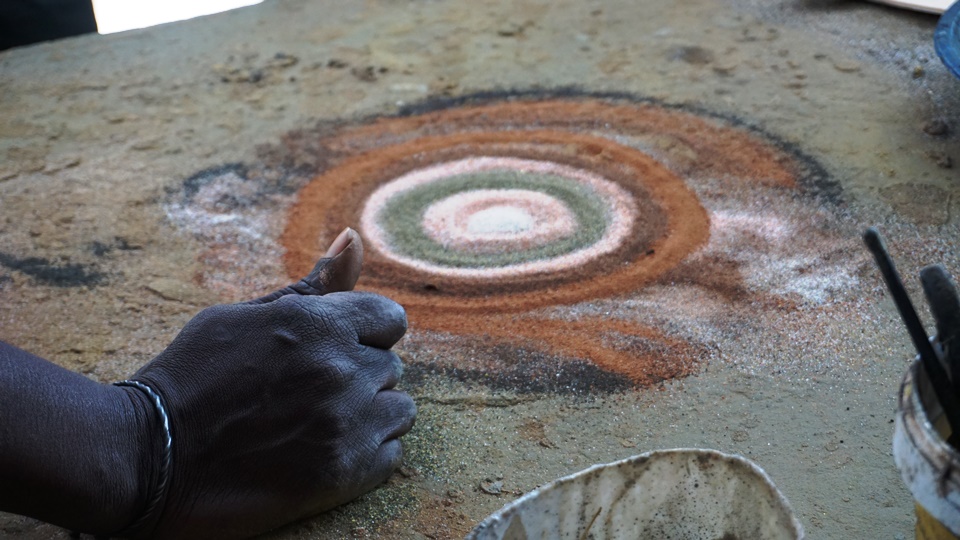
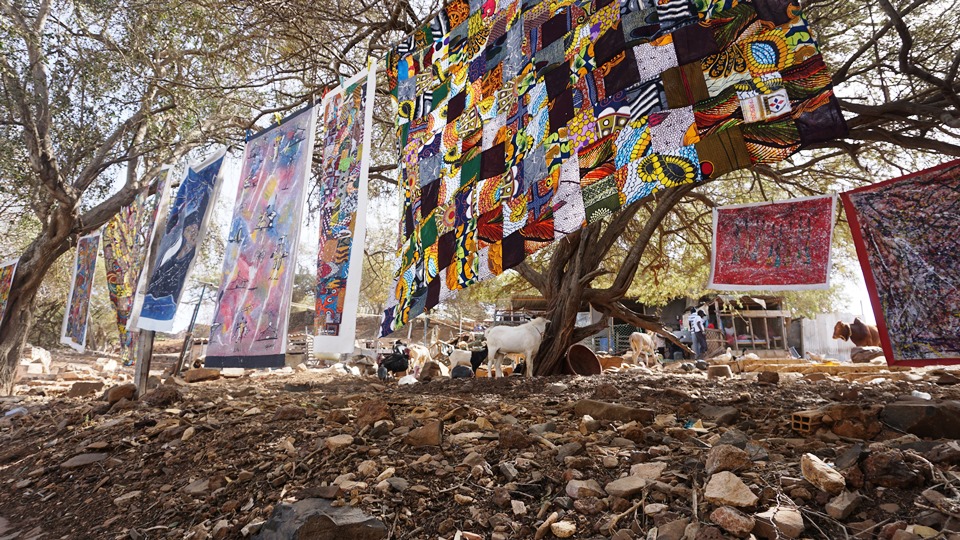
In the evening we head towards Lac Rose where we will spend the night but only after greeting the African Renaissance Monument, a 49-meter bronze statue facing the Atlantic Ocean, which represents the rebirth of this land!
Lac Rose, also known as Lac Retba, is a shallow water lagoon surrounded by dunes. Its waters take on a slight and curious pink color due to the high concentration of mineral salts, 10 times higher than that of the ocean.
We recommend taking a soak in these waters that give you the impression of floating like in the Dead Sea wrapped in a very characteristic background made up of many small mounds of white salt that stand out among the colorful boats of the lake!
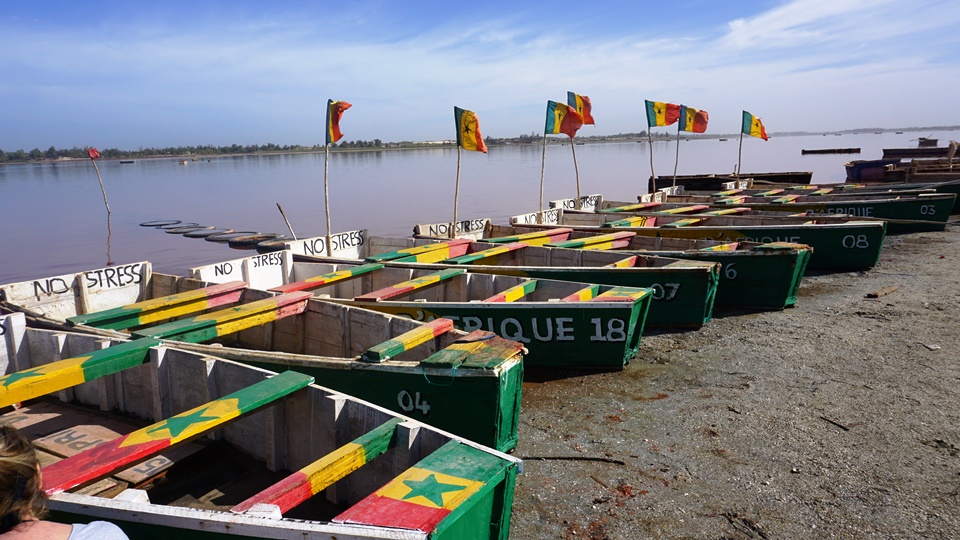
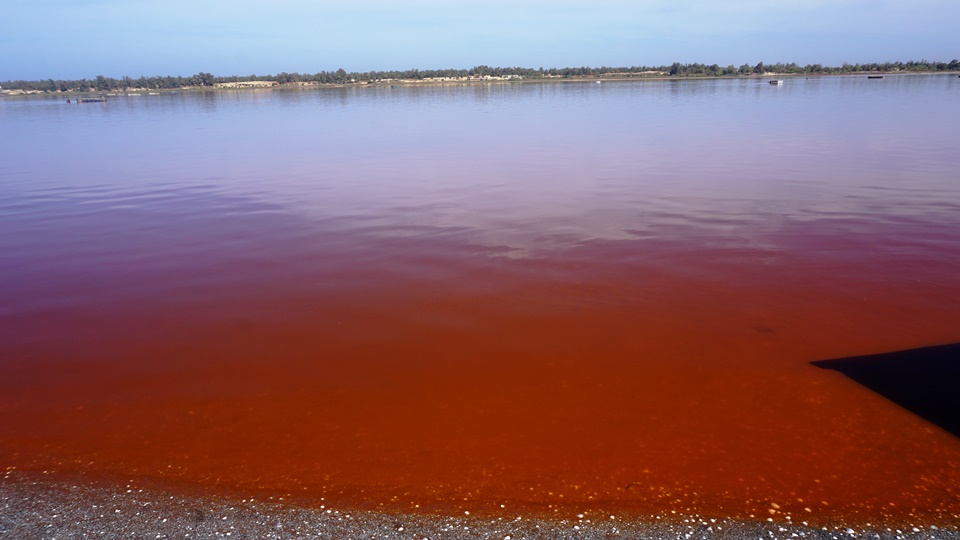
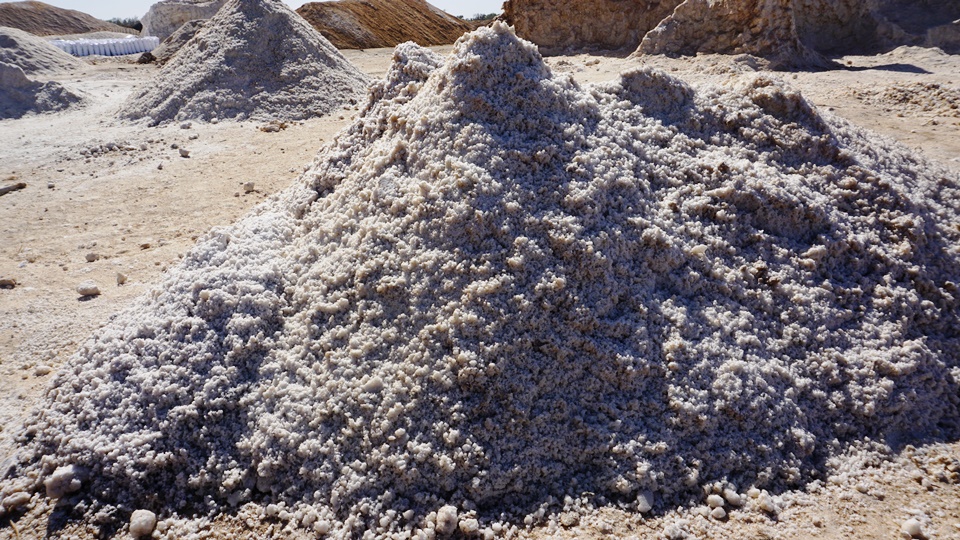
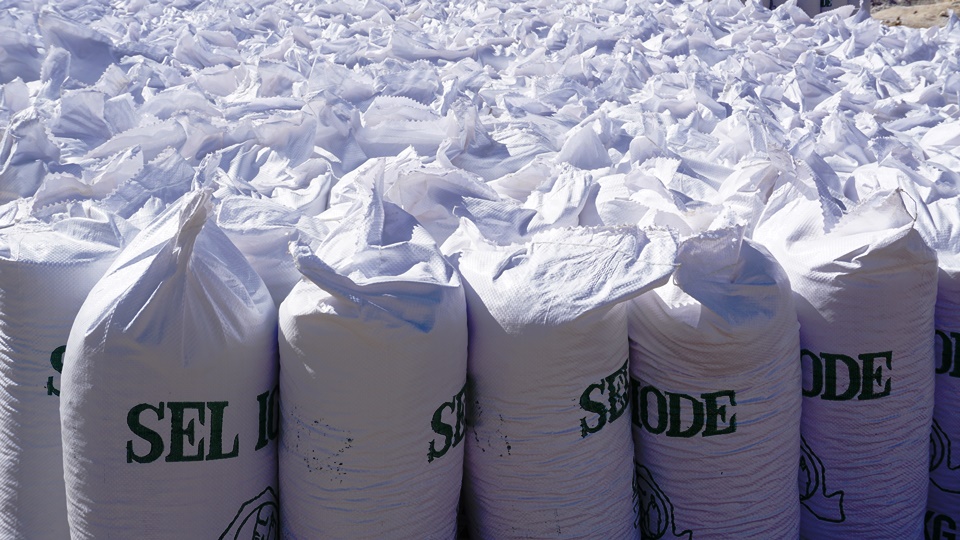
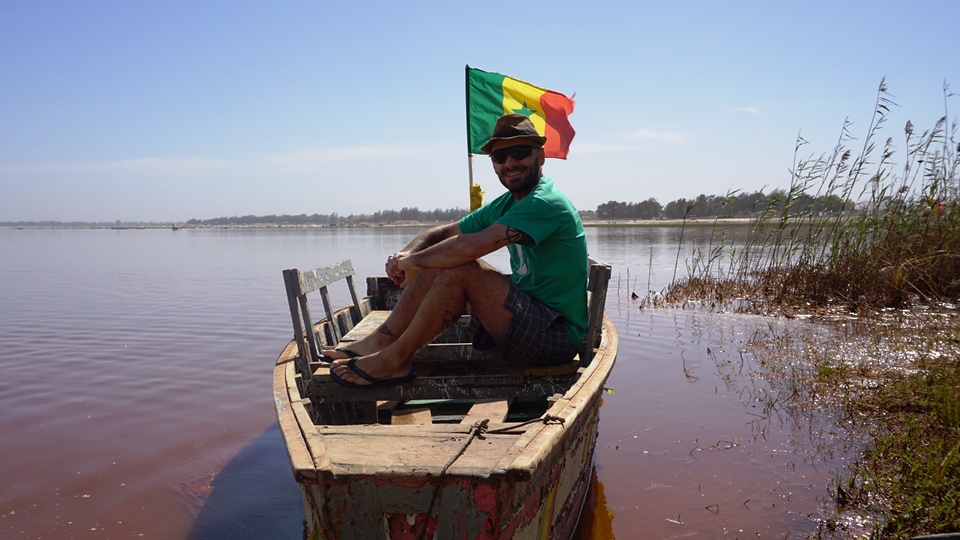
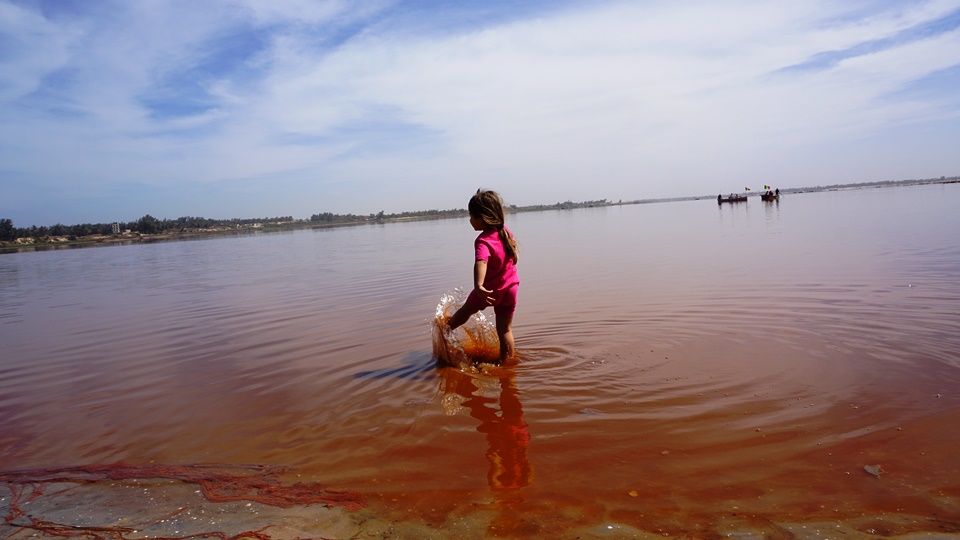
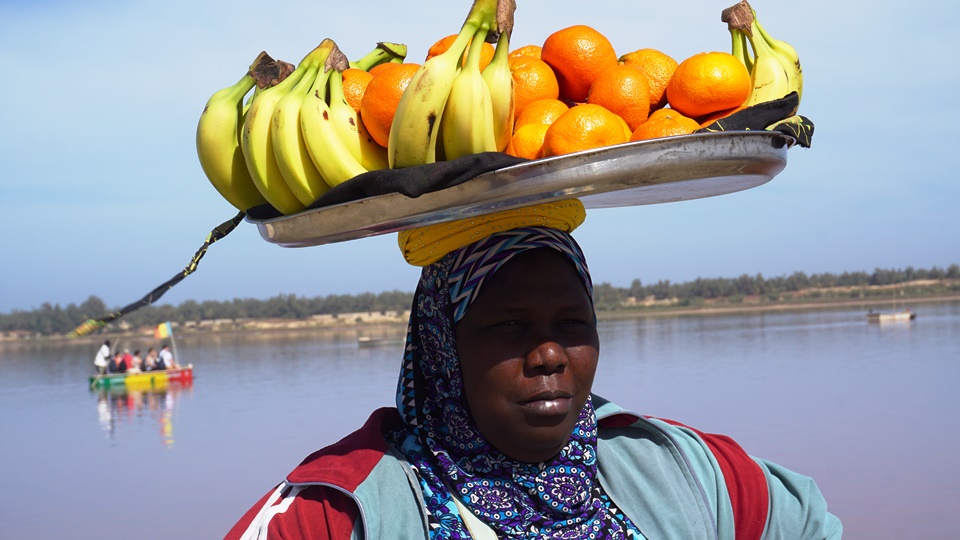
In the afternoon we begin our journey to the south and with a long transfer on the new and well-asphalted roads of Senegal, leads us to Kaolack, the stage of approach towards the border of the small Gambia.
Kaolack is a dusty town on the Saloum Delta, it has a large local market where, however, tourists are not much desired, but here, more than any other place, you have real contact with the local population, with their daily lives with everything positive and negative can have.
Unfortunately, being close to the river, mosquitoes are the masters and we are able to enjoy a romantic sunset just in time before rushing to the shelters protected by mosquito nets.
Softened by the winds of the Casamance River and characterized by the extraordinary culture of the diols, this region, with its tropical vegetation, is undoubtedly the most fascinating and intriguing of Senegal!
In the past, until not so long ago, separatist rebels have made this area jump to the headlines with their actions.
Ziguinchor, its capital, with the avenues shaded by trees and its elegant houses still maintains the colonial charm of the time!
The diol ethnic group of Casamance has a long history of resistance to foreign invaders, the total refusal of slavery or the unwillingness to accept French colonialism until the continuous separatist wars.
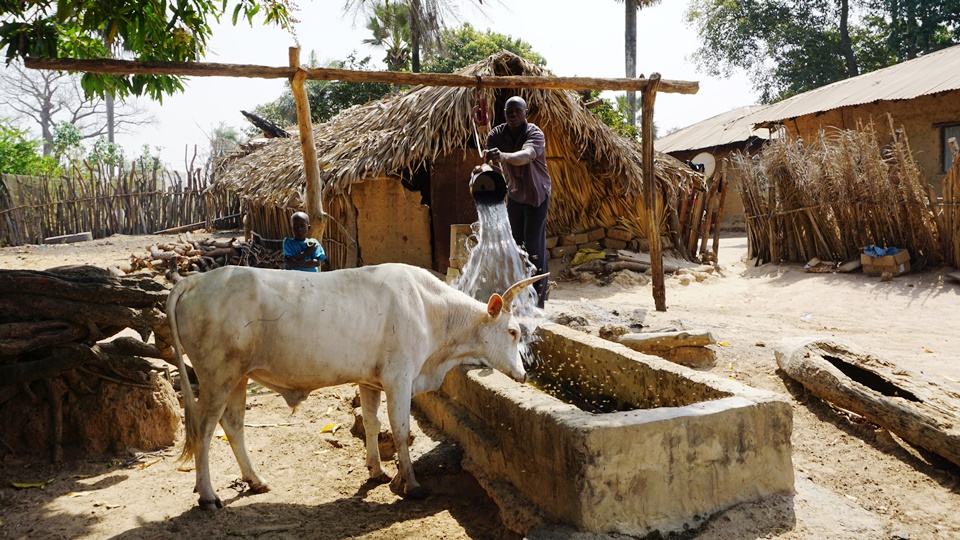
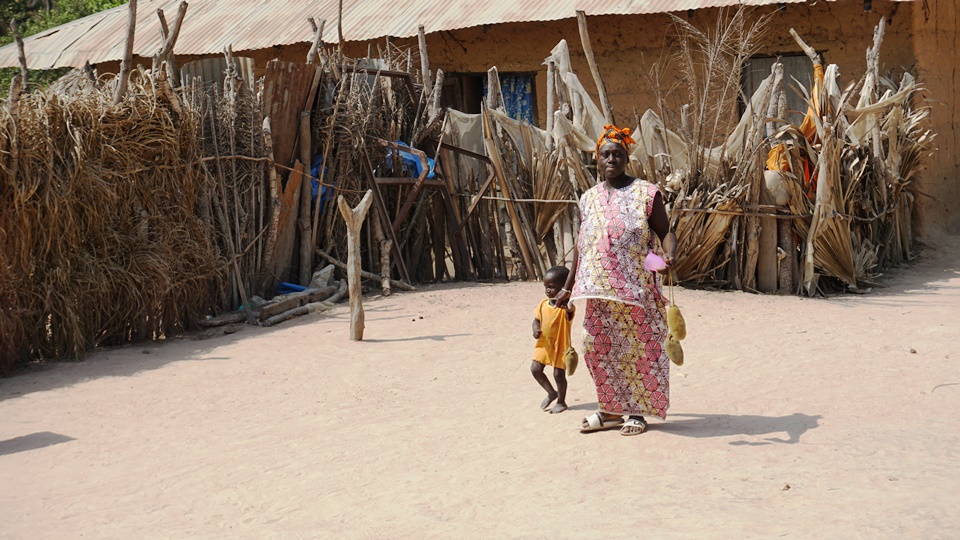
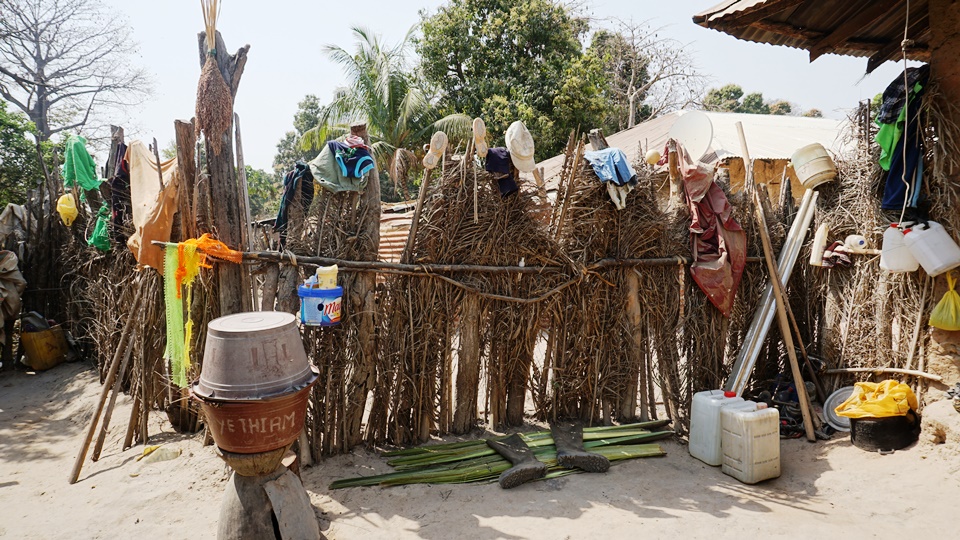
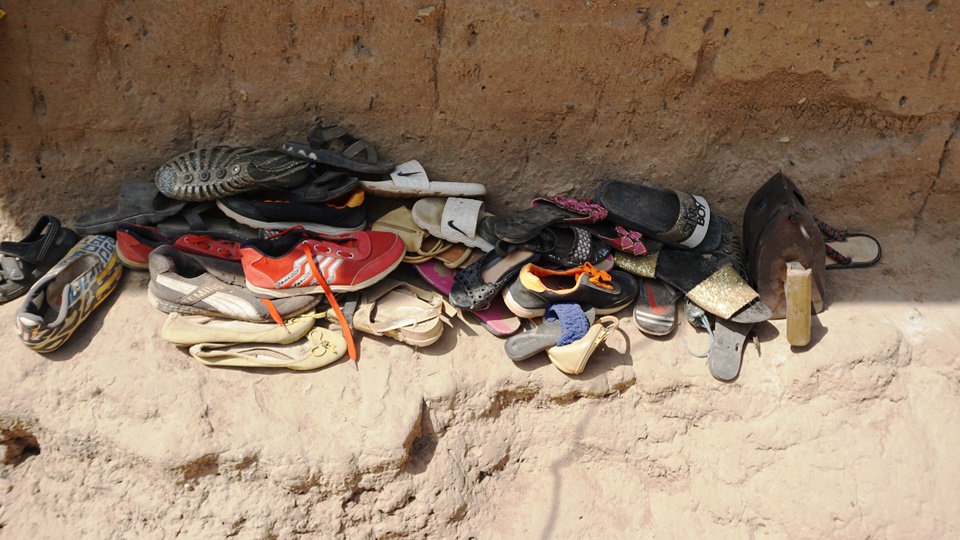
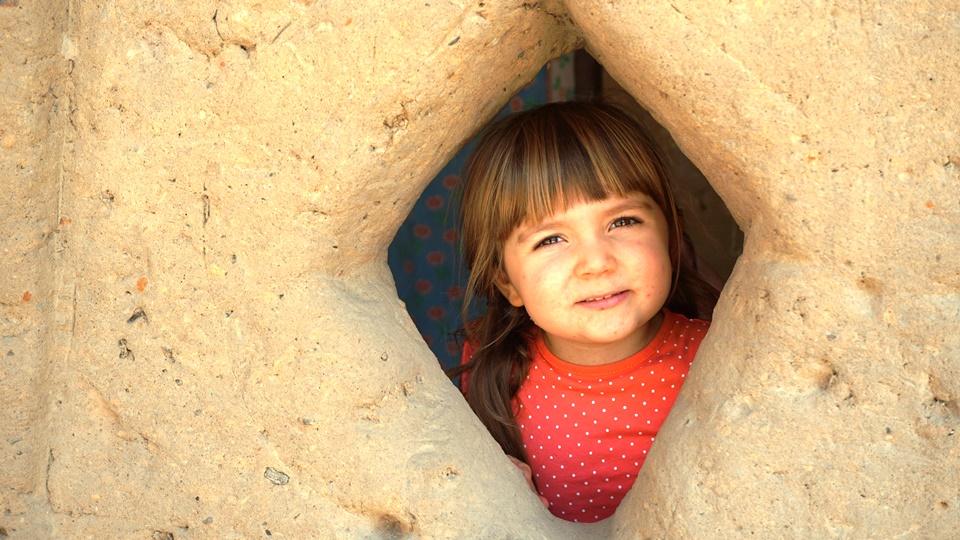
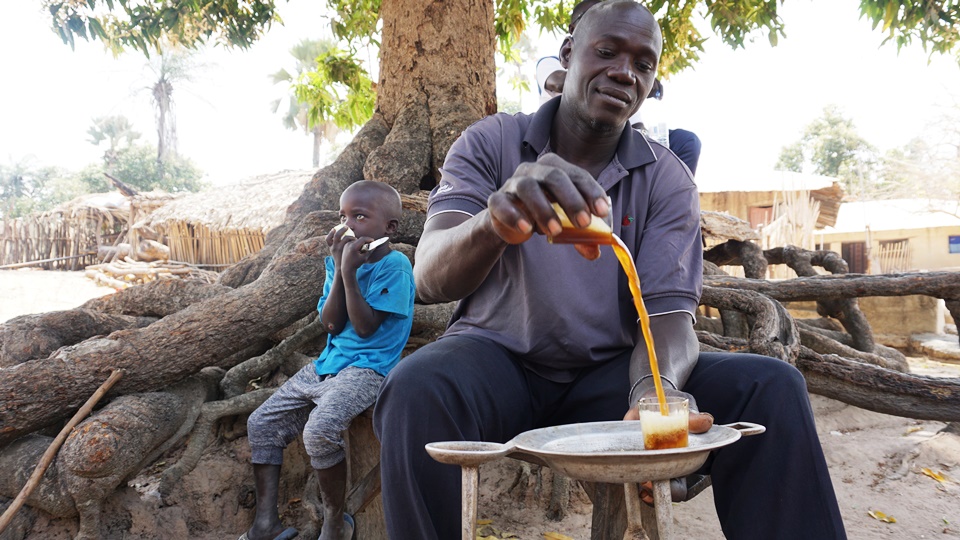
We stay at the Kadiandoumagne hotel, a delightful colonial hotel on the Casamance river.
We soon rent a pirogue that makes us discover this wonderful habitat of many birds such as herons, storks and pelicans!
Navigating those waters in silence, skirting intricate mangroves and occasionally crossing some shrimp fishermen on your boat is an indescribable feeling. There are those who take advantage of it for a regenerating dip in these waters!
Here we are on the border with Guinea Bissau and nature begins to become more and more dense.
The long journey from Ziguinchor to the island of Egueye has allowed us to get even more in touch with the lush nature of this wonderful region!
Before leaving we made a nice load at the Ziguinchor market: biscuits, lollipops, pieces of Marseille soap, notebooks ...
We stop at the village of Diokher to visit the giant sequoia, considered a tree with magical powers and a meeting place for many rituals.
We take this opportunity to spend some time playing with the curious children of the village by giving them everything we had bought at the market and receiving priceless emotions in exchange!
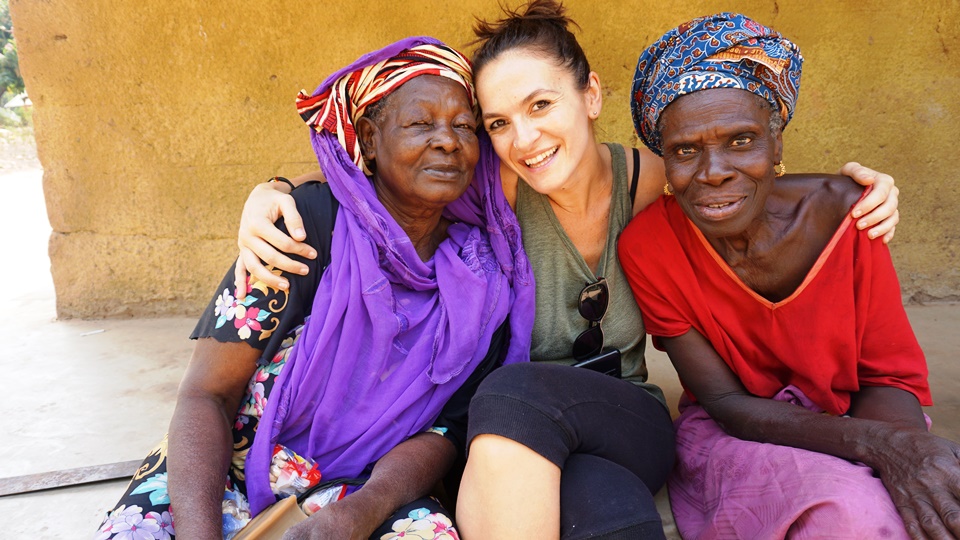
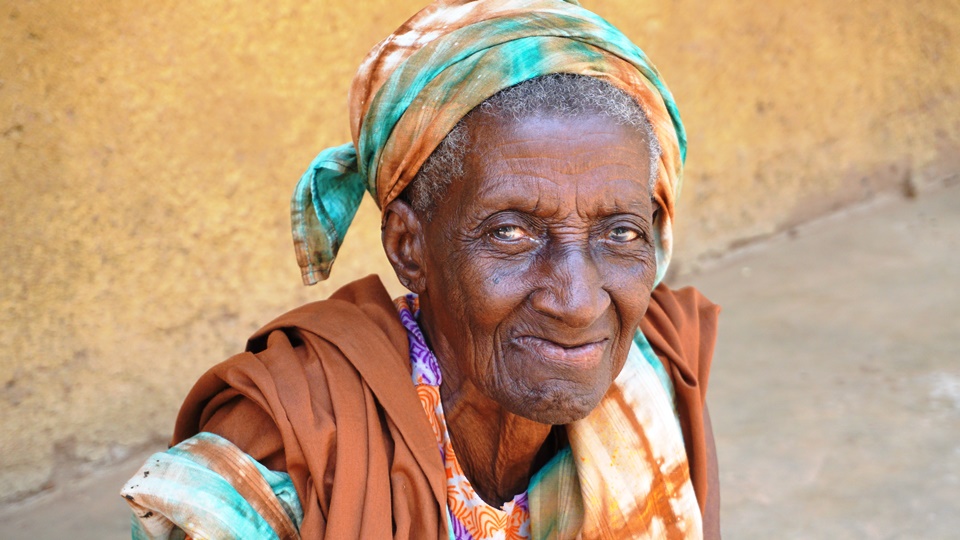
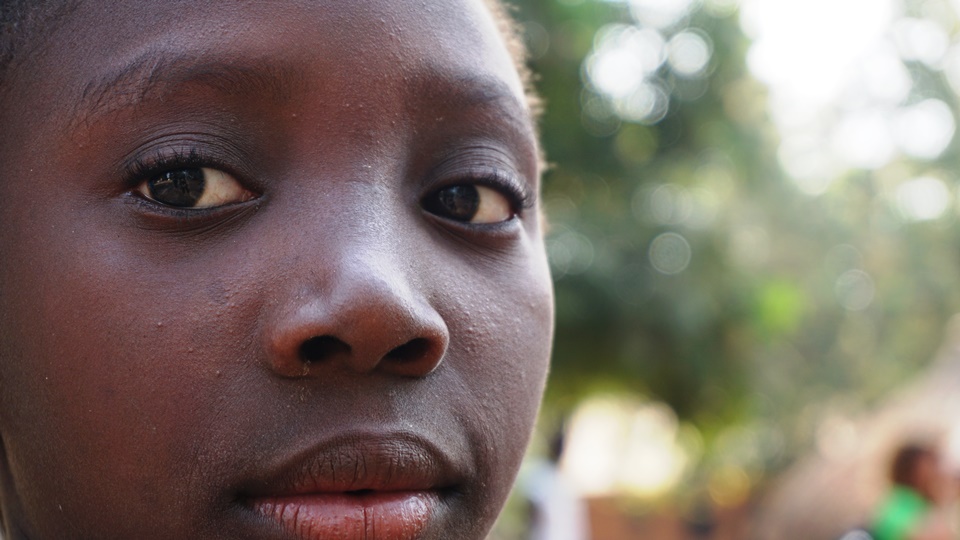
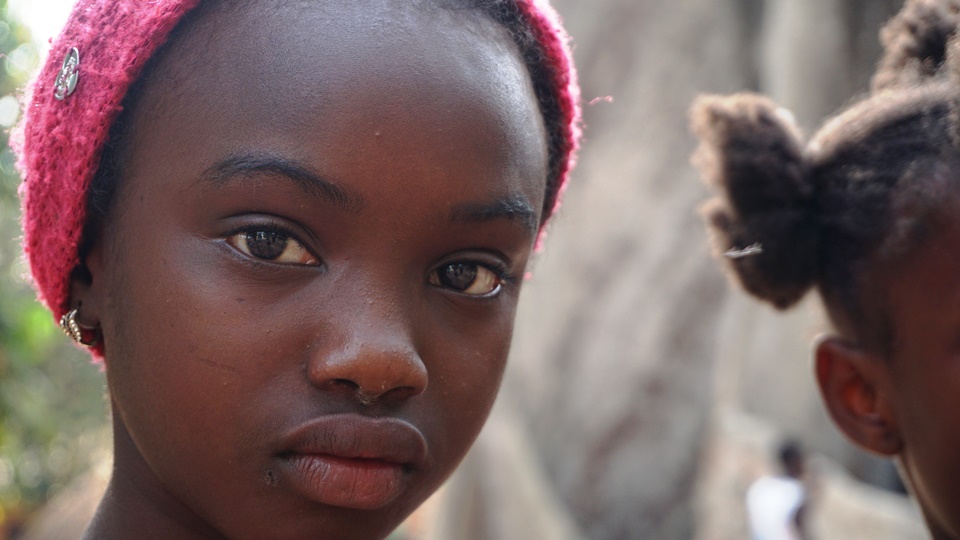
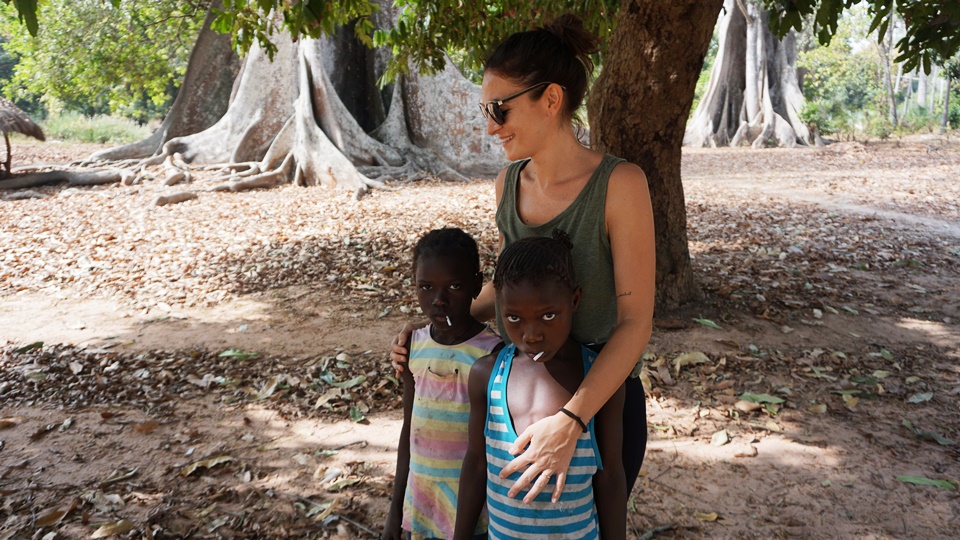
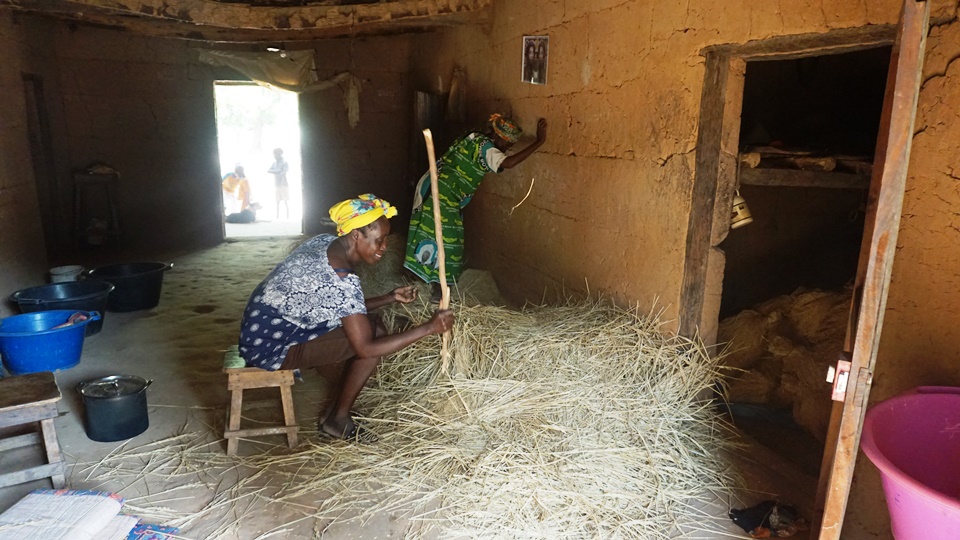
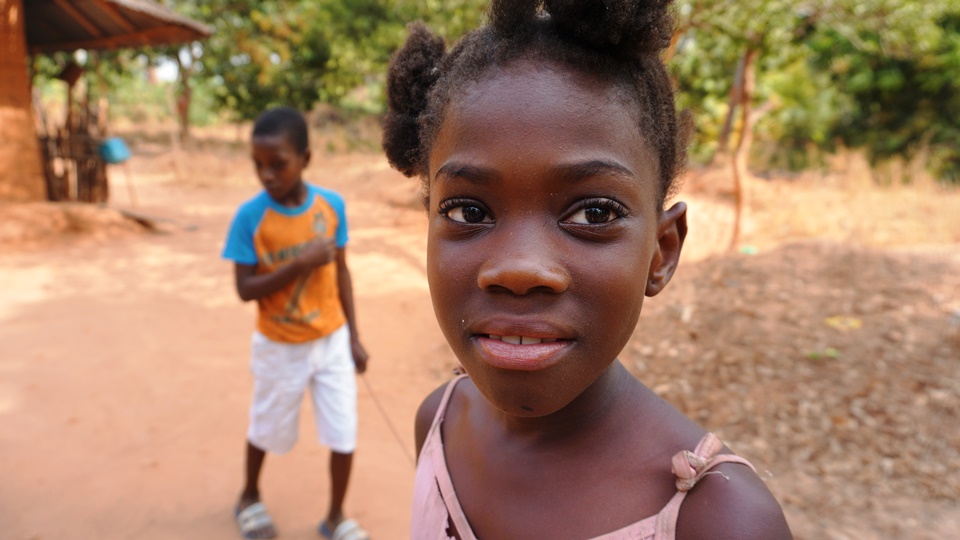
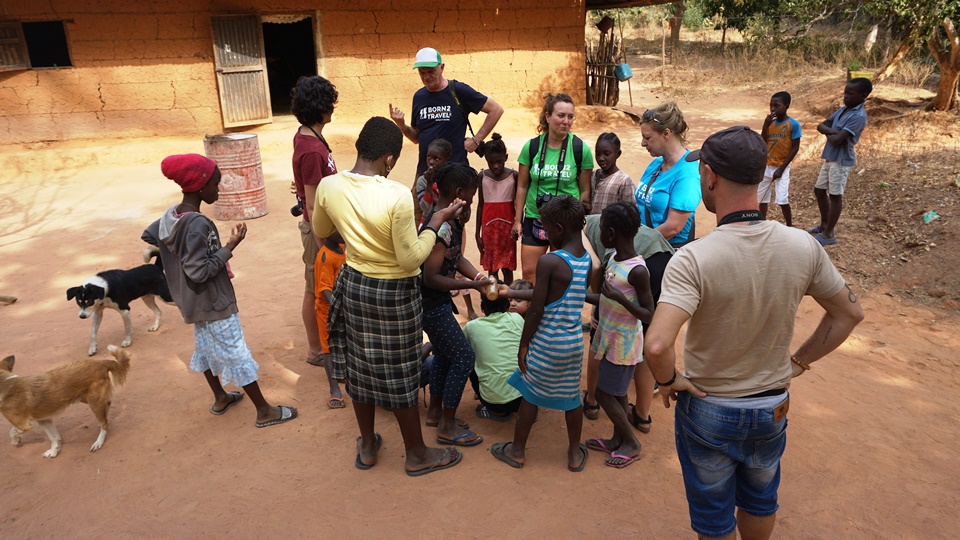
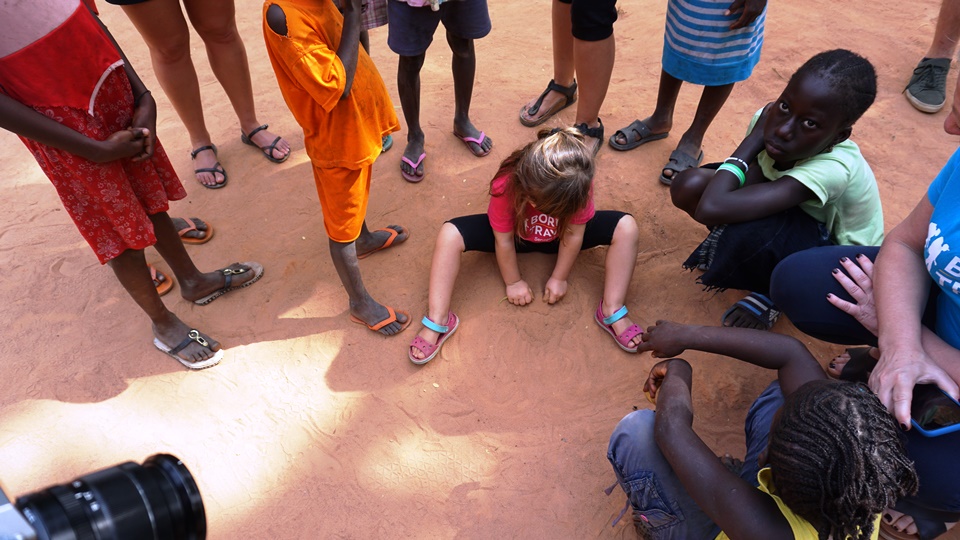
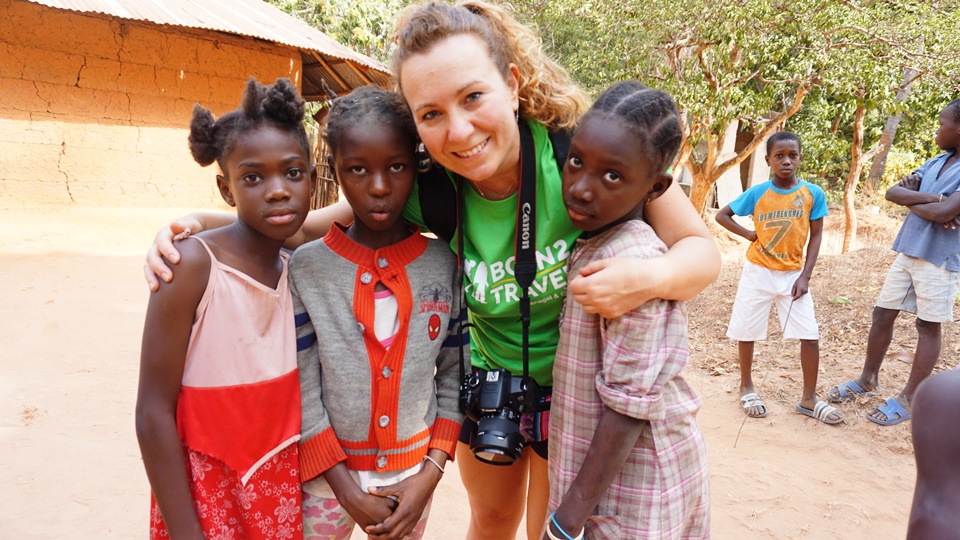
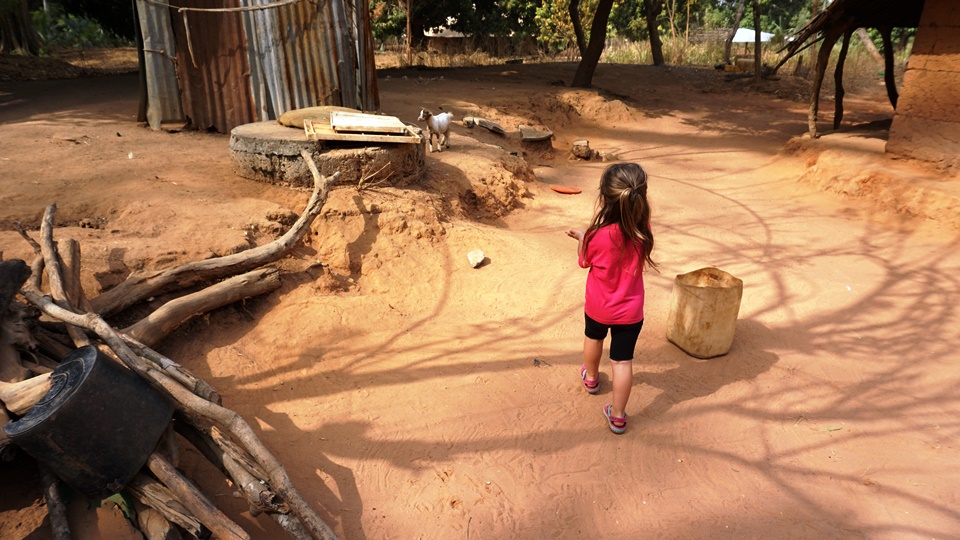
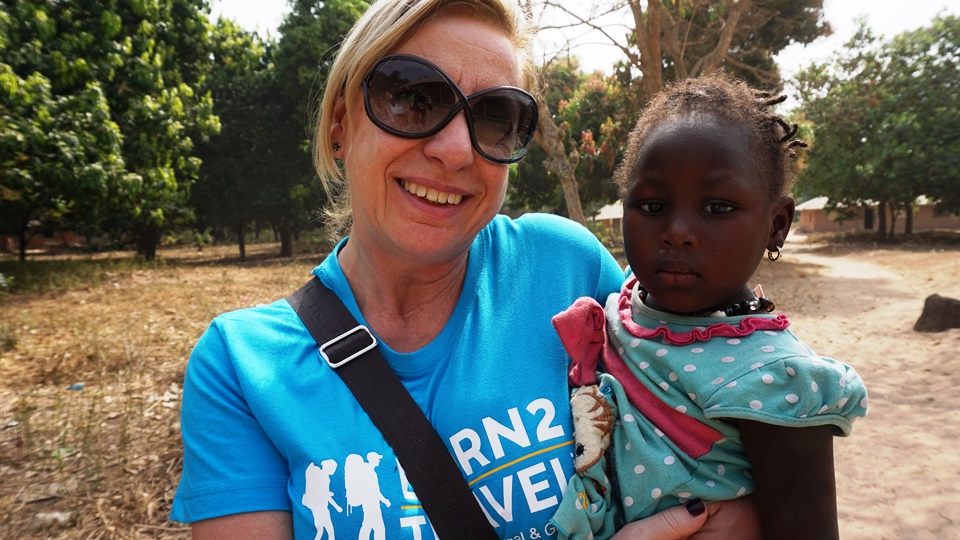
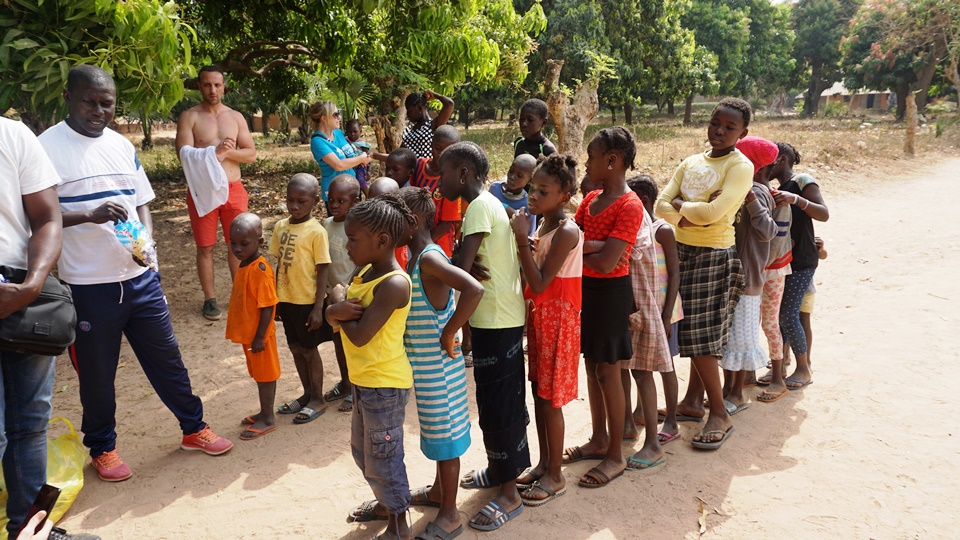
A little further we stop at another village: Ndamalang, here we tiptoe into their daily lives: the women who clean the rice or peanut grains, a man carves a tree branch by carving typical designs, a girl shows us the his hut ad impluvium where rainwater is collected in a small puddle located in the center of the structure; two other women beat the mile while children chasing each other happy and carefree ...
In the late morning we arrive at a small pier and between the muddy land we embark on a pirogue to reach the small and wild island of Egueye!
Wow: into the wild!
We stay in very spartan huts right next to the Casamance river; we taste the "mangrove oysters", crustaceans that grow nestled right in the mangroves and very tasty!
We have lunch with an excellent barracuda and we try to enjoy this day in nature in the best way: those who challenge the strong currents of the river by diving into its cold waters, those on a kayak and those who enter the jungle on foot breathing freedom!
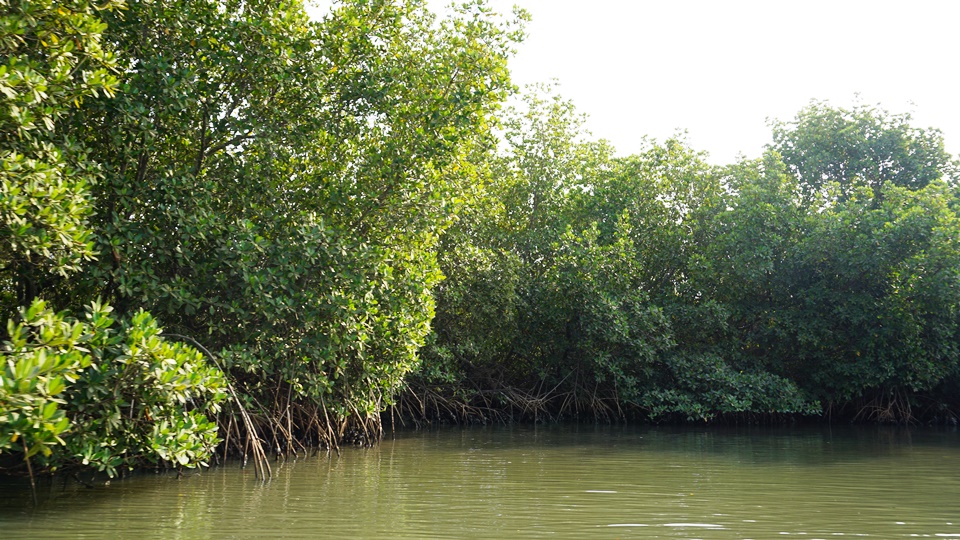
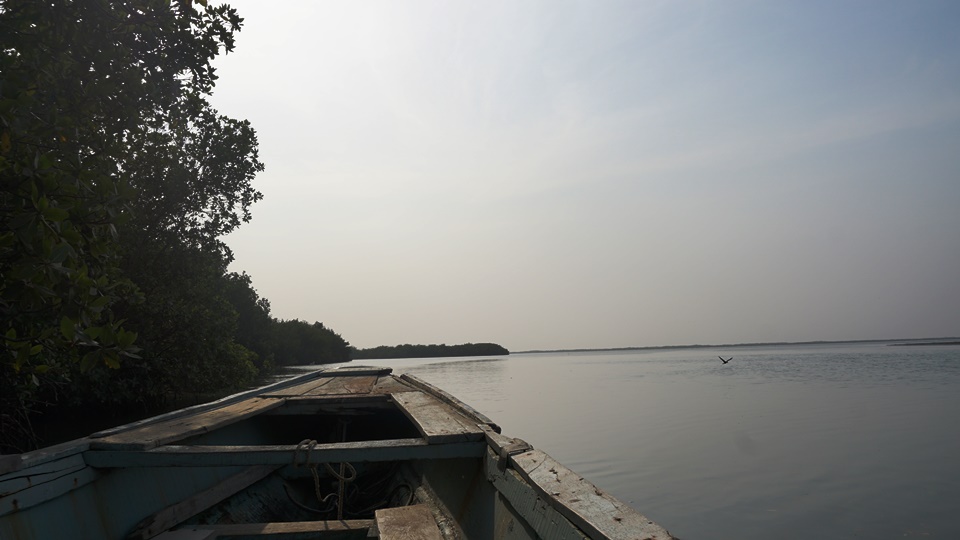
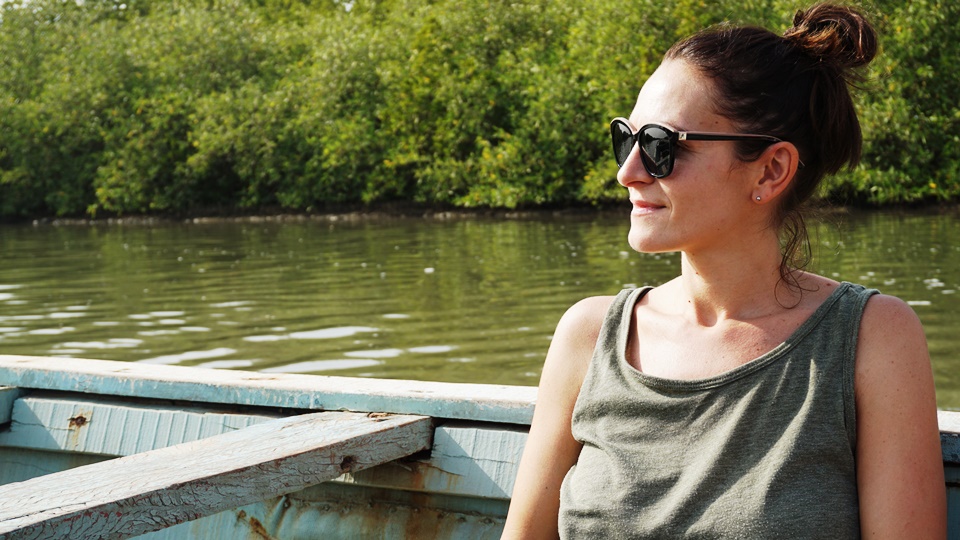
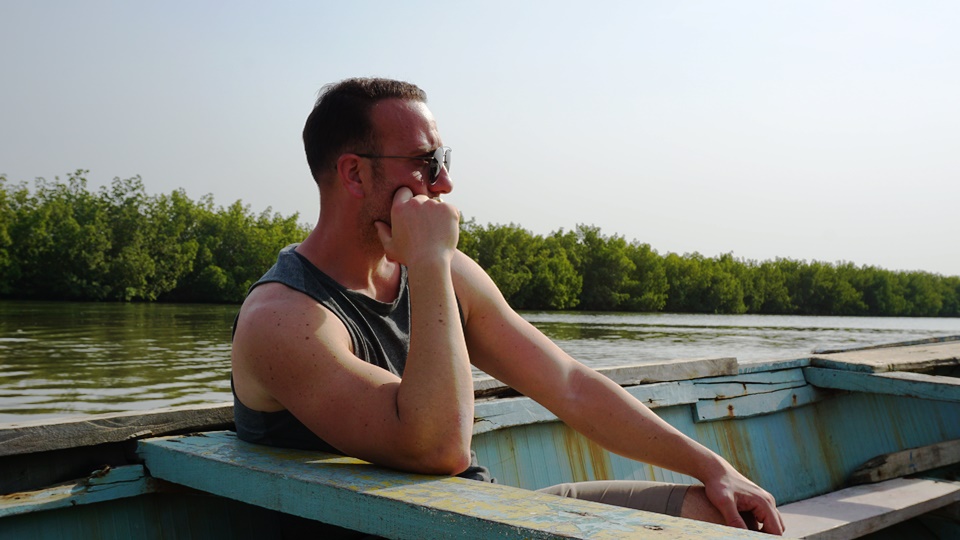
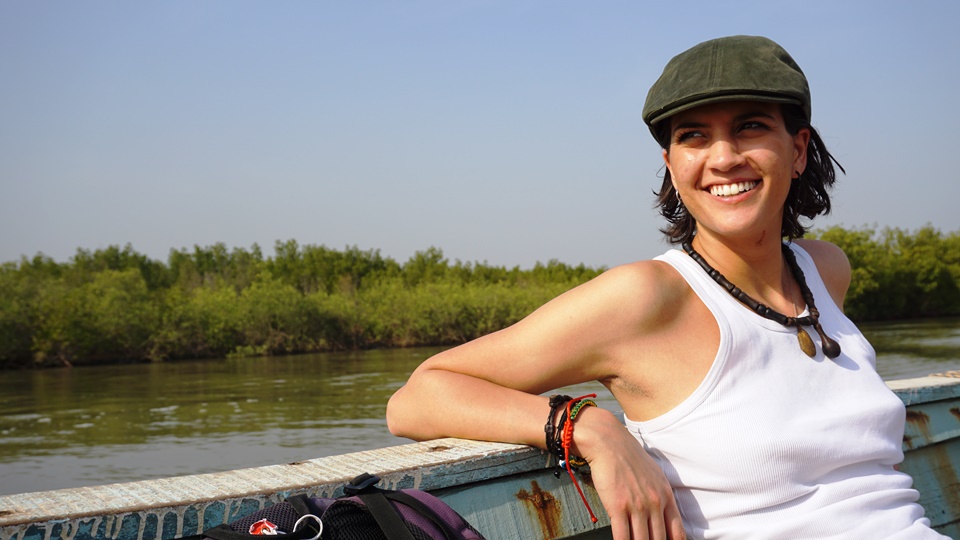
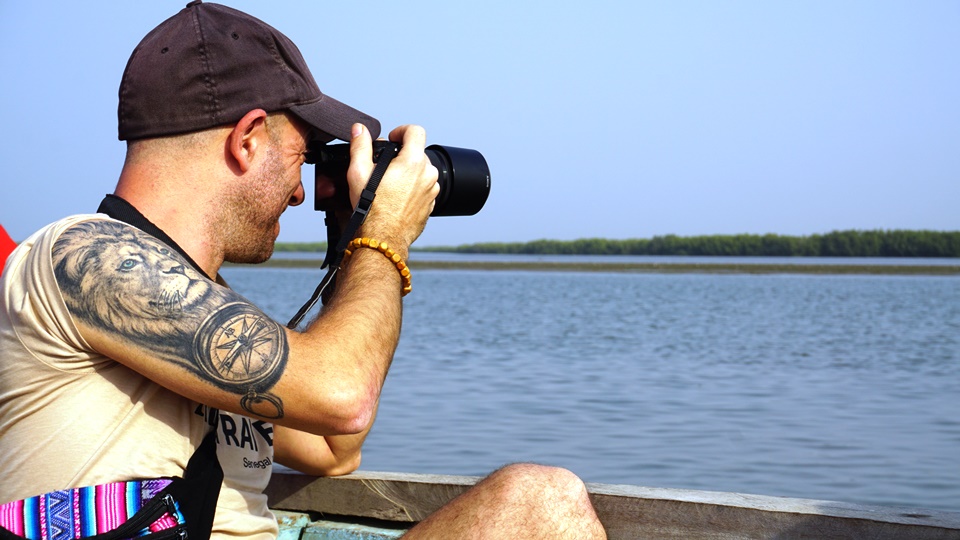
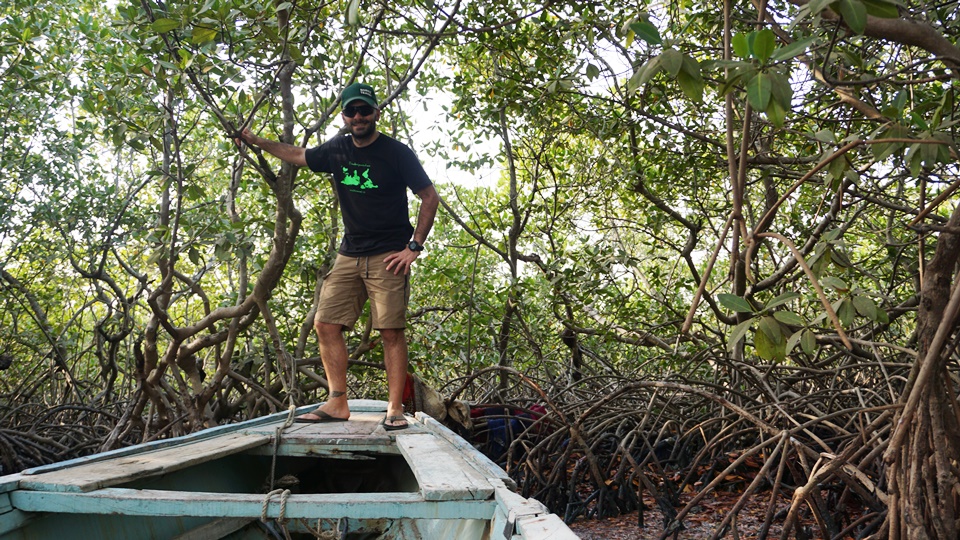
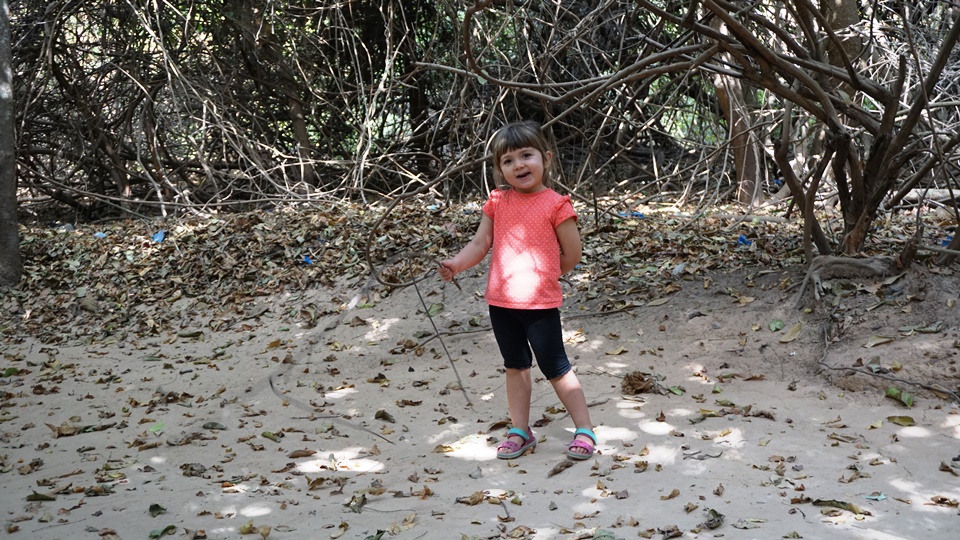
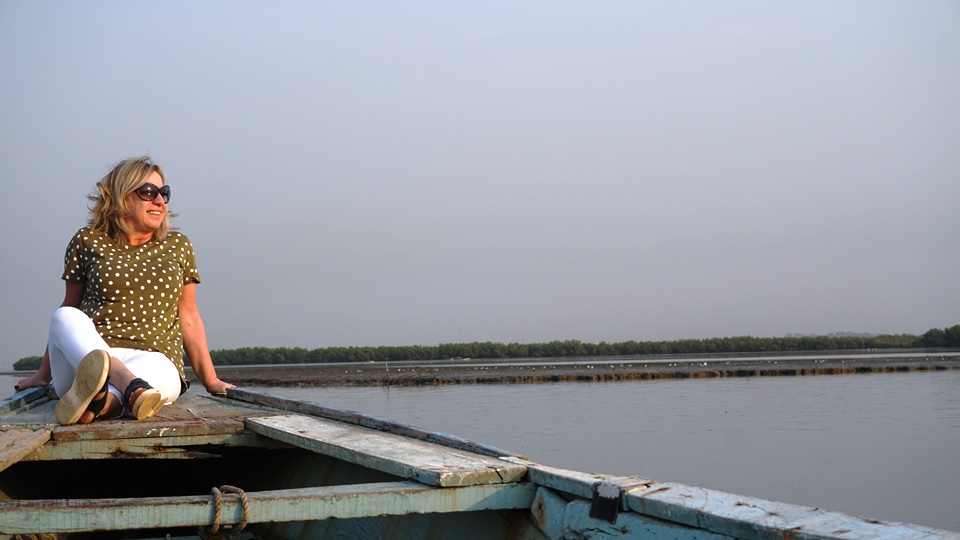
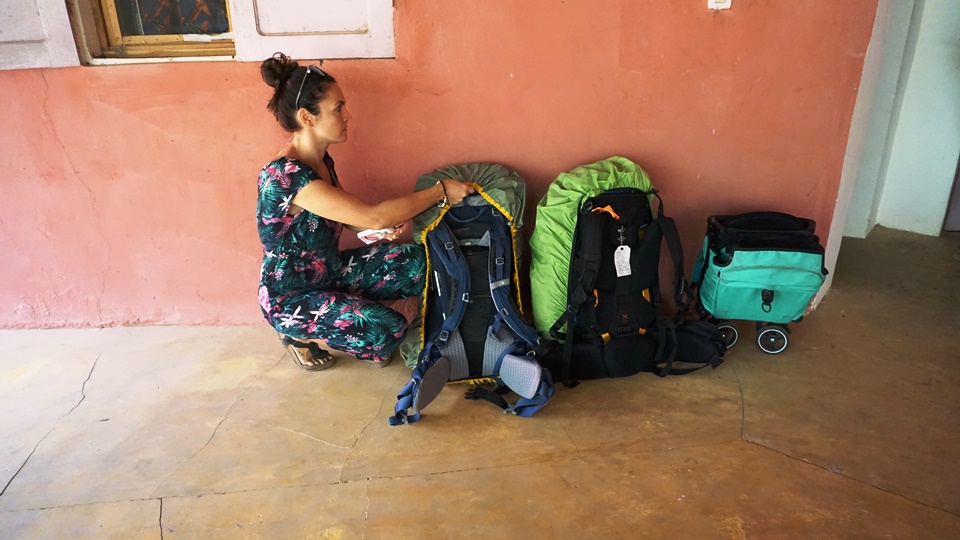
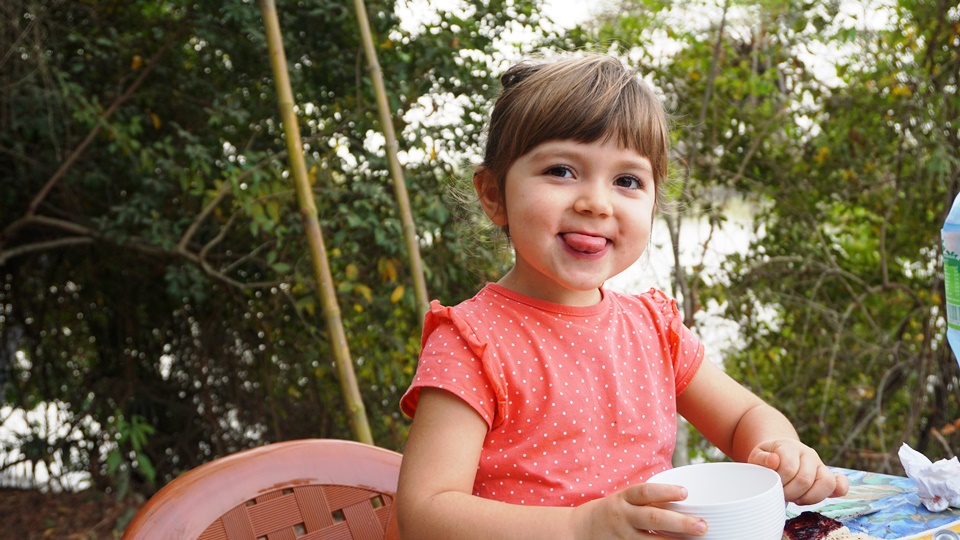
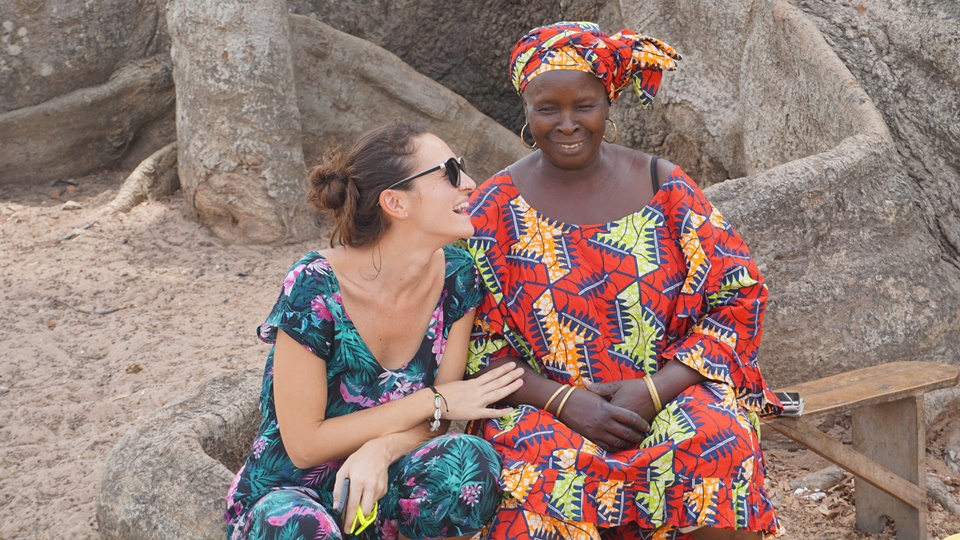
Back on the mainland, we stop at the town of Mlomp for the audience with the King of the region!
This is a very felt figure in the area because it plays an important role within society. He is the one who dedicates himself completely to safeguarding the community by listening to the problems of the people who visit to talk about their personal and family problems or for diatribes of all kinds, paying with chickens, palm wine, oil etc.
In the late morning we arrive at the Elinkine pier ready to embark for the island of Carabane and towards a new adventure!
We are getting closer to the border with Guinea Bissau in fact military controls are everywhere and almost all the boats are waving the Senegalese flag than that of the small neighboring Portuguese colony.
In 40 minutes of navigation we arrive at our small island. This was the first French commercial outpost in the region (late 1800) and of the structures built by the French, only ruins remain, however you can see the ruins of a school and a Breton-style church.
We stay in an old colonial hotel very spartan but, perhaps, interesting for this reason. Raffaele and I join a small group of kids who fish big crabs with a line just before embarking again to the fishermen's island!
Some dolphins follow the wake left by our boat as we approach the island.
It is impressive, a cross-section of the life of Senegalese fishermen who live in dirty sheets between the rows of nets placed to dry in the sun while women salt the catfishes or the stingrays to be sent all over West Africa.
A small sheet metal structure with four people celebrating a sung mass; pigs, goats and chickens scratching on the beach eating what they find, especially the remains of fish; perched vultures waiting for their turn; checkpoint soldiers playing football on the shoreline; fishermen sew a net, others paint the side of a colorful boat; some women smoke some fish: it's their world and it looks like a documentary for us!
One of Africa's most beautiful starry skies, shortly after, wishes us a sweet night!
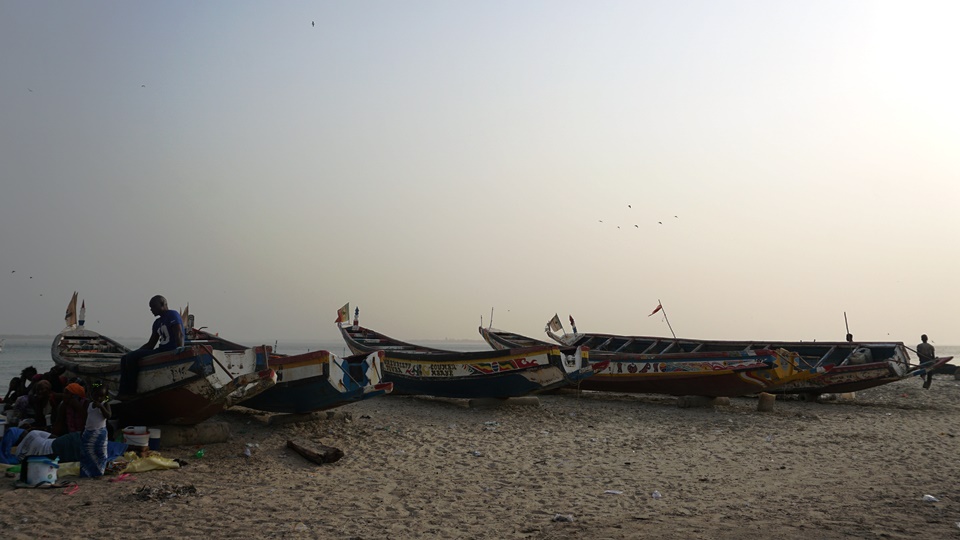
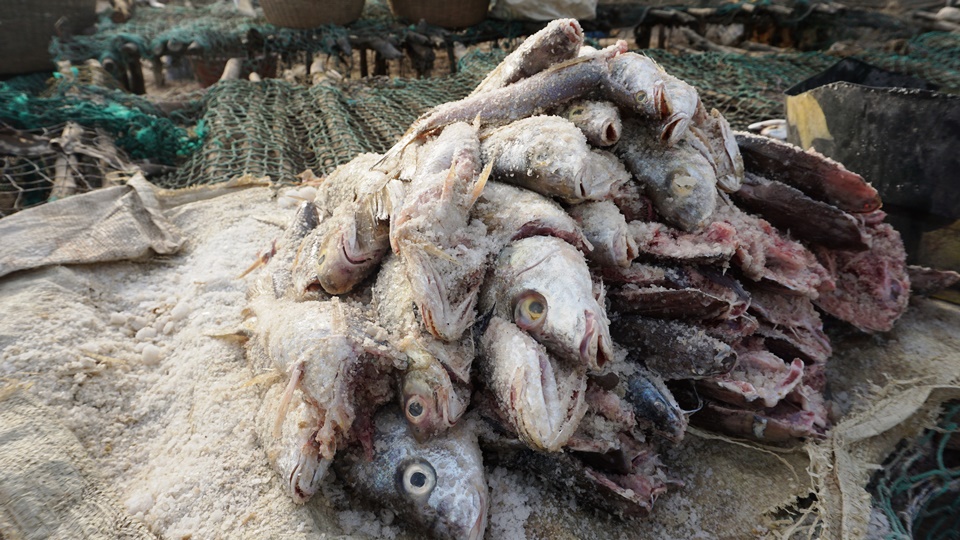
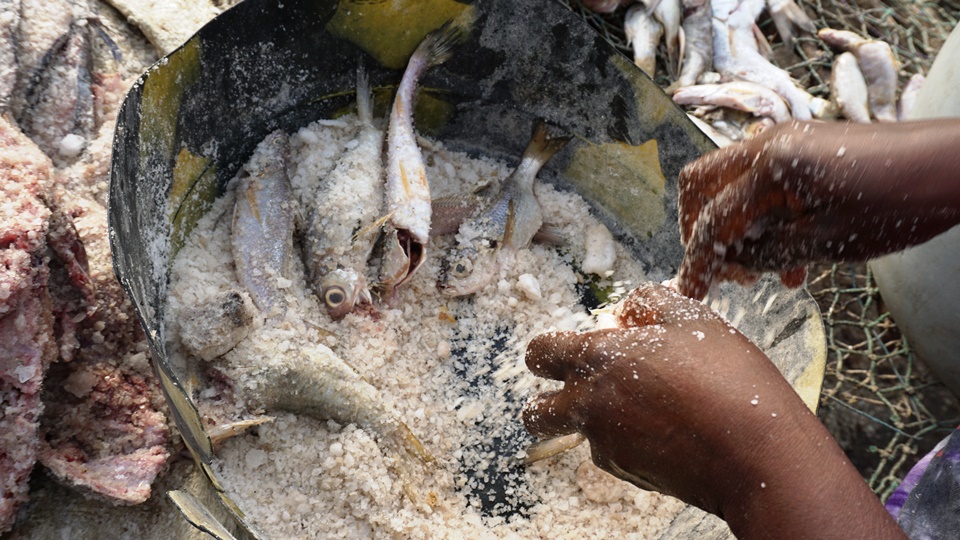
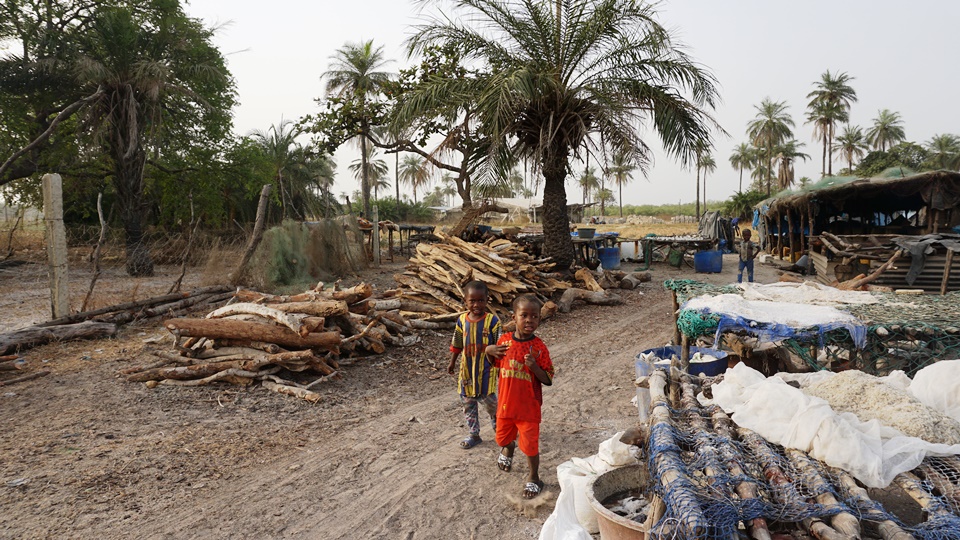
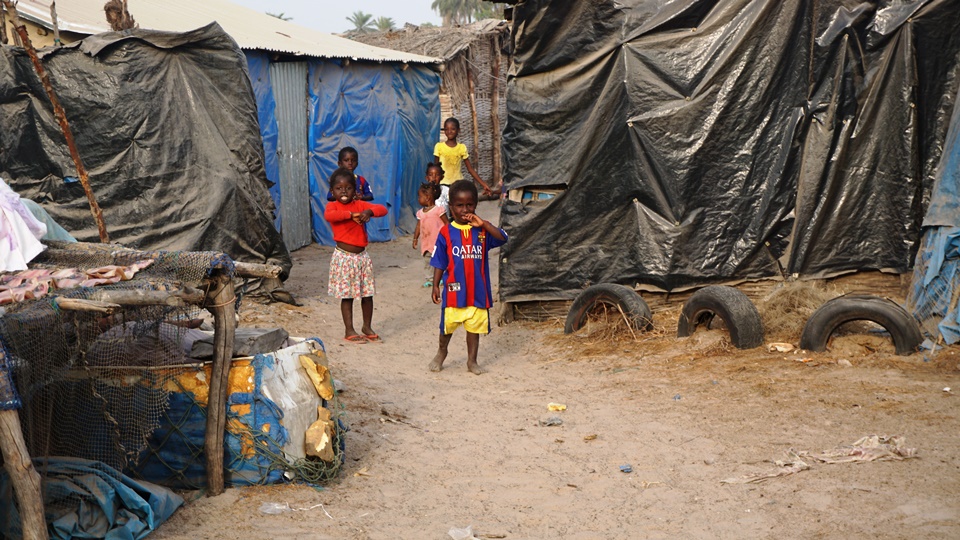
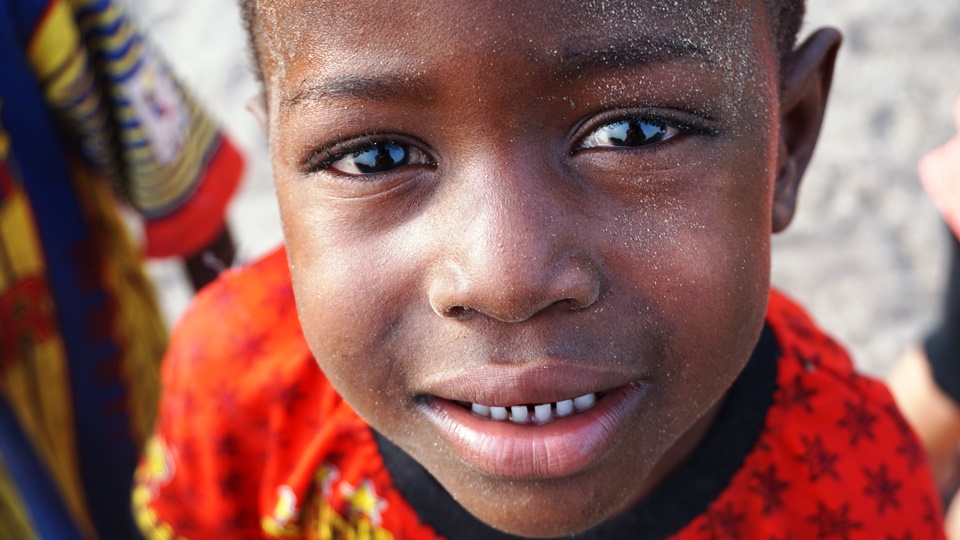
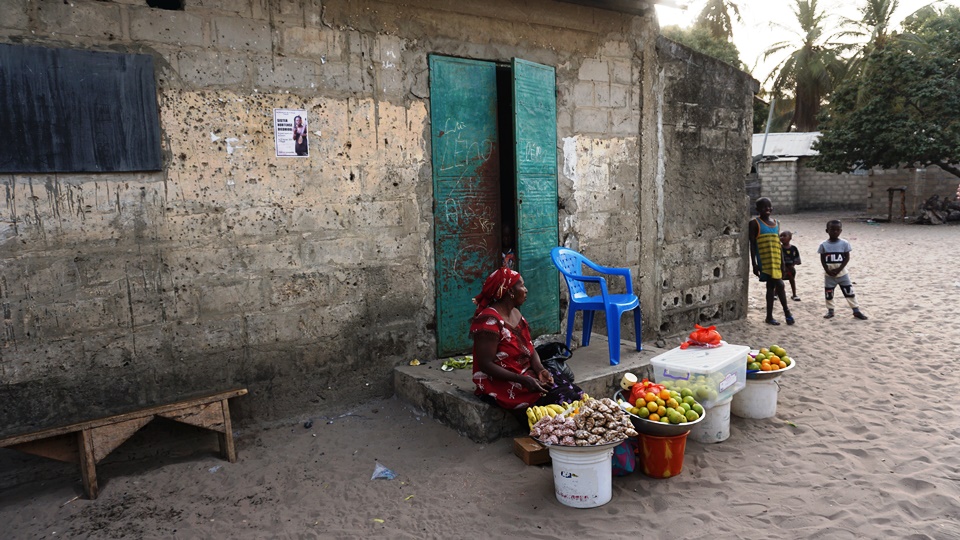
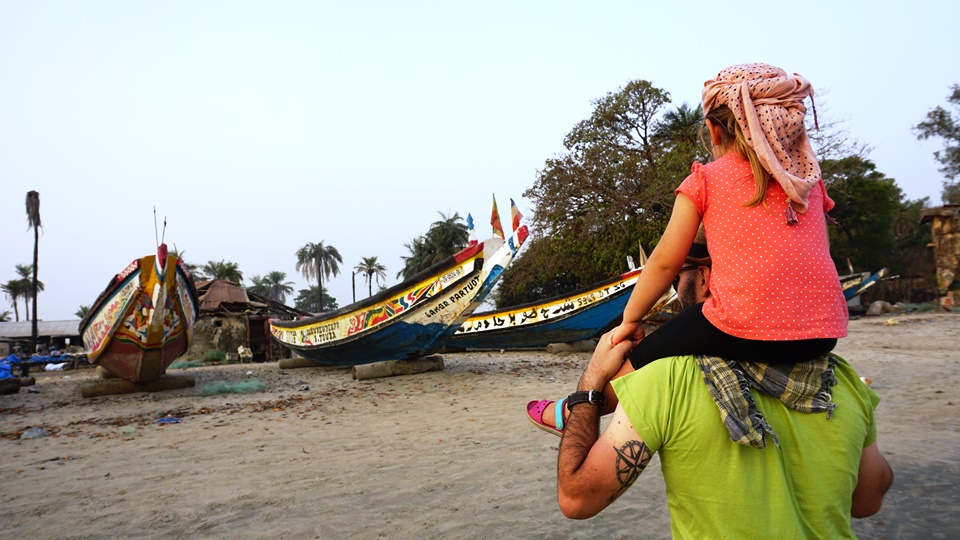
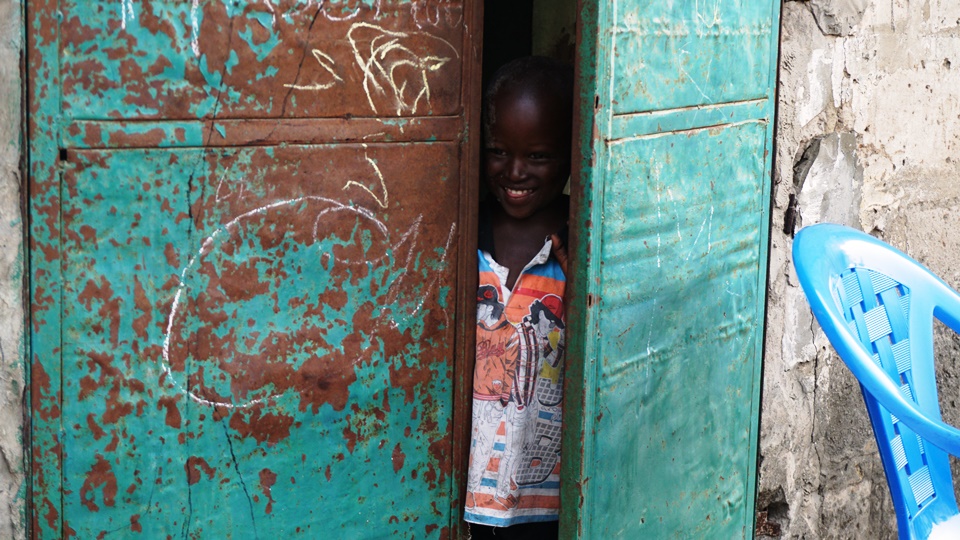
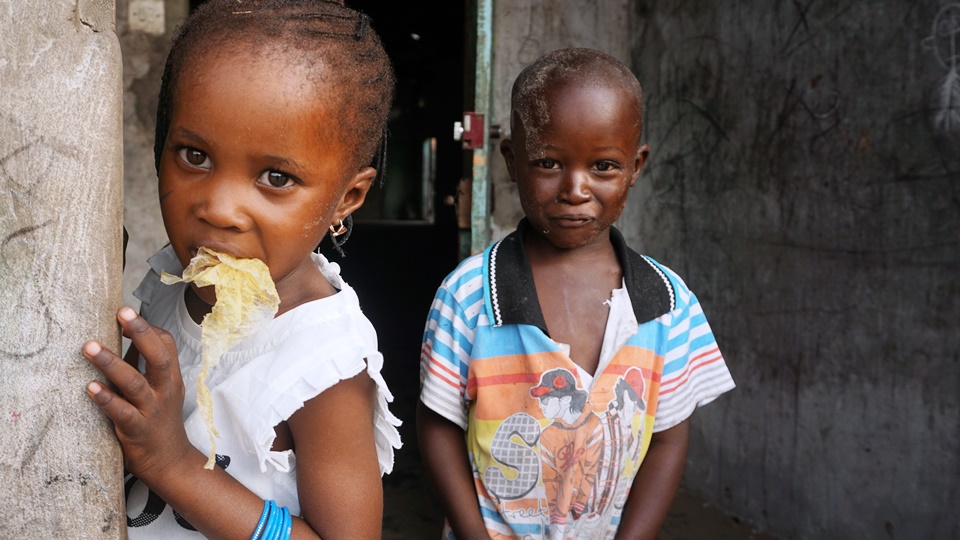
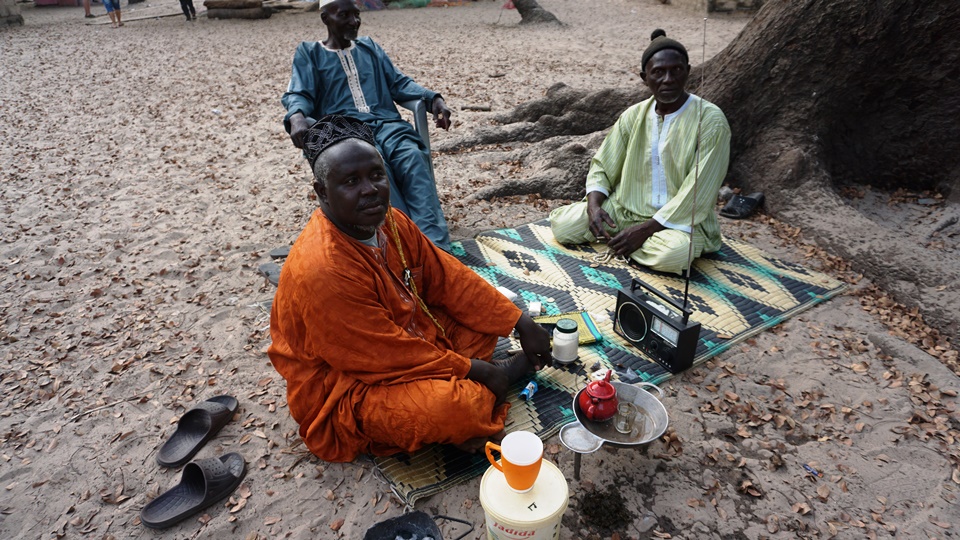
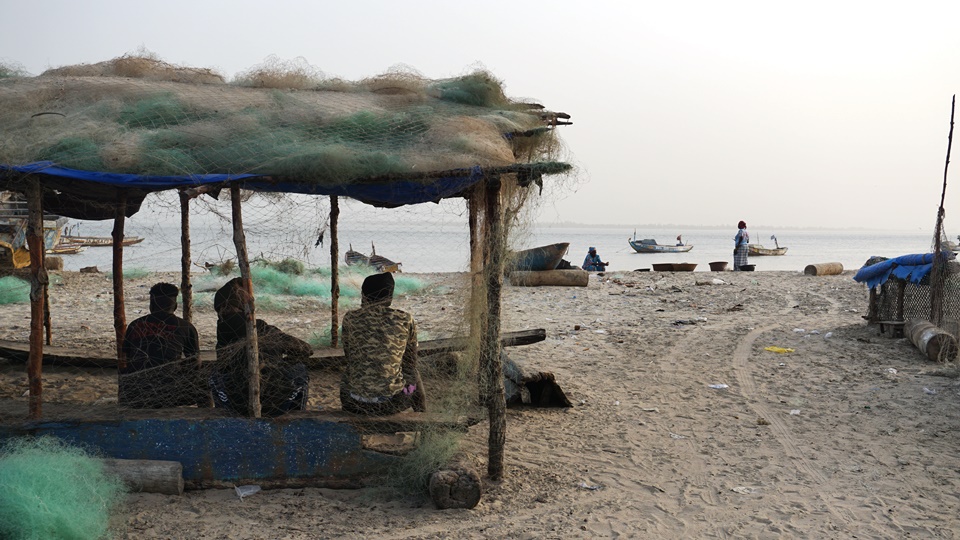
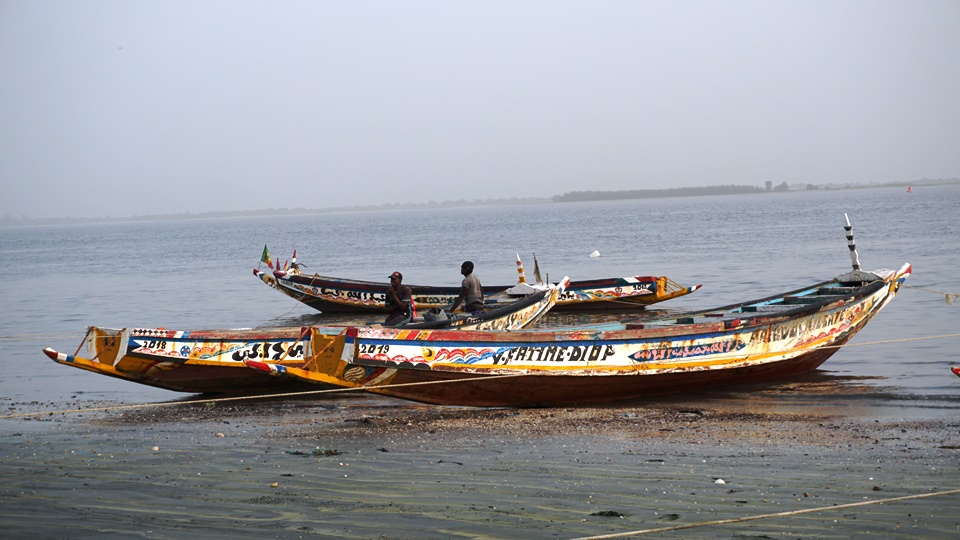
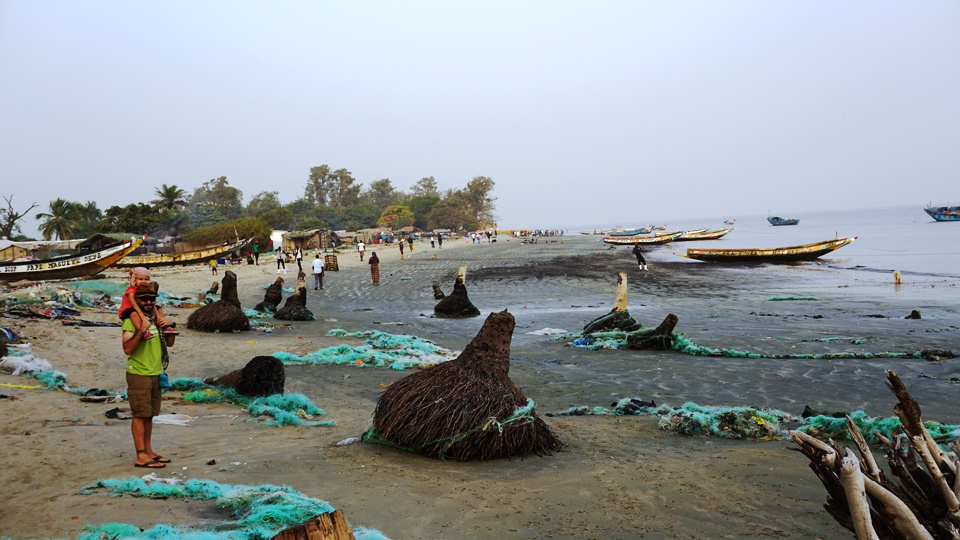
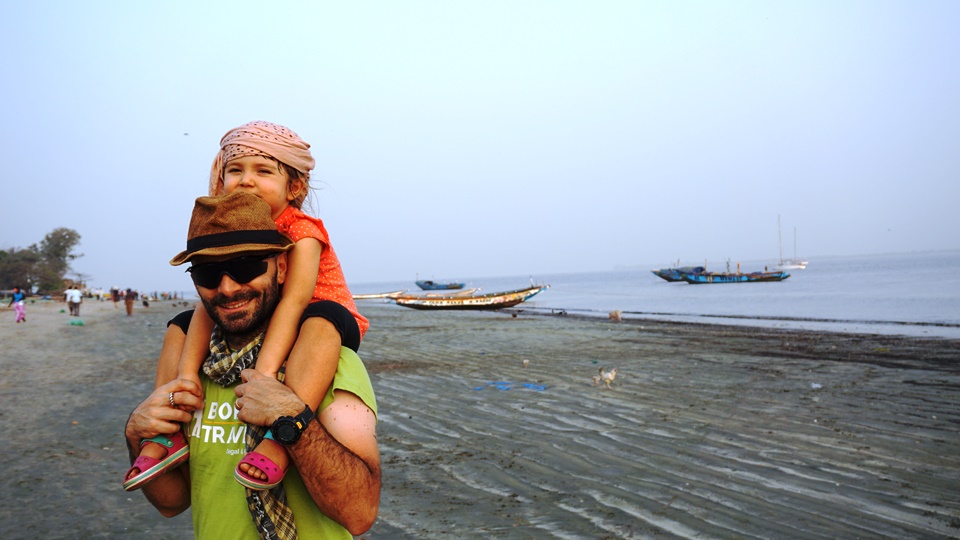
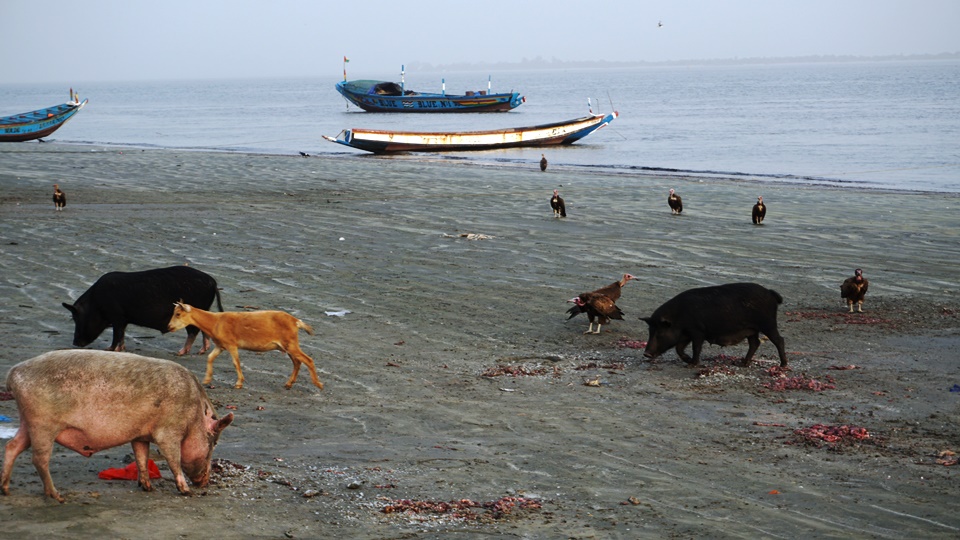
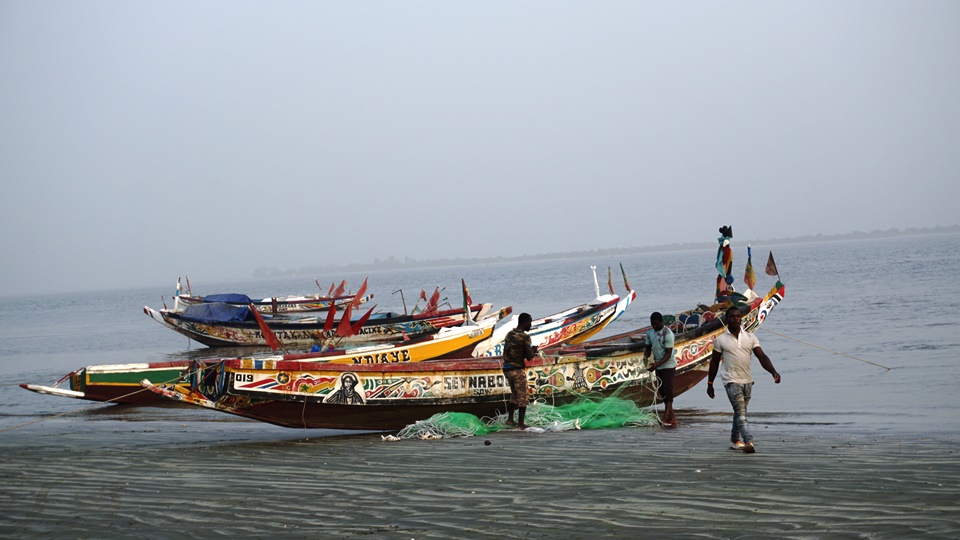
Back on the mainland, we continue our journey towards southern Senegal!
The vegetation becomes greener and denser!
Sometimes we stop in some village and every occasion is good to leave something!
In the village of Diembering we visit the small open-air museum created to raise awareness of the diol culture just before arriving in Cap Skirring, on the Atlantic Ocean, where we will stop for a couple of days to rest!
We taste the best thiebou-dieune of the trip: delicious rice dish cooked in tomato sauce and served with pieces of fried fish, often stuffed with parsley and garlic, carrots, cassava and other vegetables.
Cap Skirring's beaches are considered among the most beautiful in all of West Africa. Despite being one of the most touristic places we have never felt the overwhelming presence of mass tourism.
Morning shopping for some handcrafted souvenirs from Senegal, swimming in the waves of the ocean, football game on the shoreline between the pieces of shells brought from the sea, evening with African live music in a downtown bar and watching the stars under a sky that seems fall on you.
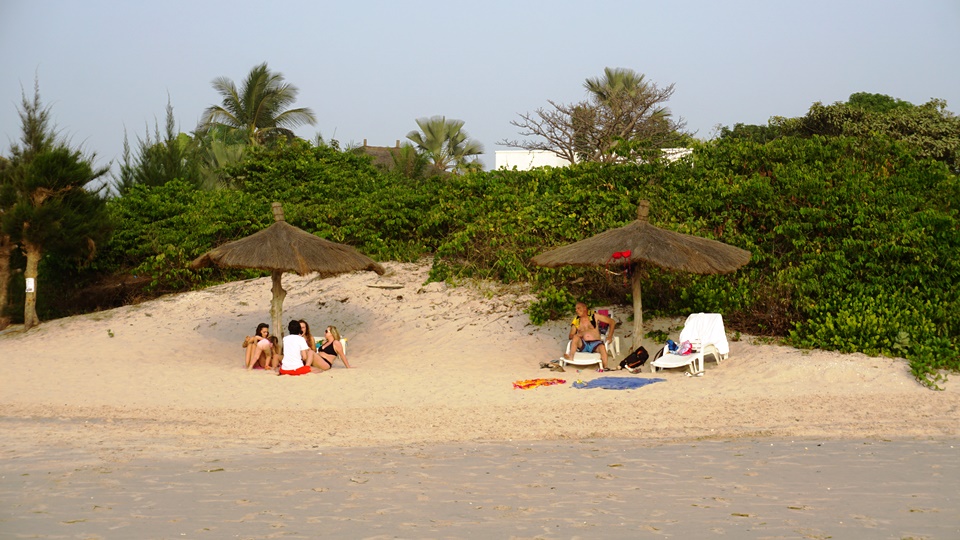
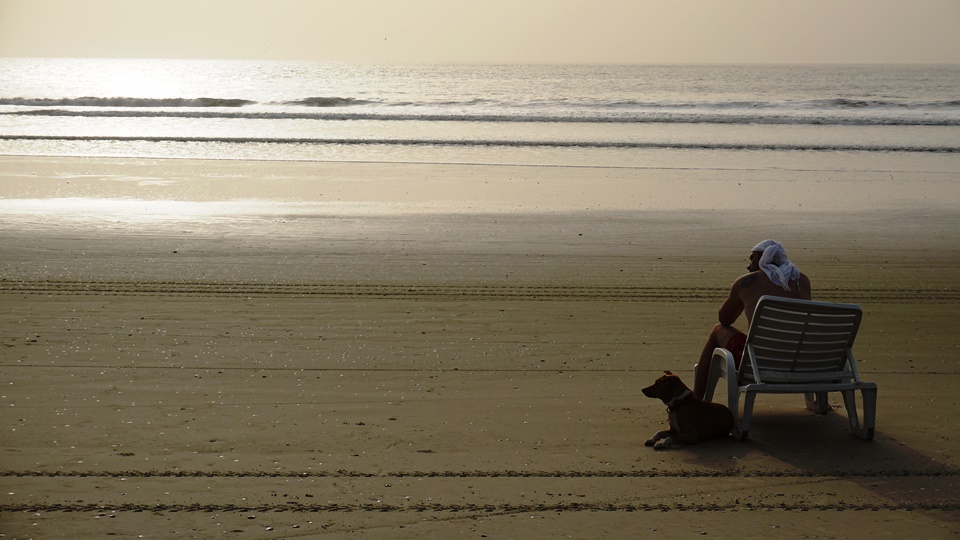
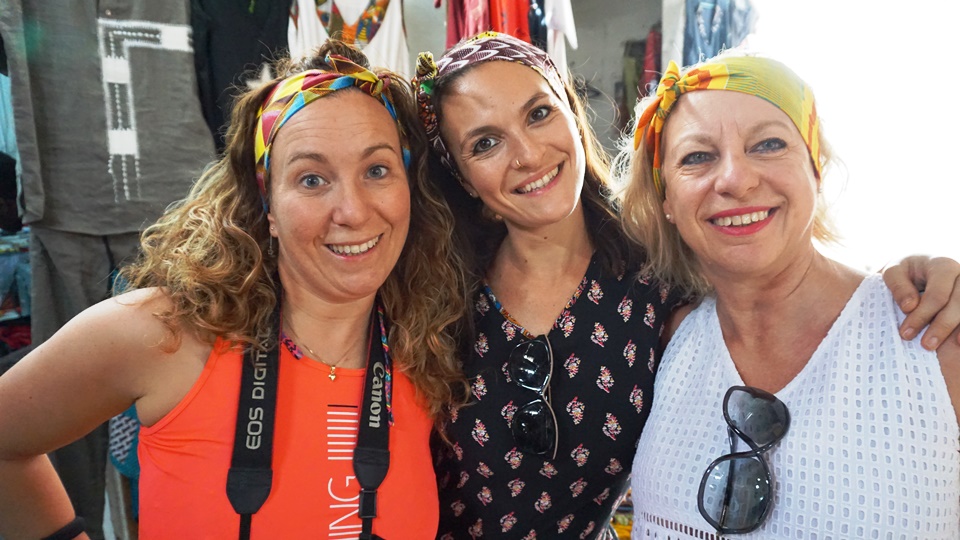
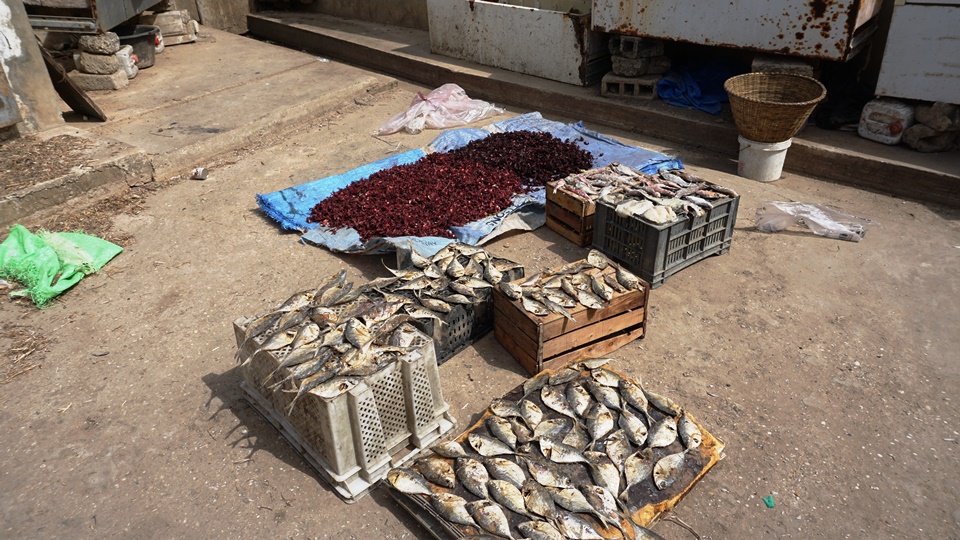
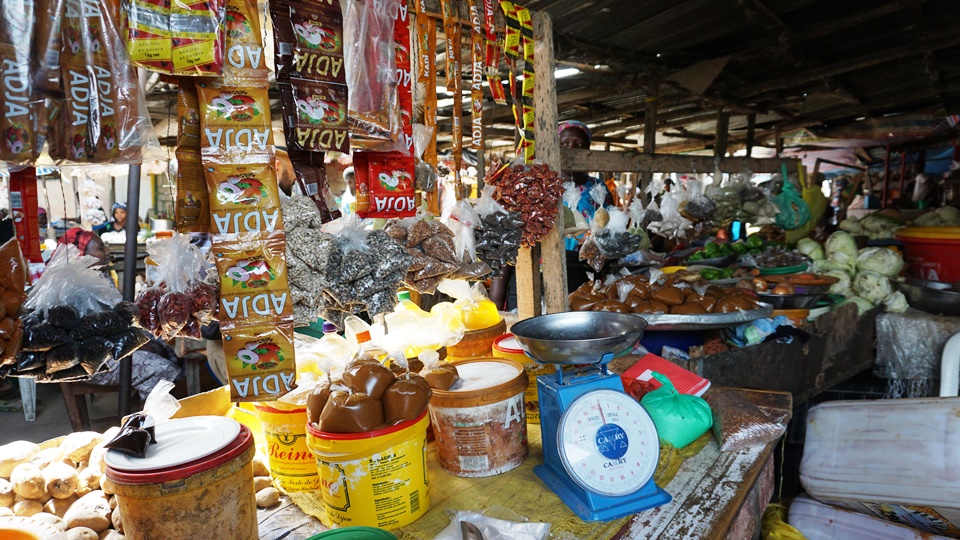
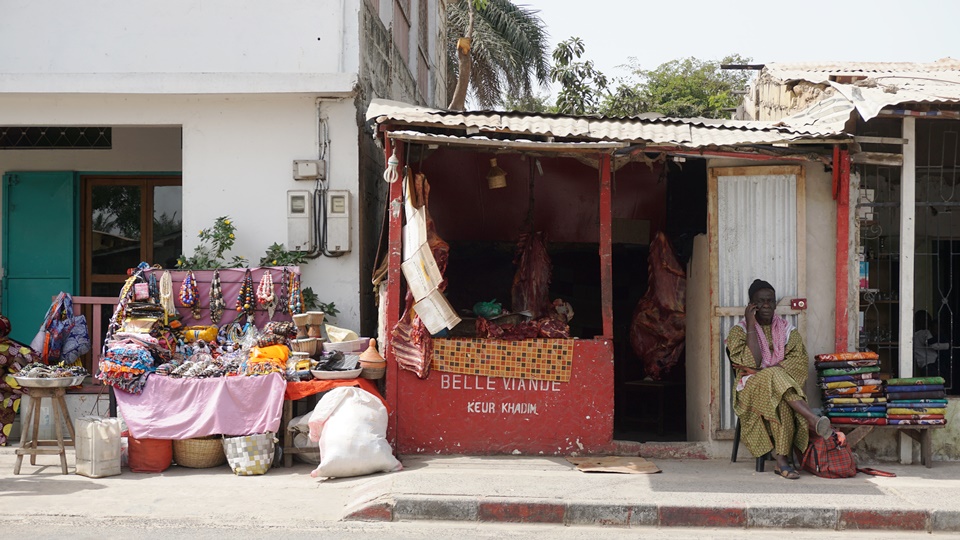
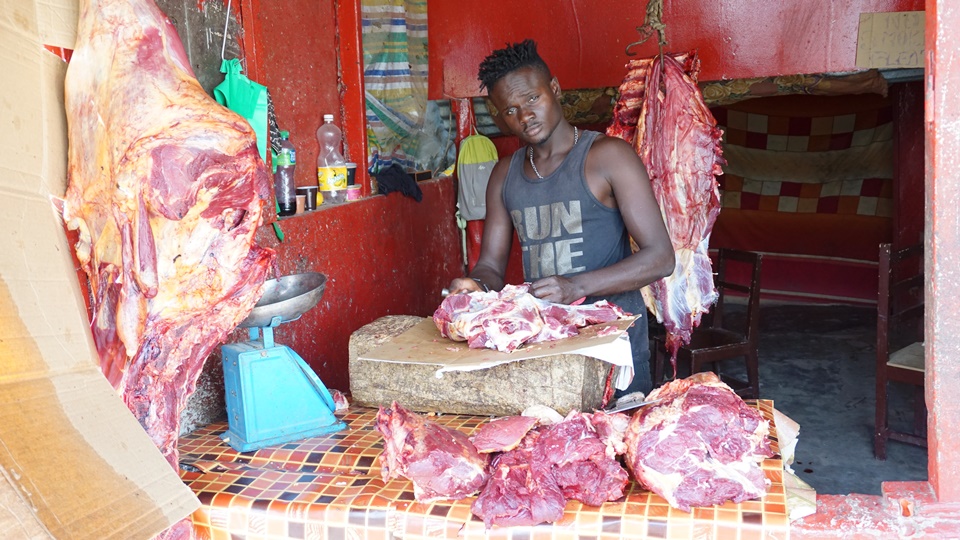
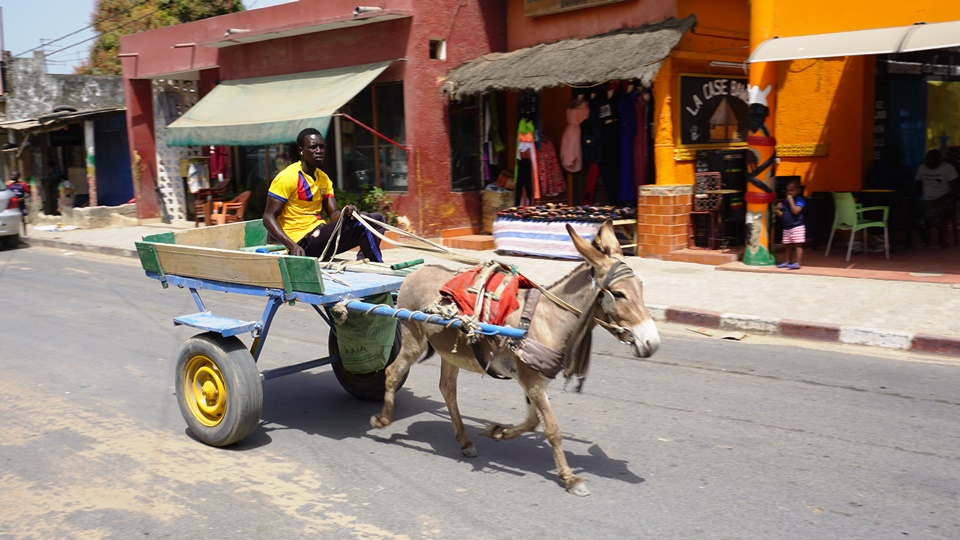
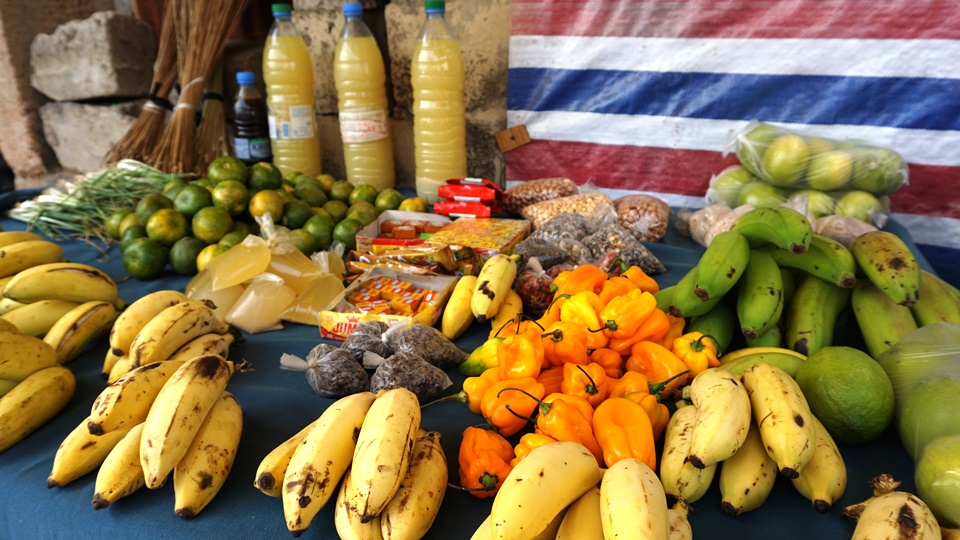
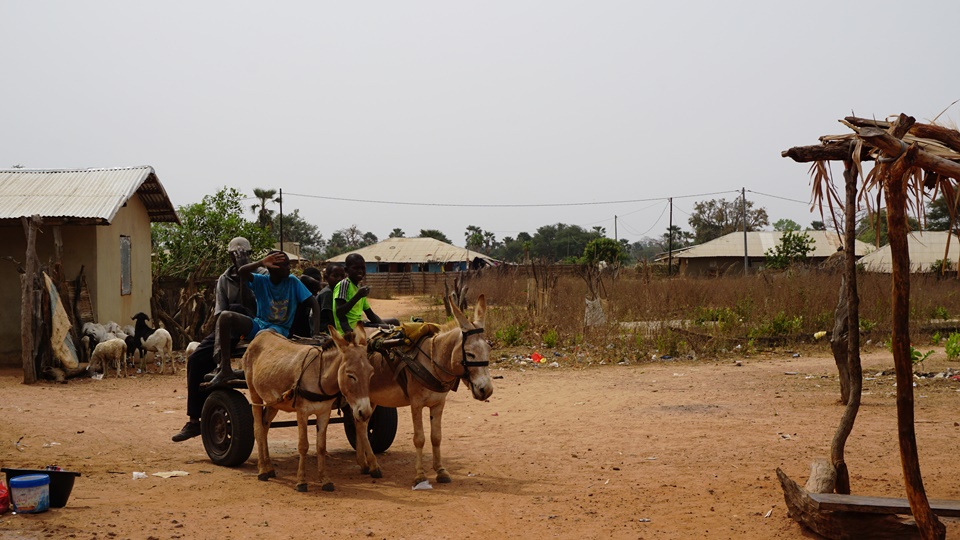
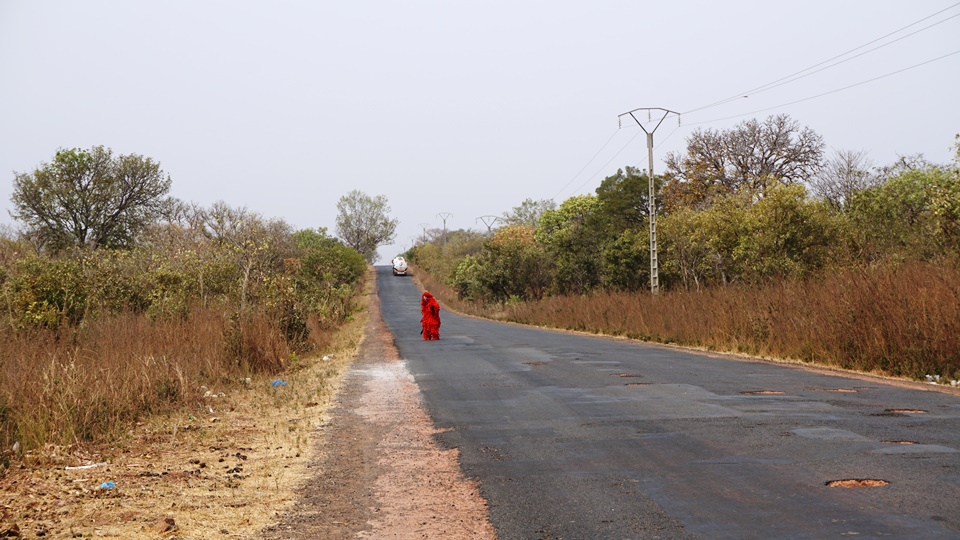
Today we leave Casamance, we cross the Gambia inland and we move to the north of Senegal! This long transfer shows us a Senegal different from what we have been used to seeing, that of the hinterland is very poor and desert.
We stop in the holy city of Touba.
This is the sacred city of the Mouride brotherhood and develops around the majestic mosque, a grandiose building whose minaret dominates the inhabited area, which is constantly expanding, it contains an impressive library with all the works of bamba, the spiritual leader.
Here too we buy some basic necessities: sugar, soap, flour, biscuits and we stop in the first nomad village outside the city.
A dozen wood and straw huts where a small community of peuhl nomads lives; they welcome us humbly in their small world and we are enchanted by their stories and their dignity.
We find ourselves praying in the hut of the old wise village chief and we are moved when, with all the community around us, he thanks us for our gifts and dedicates us a long blessing that begins like this: "... Senegal is huge but you have chosen us ... "
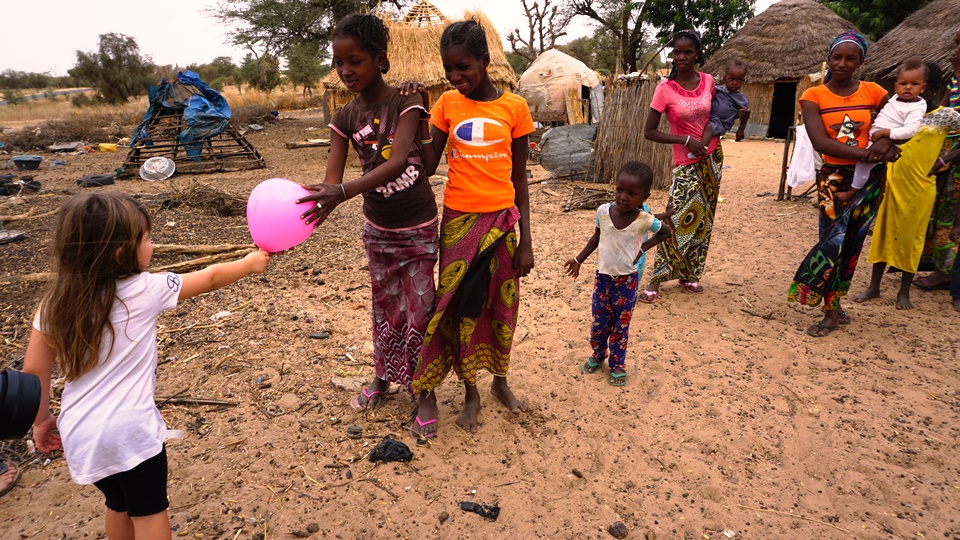
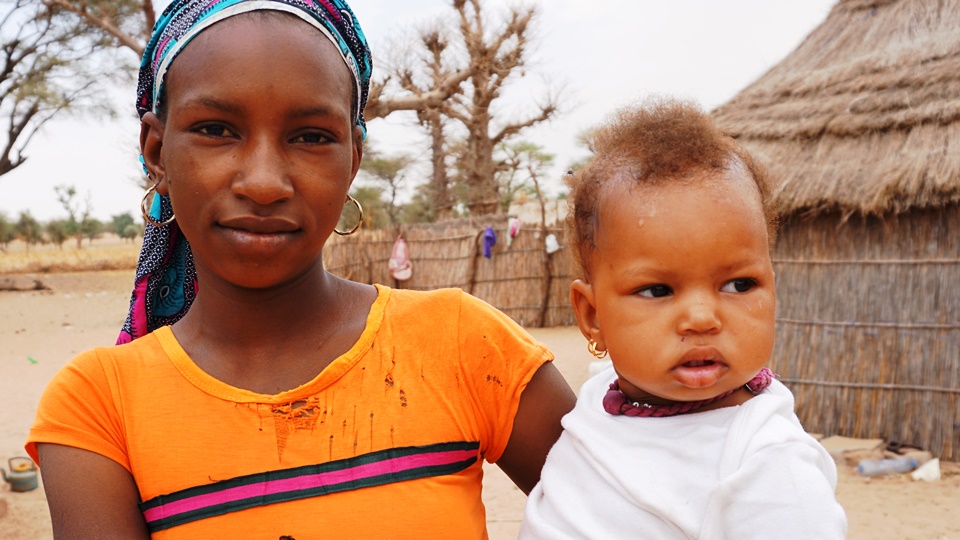
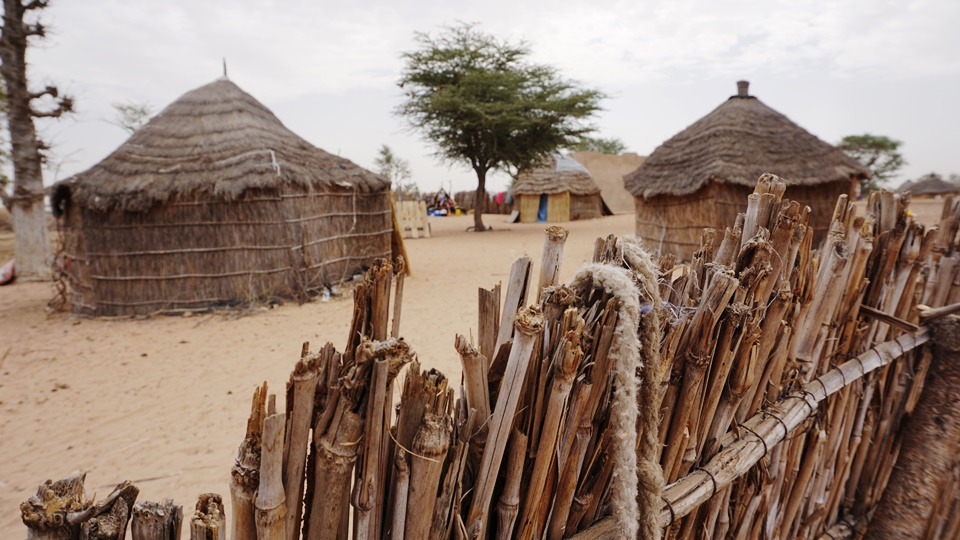
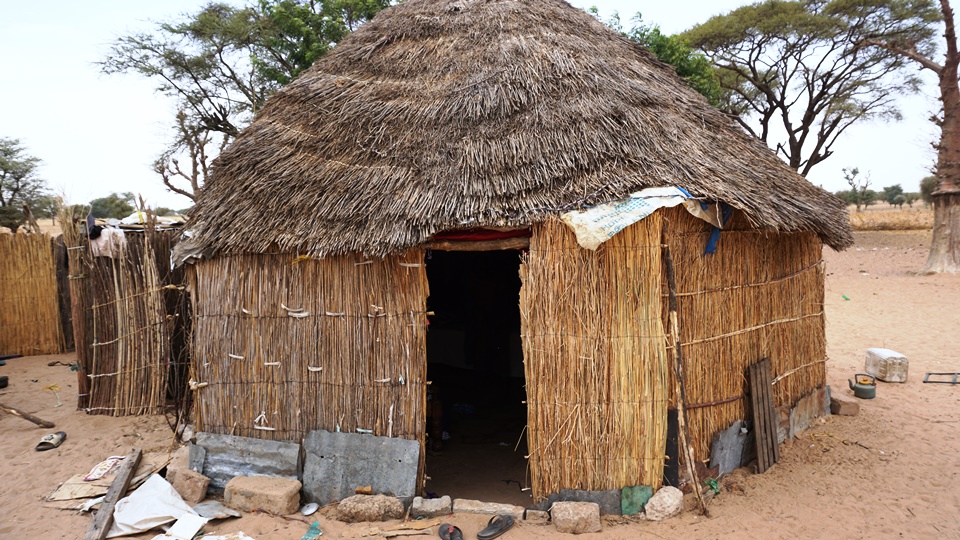
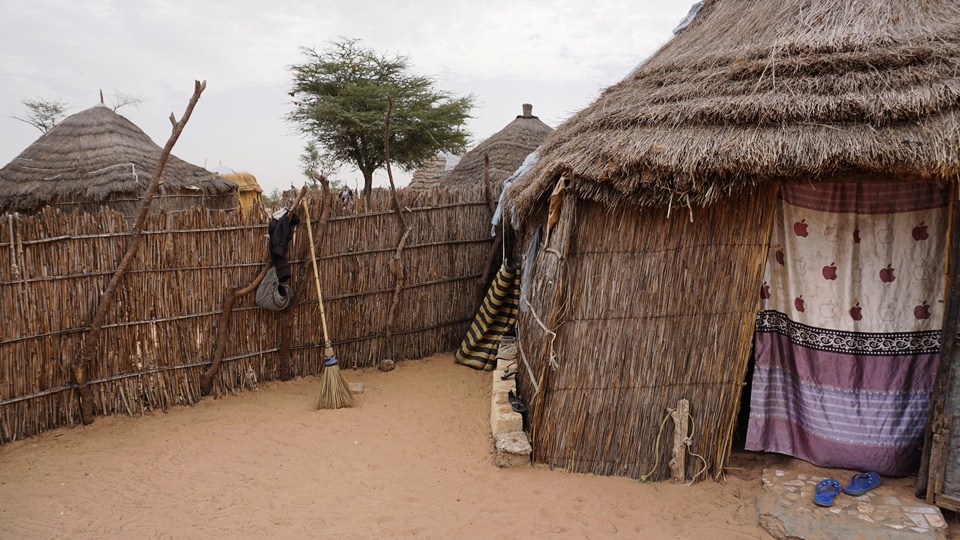
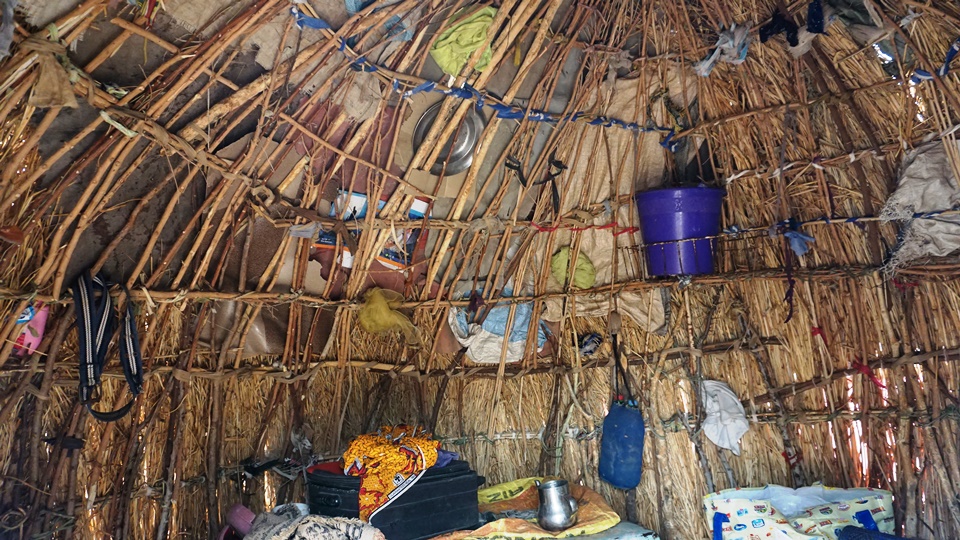
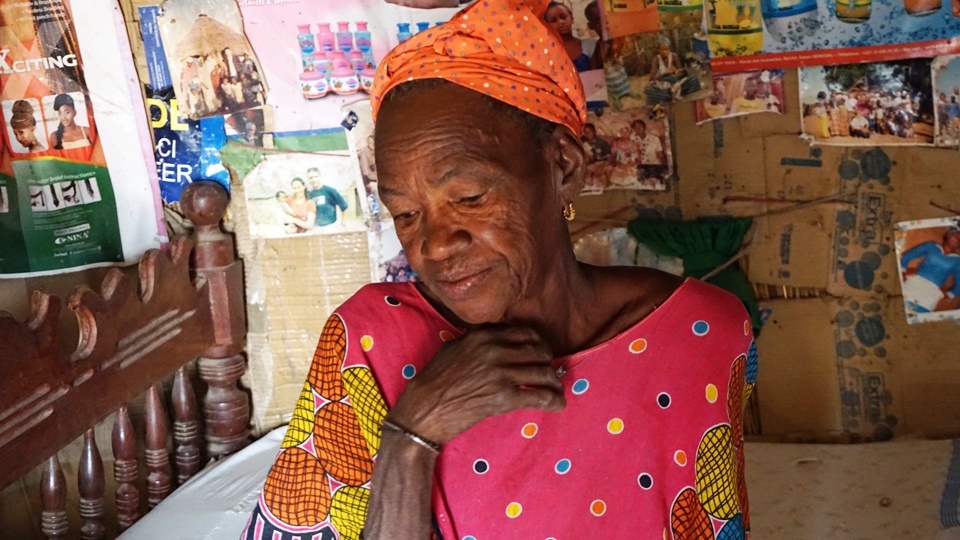
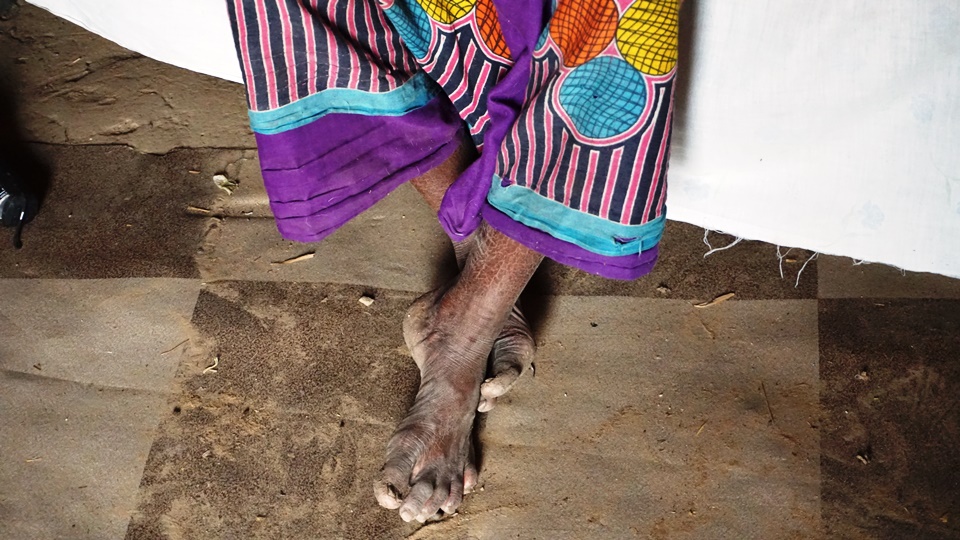
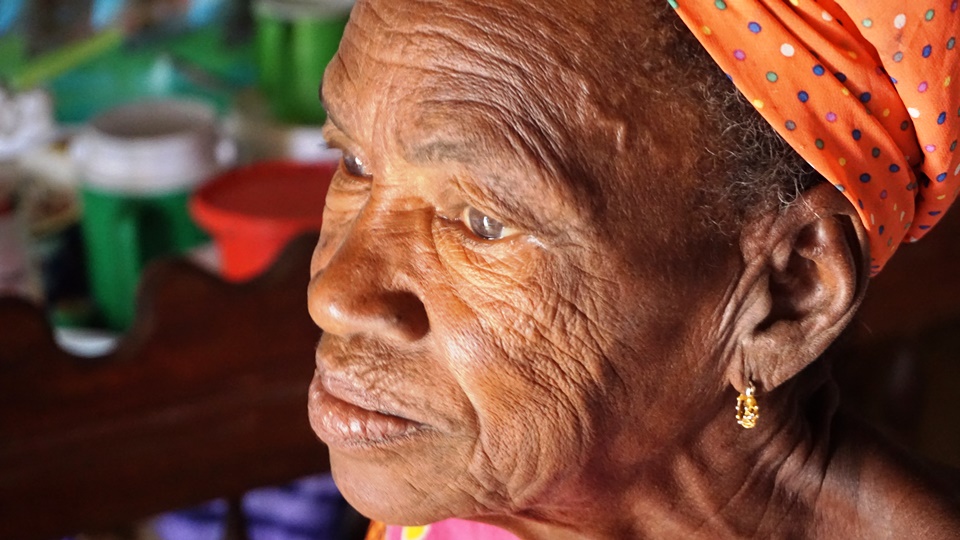
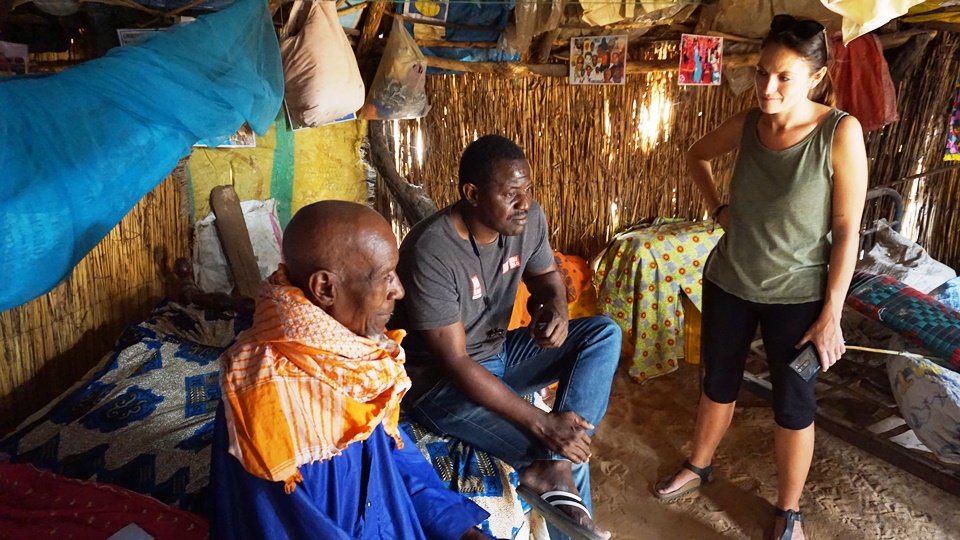
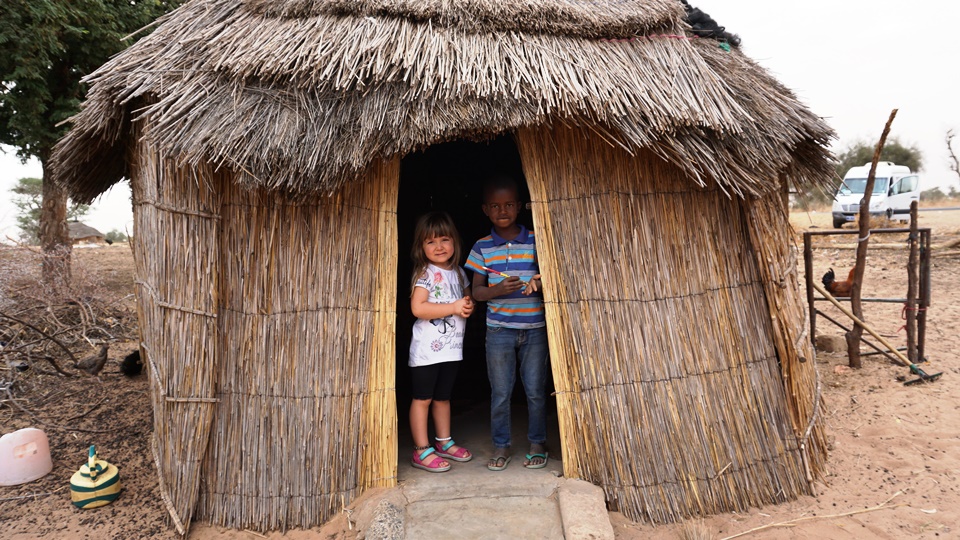
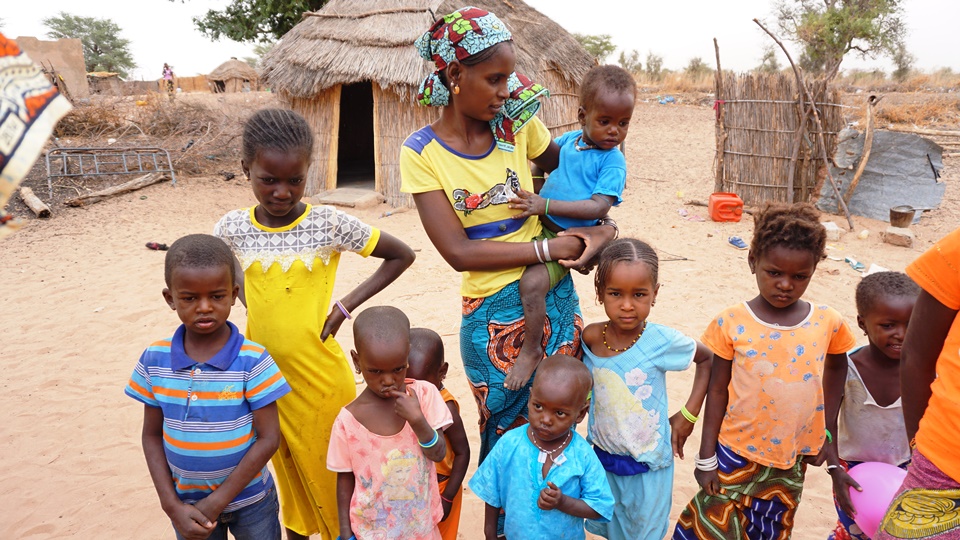
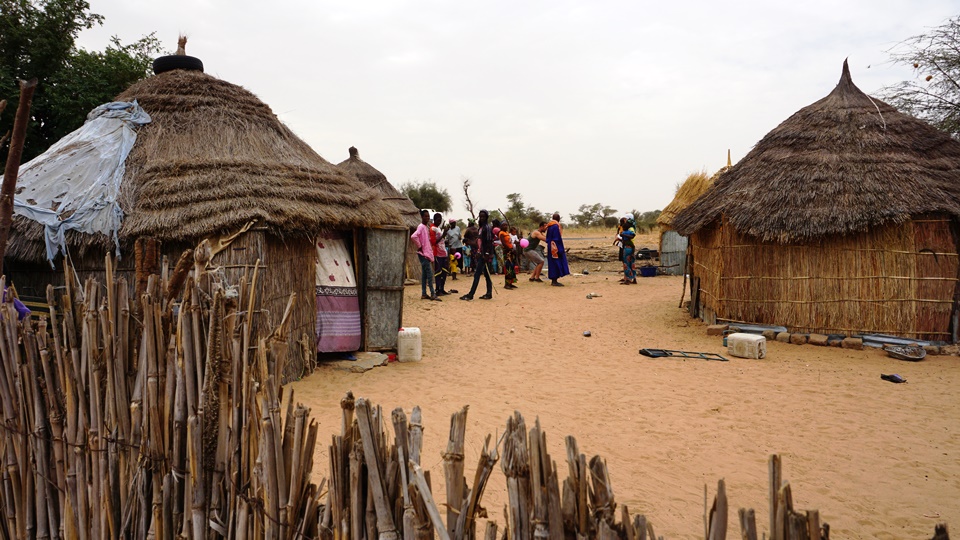
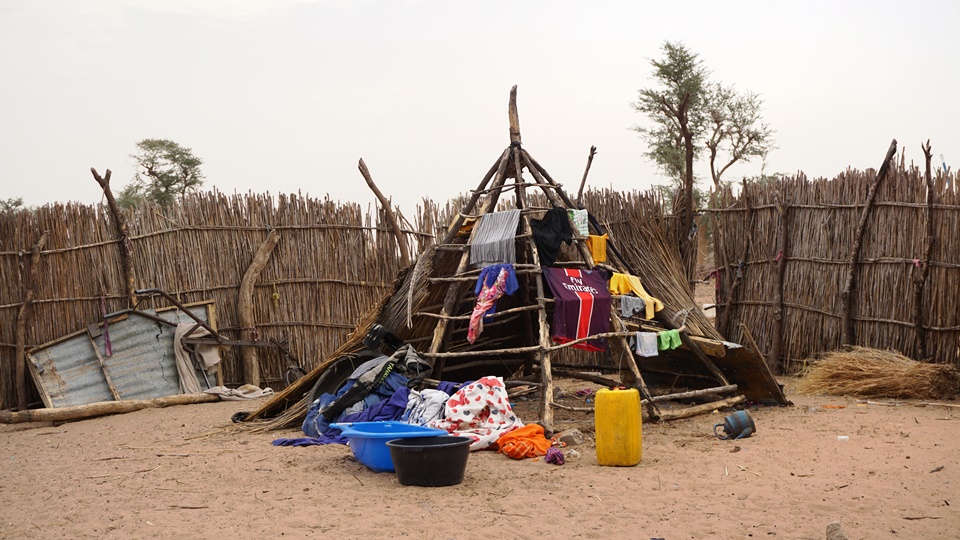
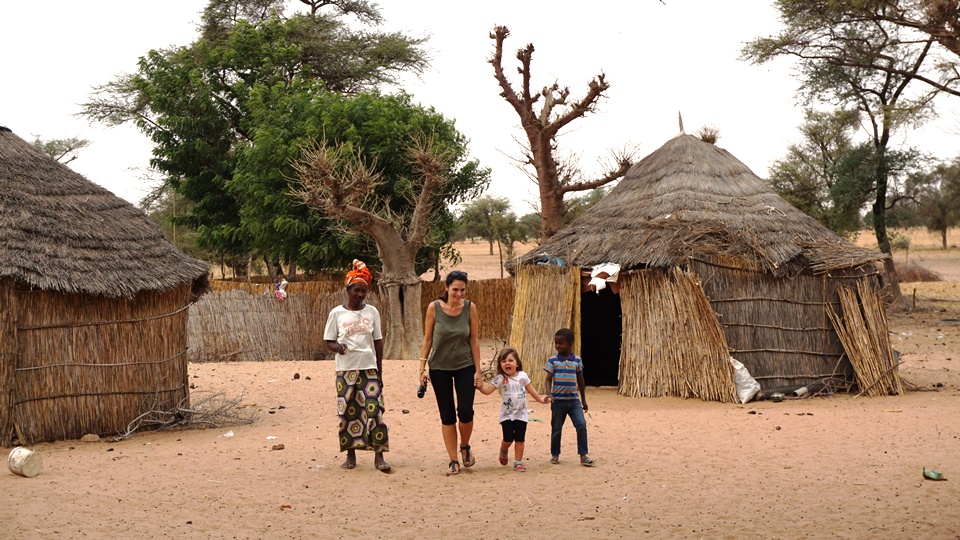
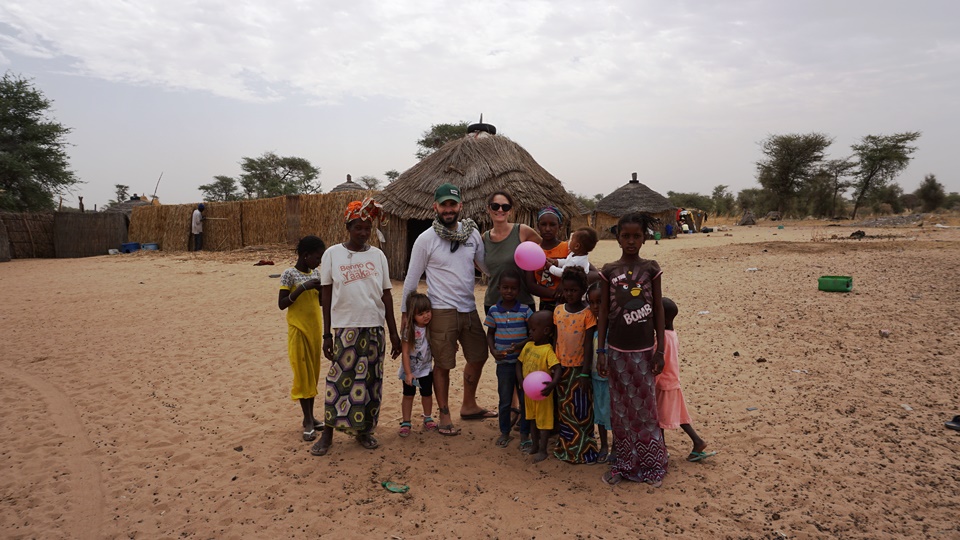
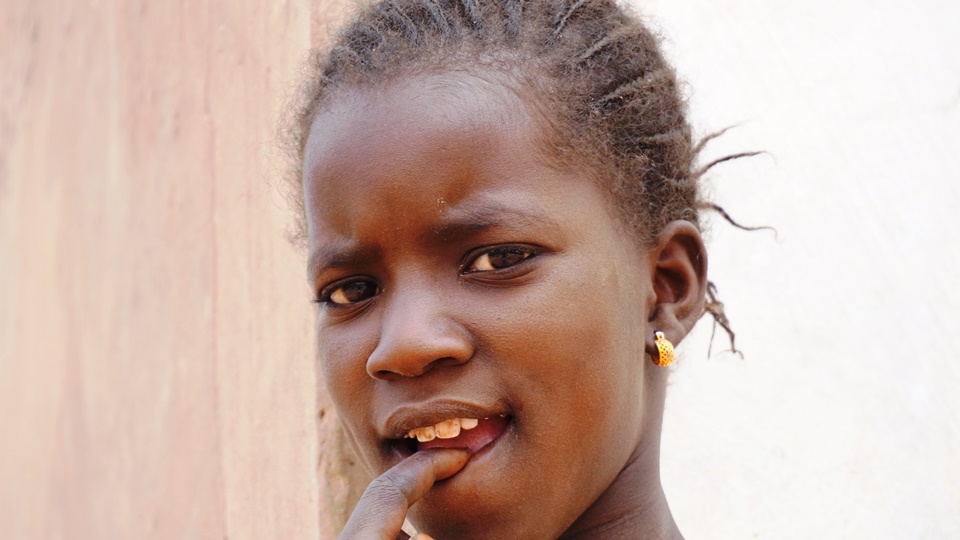
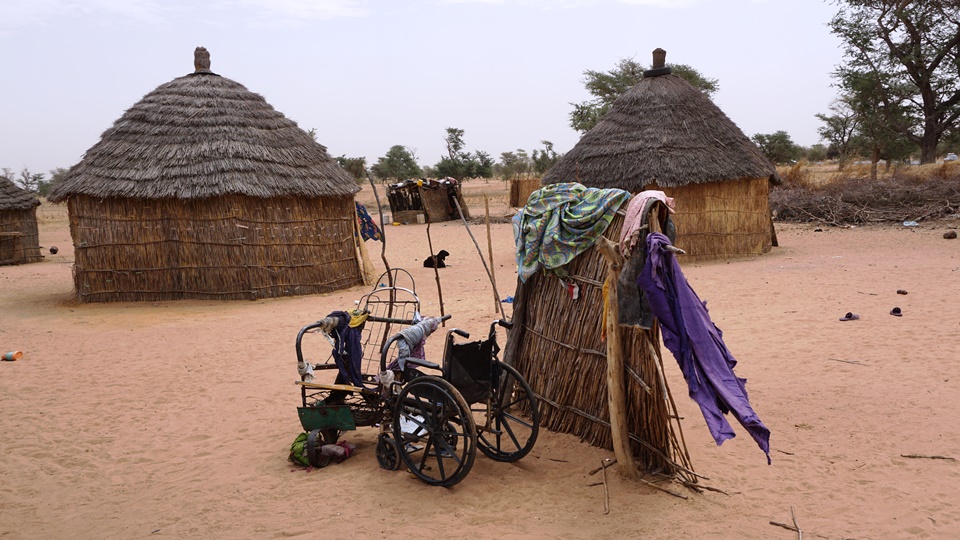
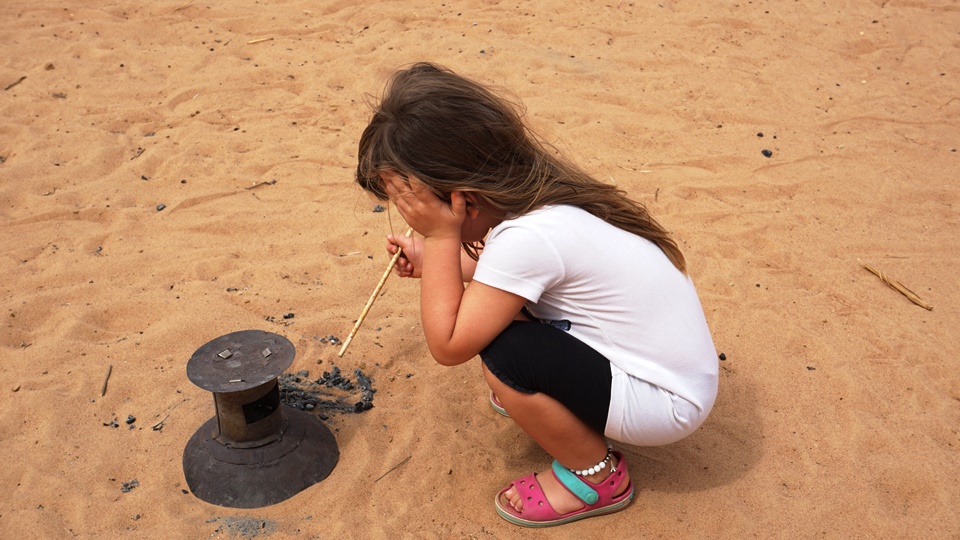
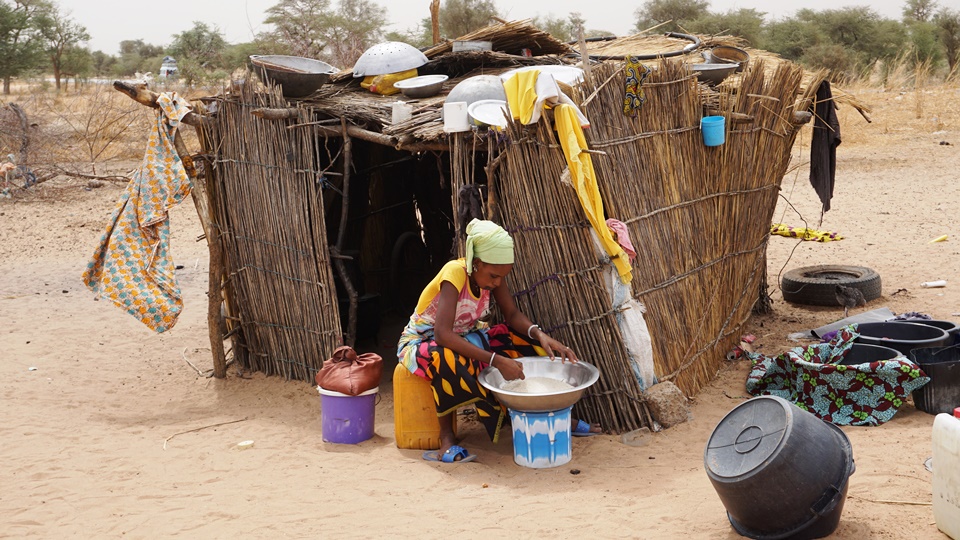
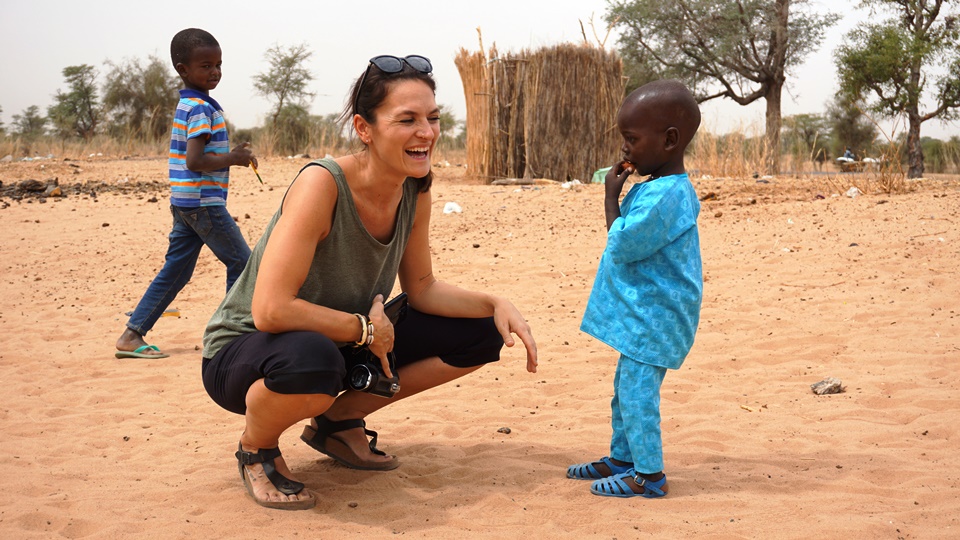
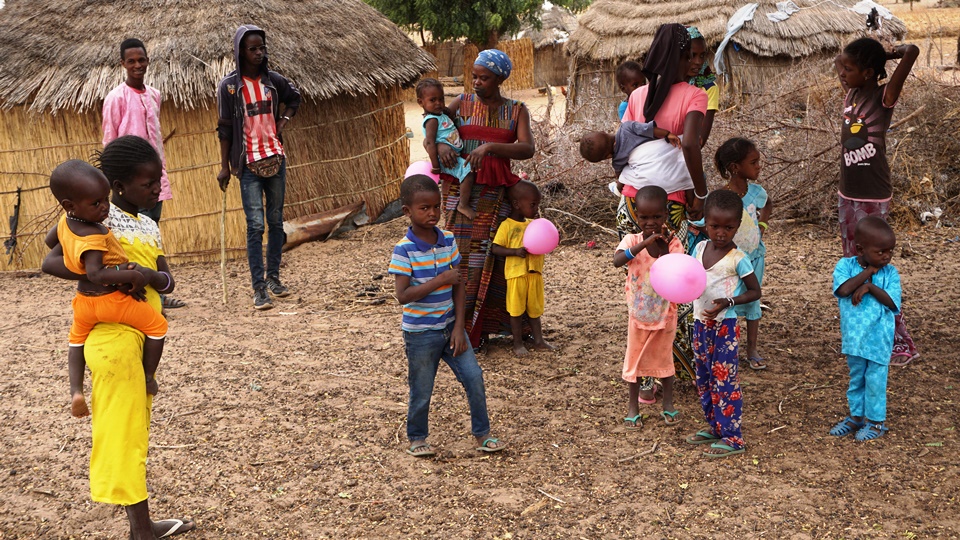
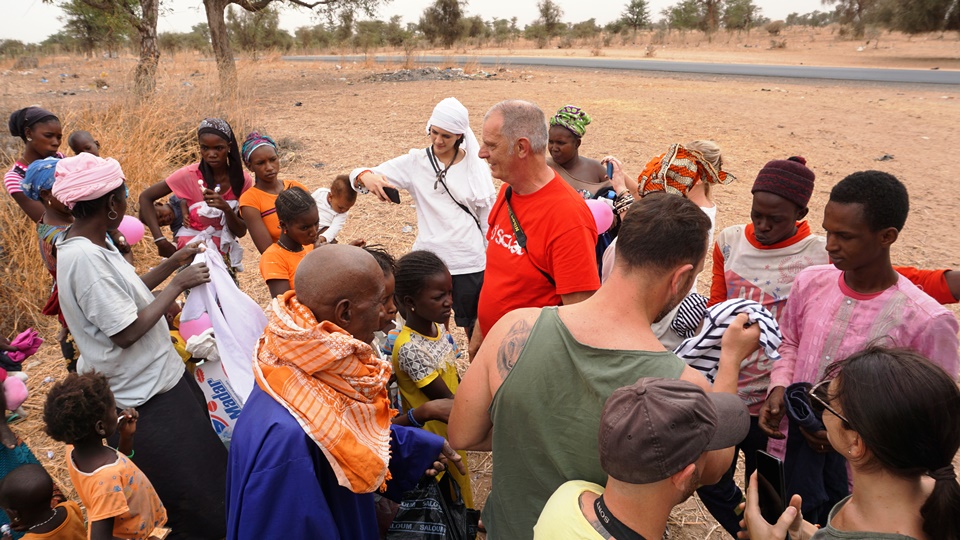
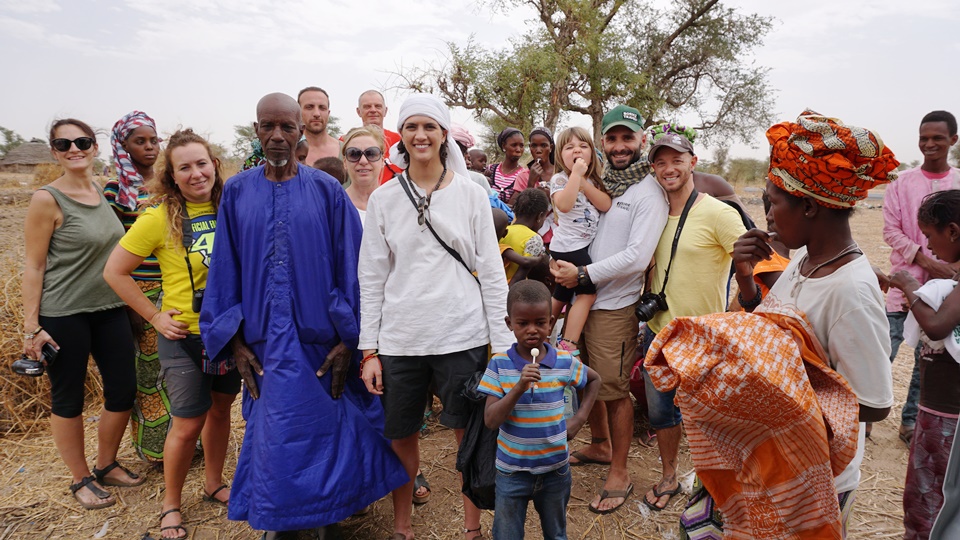
St Louis is a kind of monument to colonial ambitions, whose past continually re-emerges along its narrow streets right on the border with Mauritania.
The city is divided between the peninsula of Langue de Babarie, the ile de N’dar and the mainland, connected with the picturesque Pont Faidherbe; it is a UNESCO heritage town and we are staying in a resort right on the ocean ... shame about the beach completely covered in plastic ...
The historic buildings of the city testify to the madness of European expansionism in Africa, the beauty of nineteenth-century architecture, the great culture resulting from the difficult encounter between different civilizations.
It is very characteristic to wander around its narrow streets crowded with buggies, it seems to take a step back in time ... in this way you have the opportunity to enjoy their daily lives from a privileged point of view.
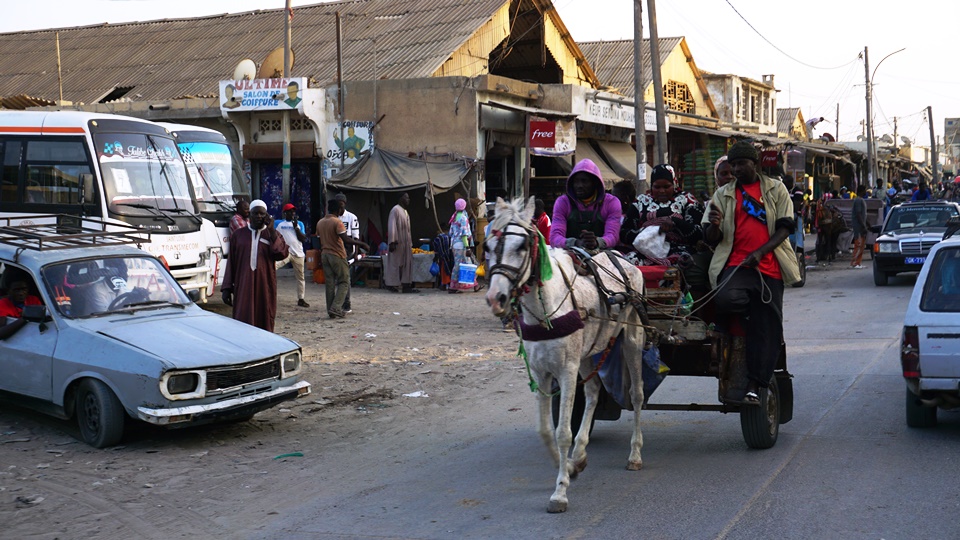
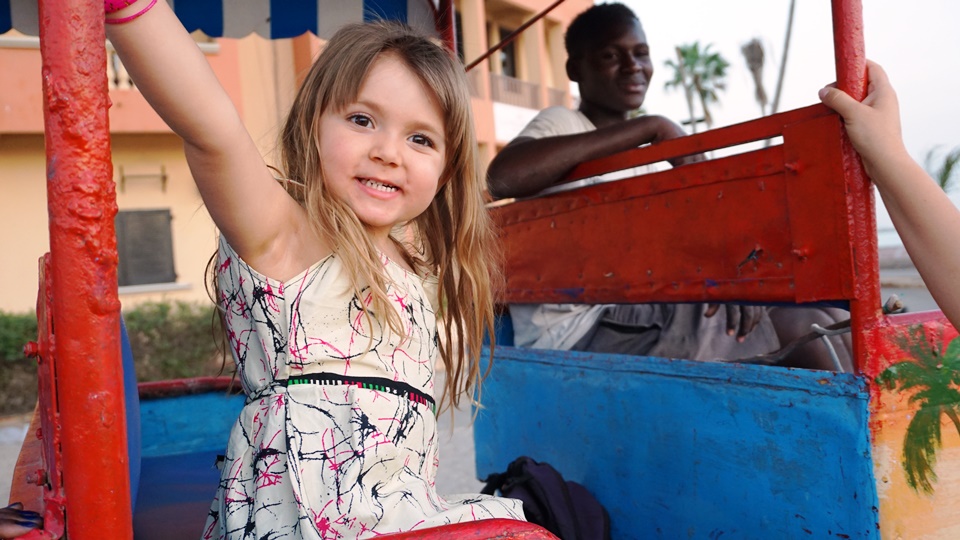
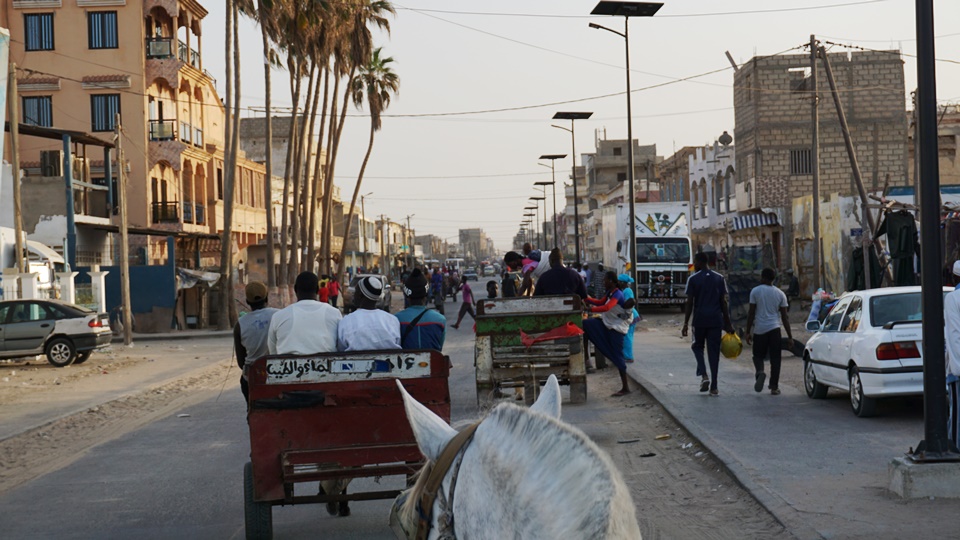
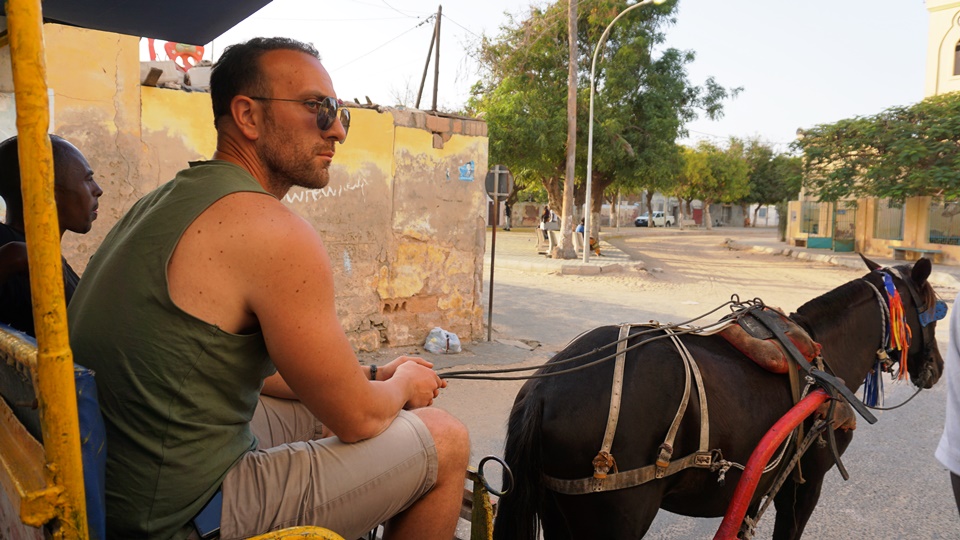
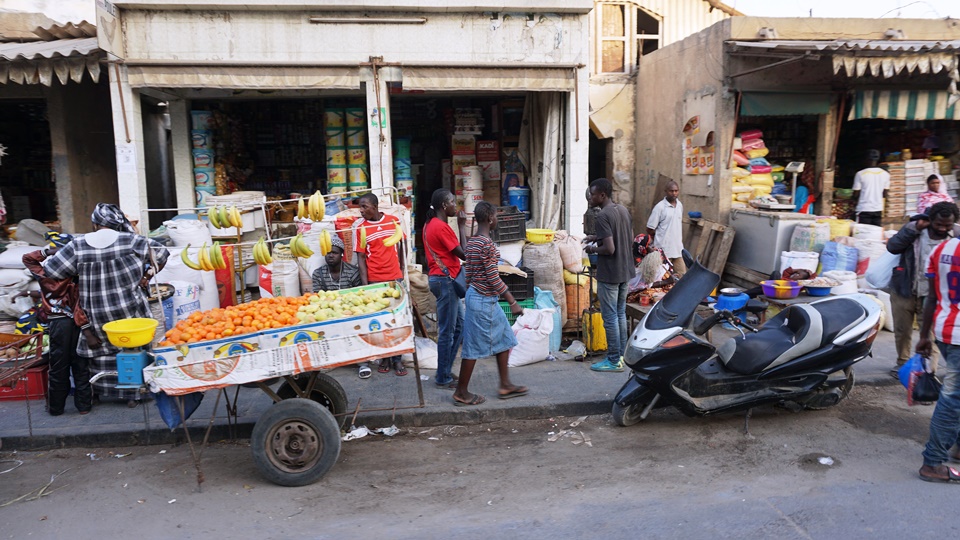
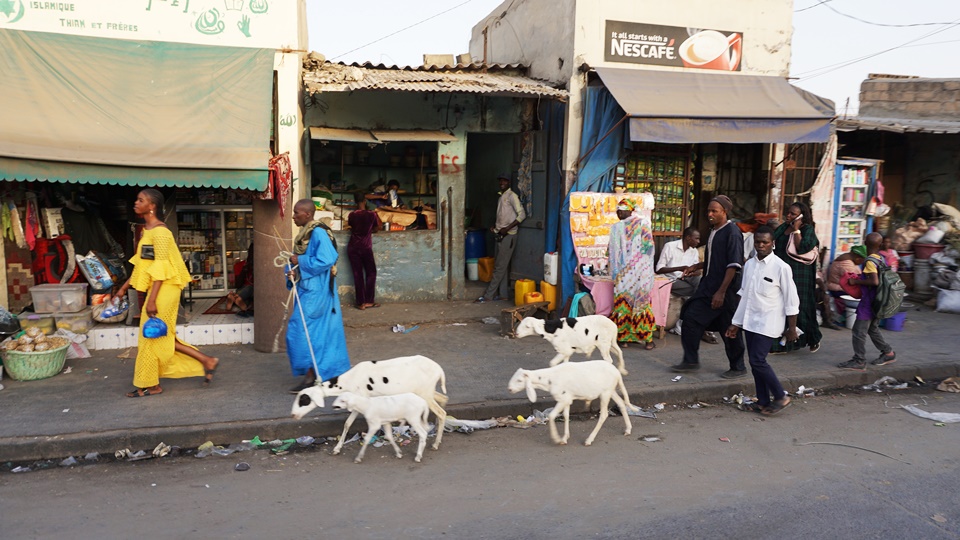
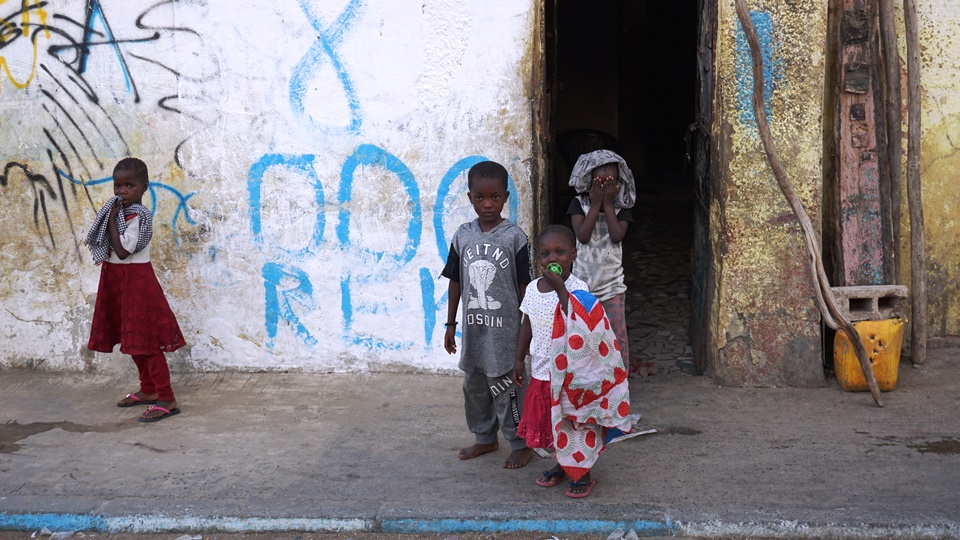
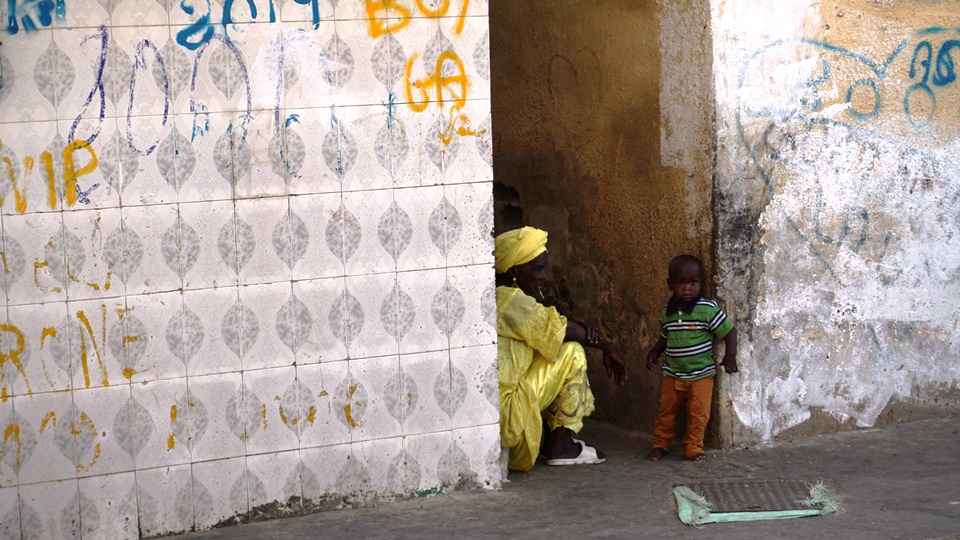
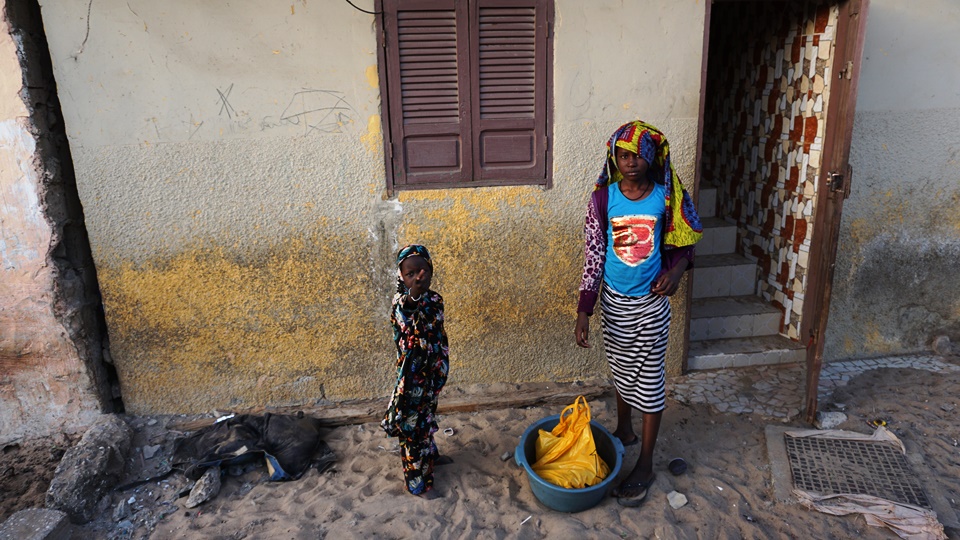
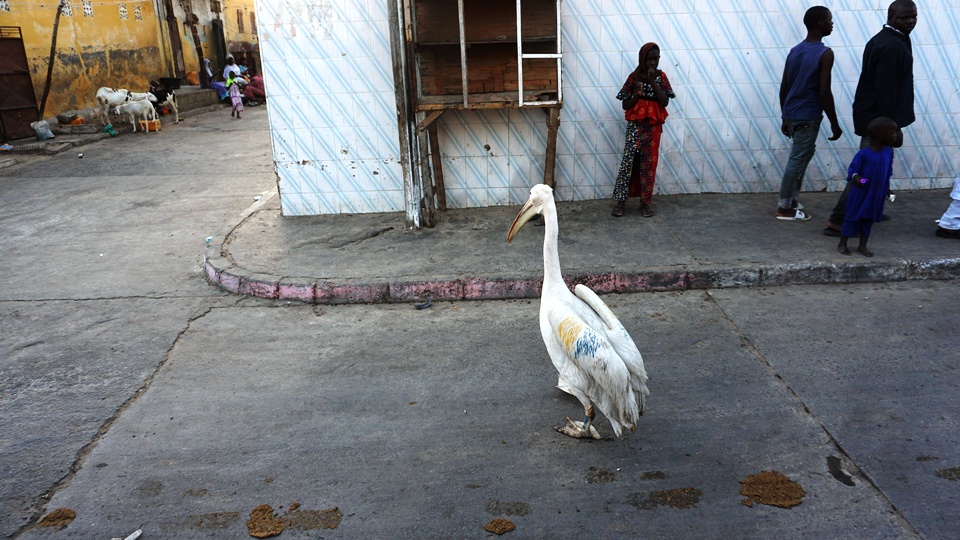
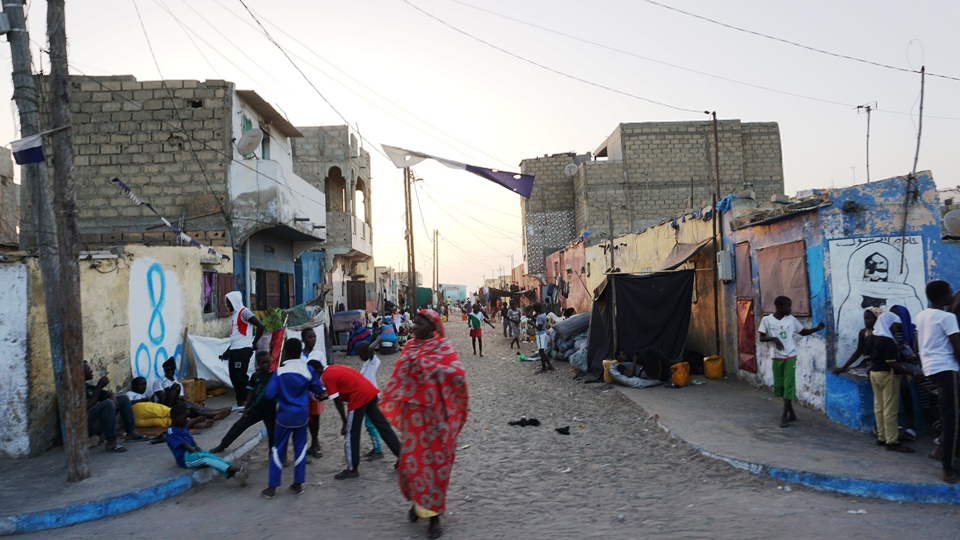
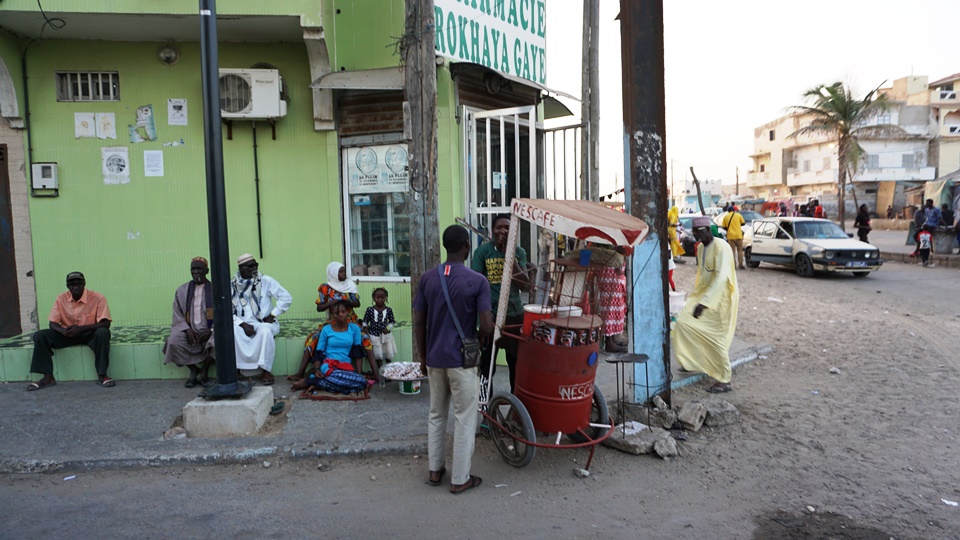
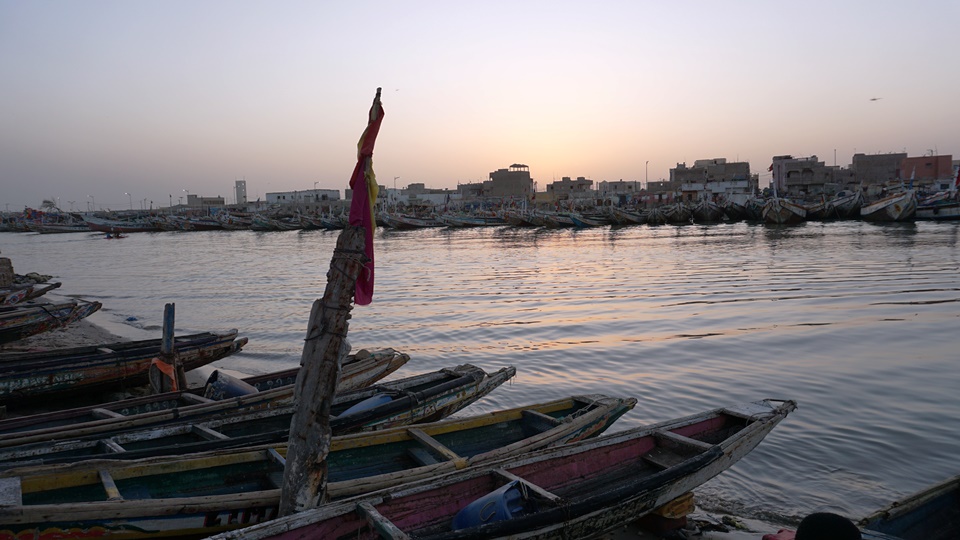
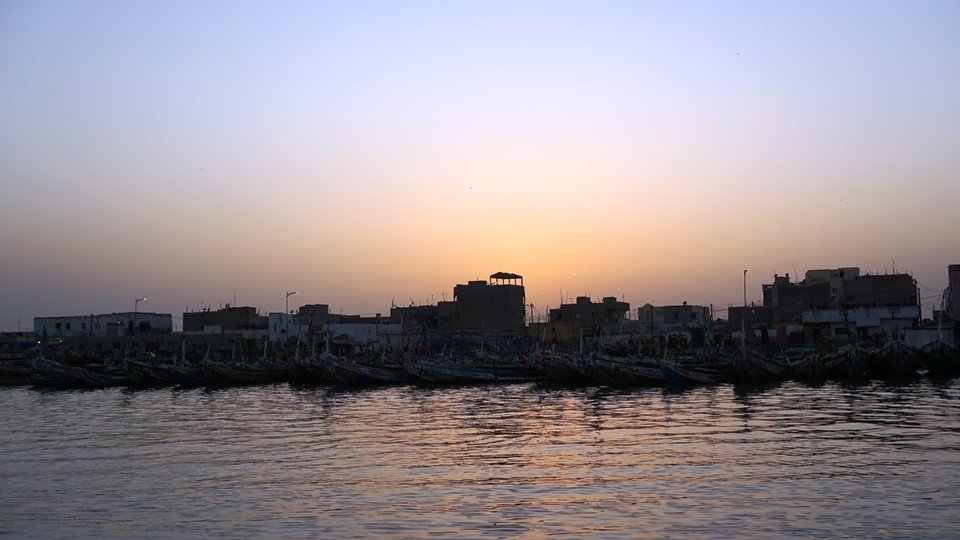
Parc National des Oiseaux du Djoudj. Located in the heart of the Walo delta of the Senegal River, this is considered the third ornithological reserve in the world and is also a UNESCO World Heritage Site.
It is interesting to observe migratory birds from Europe: the myriad of canals, streams, ponds ...
You visit by boat in a couple of hours, don't forget a good telephoto lens and a strong protective cream, the sun beats down!
Even if you are not keen on bird watching or ornithology you will be enchanted to admire the vast colonies of pelicans and flamingos or lizards or warthogs in freedom. We, in particular, have been even more fortunate, because we visited it during the birth period of small pelicans .... A thrilling emotion!
In just two hours on the road the landscape, as if by magic, changes again. Here we are on board in an old military truck in the sand dunes of the Lompoul desert!
We will spend the night in a campement, in huge desert tents in the Mauritanian style ... The tents are hoisted on wooden stilts, the beds protected by large mosquito nets and, even, an outdoor private bathroom for each tent ... a dream ... a mix between Lawrence of Arabia and my Africa!
Barefoot walks in the dunes in the company of your thoughts, a ride on the back of a dromedary, typical Berber dinner, dance and djembe show and watch the stars under a sky that cannot be more beautiful…. we spend one of the most exciting days of the entire trip!
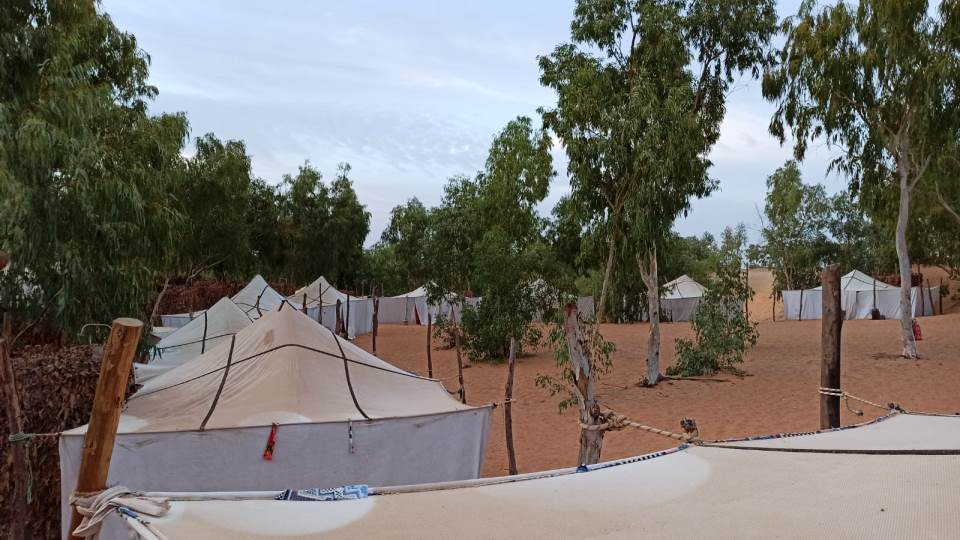
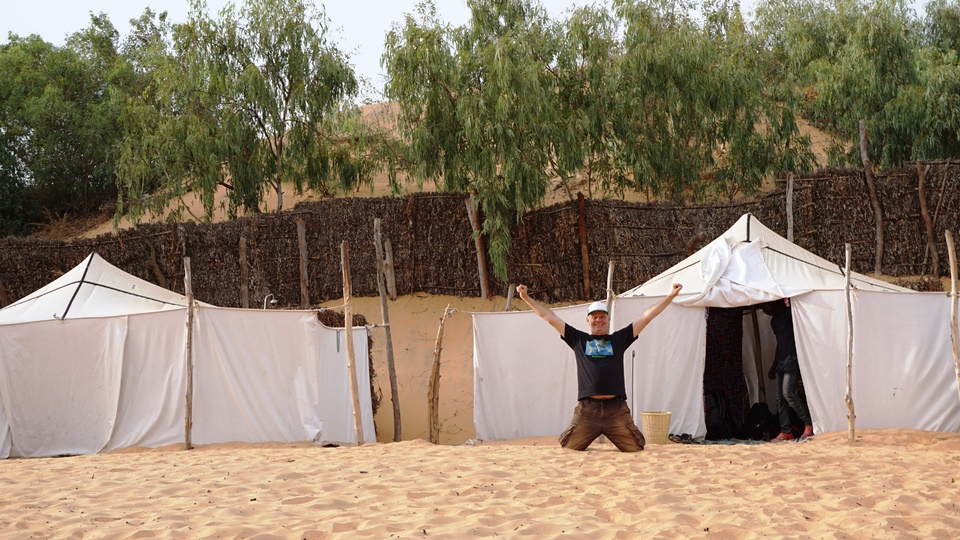
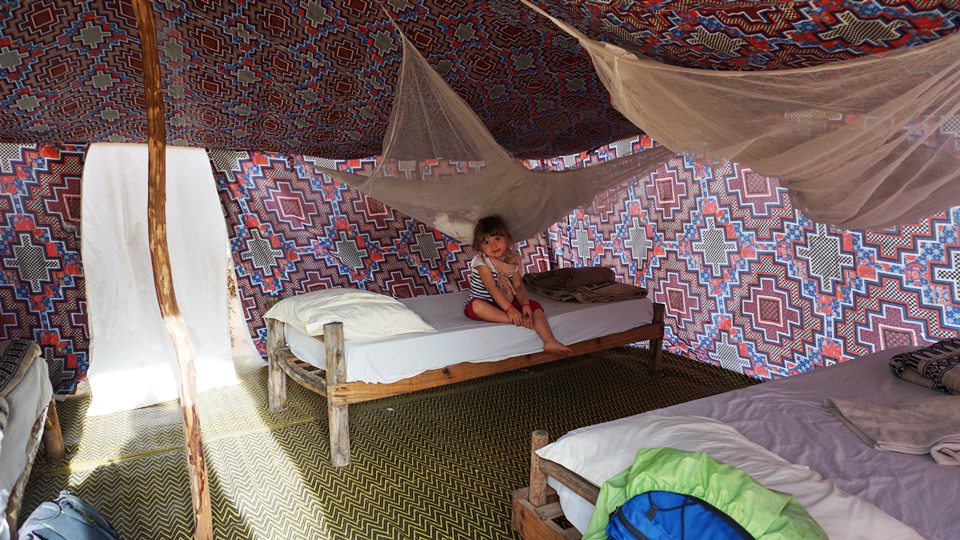
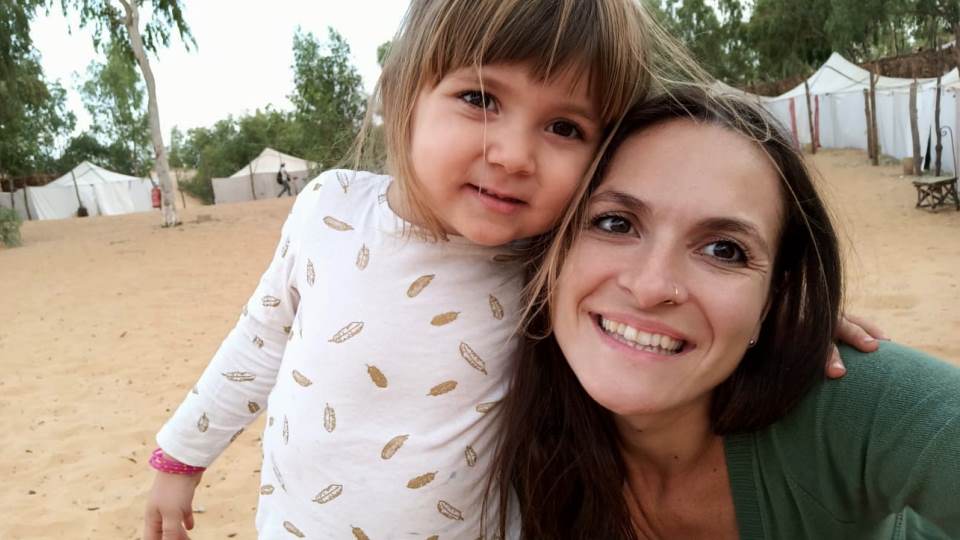
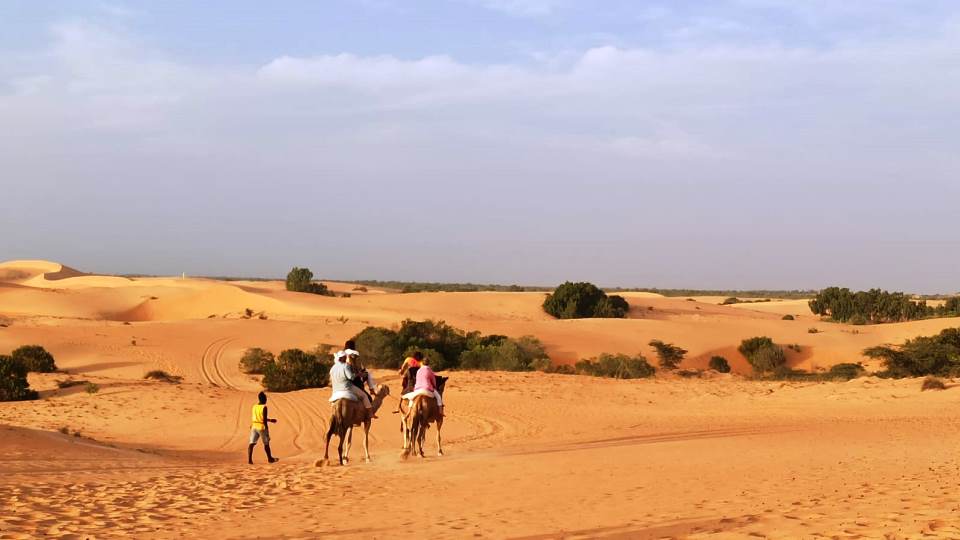
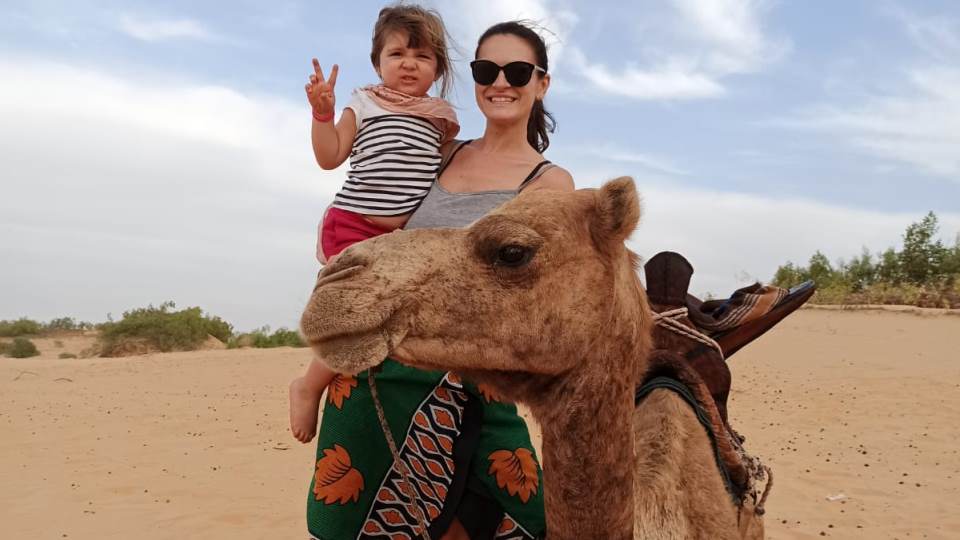
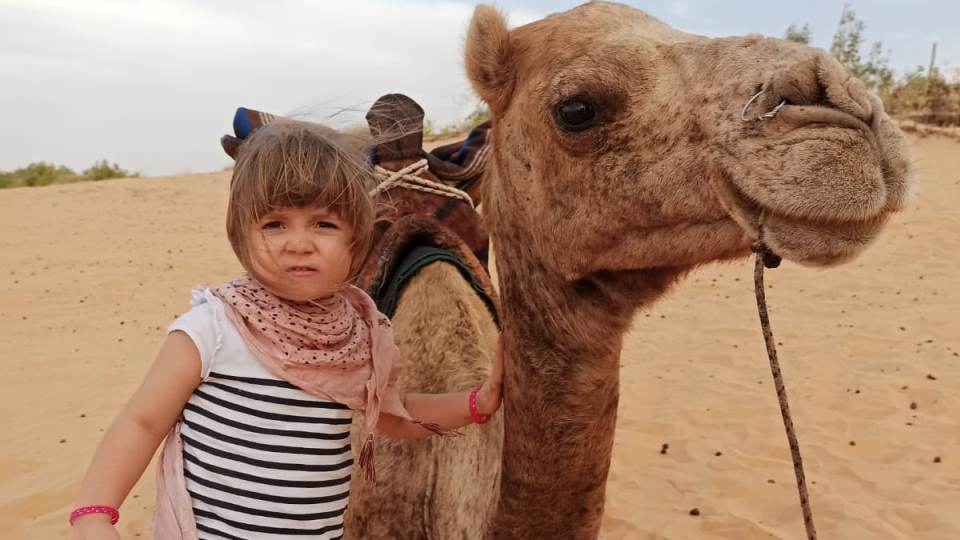
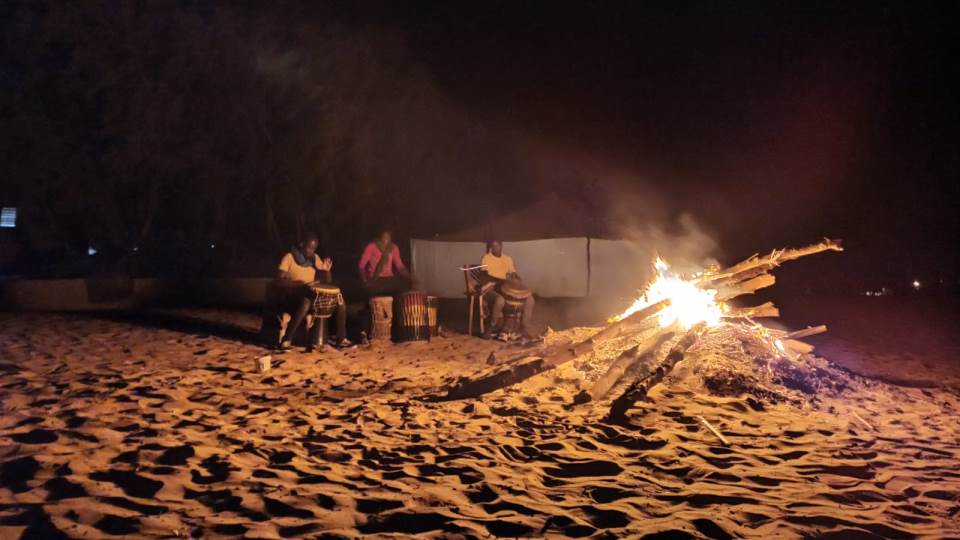
Along the way we stop at the umpteenth school ... it is always a party and an inner enrichment! You realize how little it takes to make children happy!
But the landscape changes again and a few hours later we are by the ocean in Mbour, one of the most important fish centers in the country.
The market is directly on the beach between rows of very characteristic colored pirogues. Admiring this show is breathtaking ... thousands of people busy bargaining, selling, buying, transporting, cleaning, packing, cooking all kinds of fish…. even large stingrays and hammerhead sharks!
I was very impressed by the auction that took place between the boats a few meters from the shoreline and the ladies on the beach ... between screams and offers the deal ended and, strong porters, immersed with water up to the throat, with bowls full of freshly caught fish on the head, they transported the newly purchased goods to the ladies in colorful clothes to sell on the market itself.
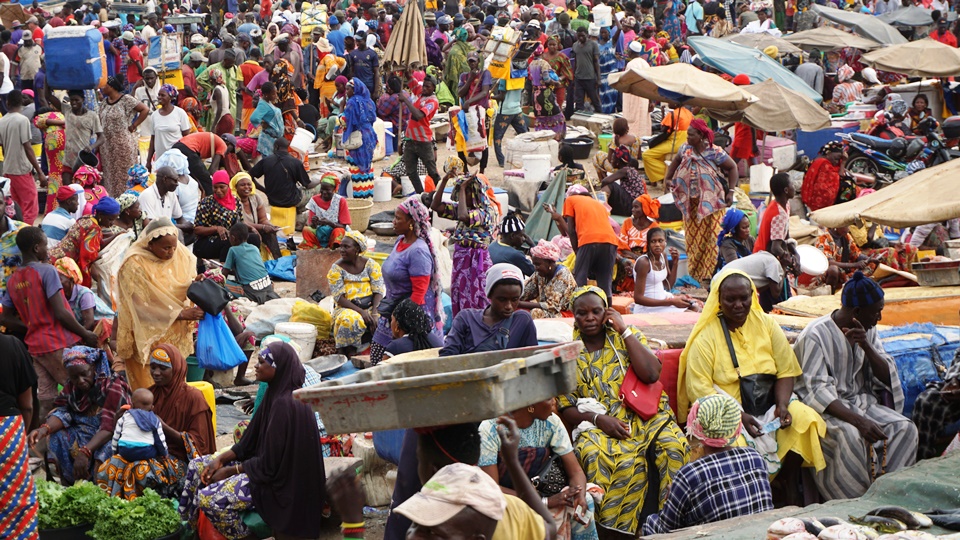
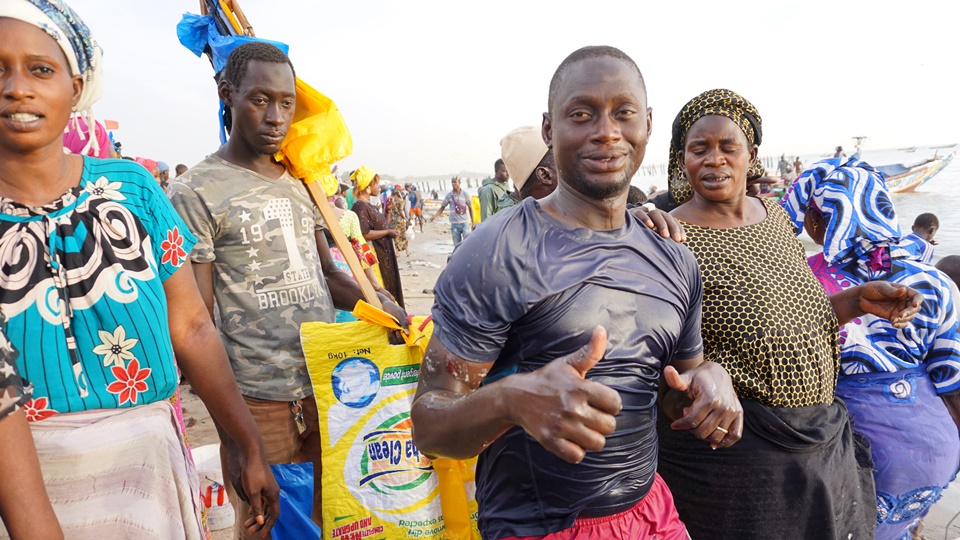
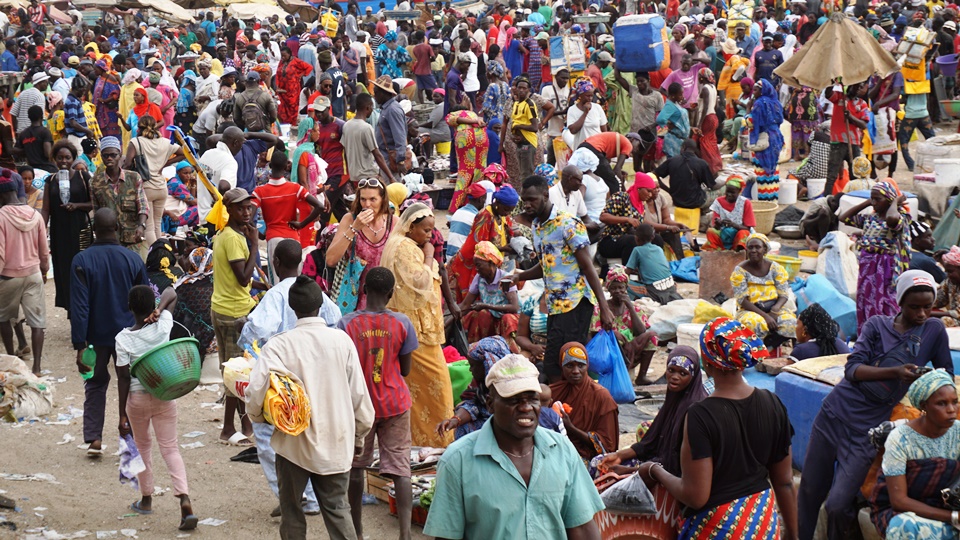
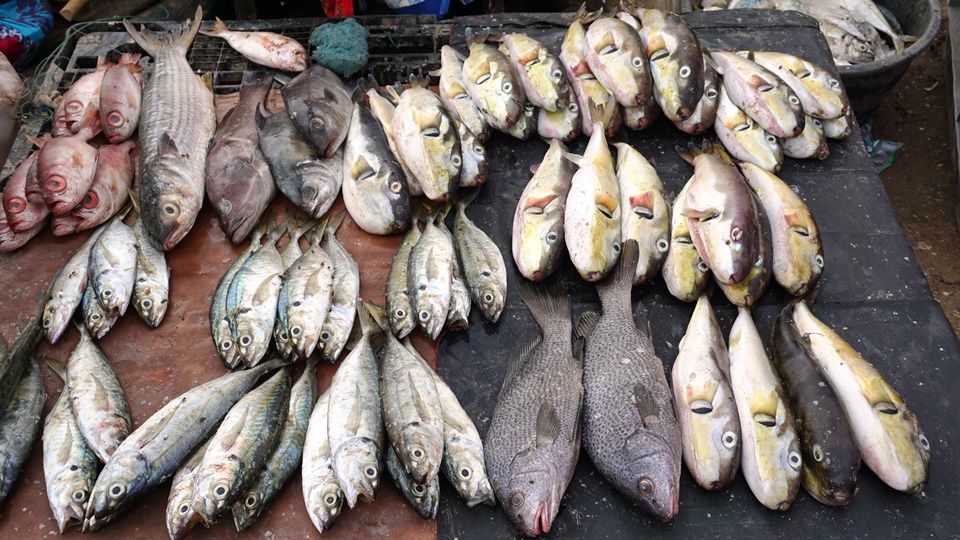
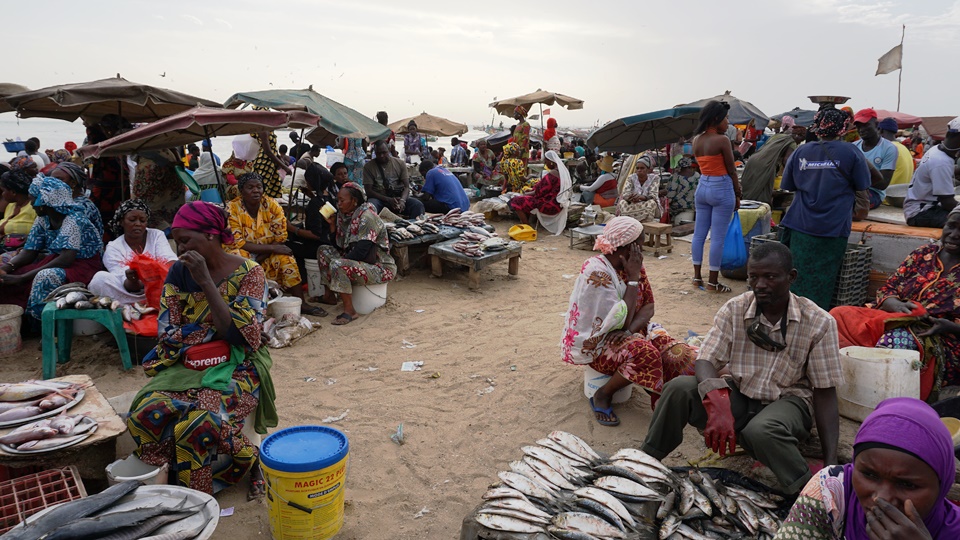
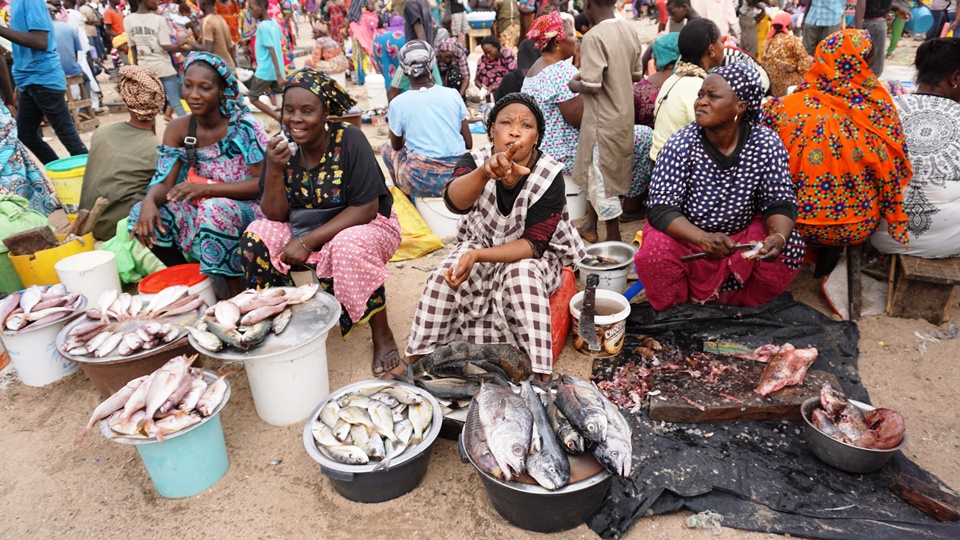
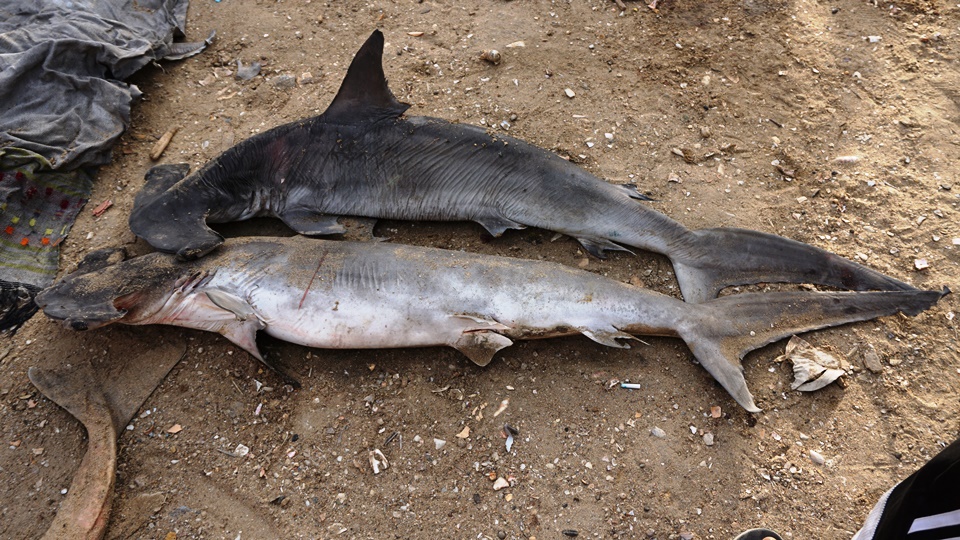
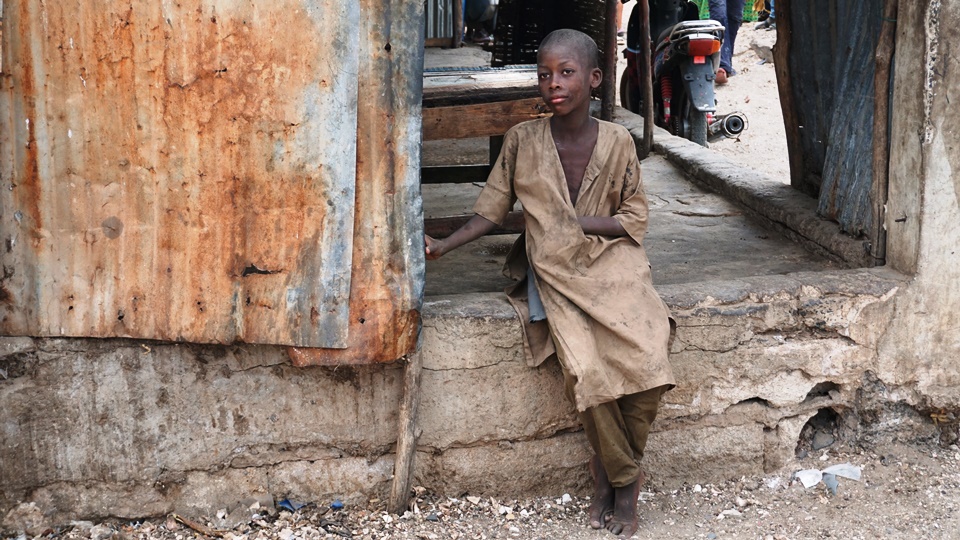
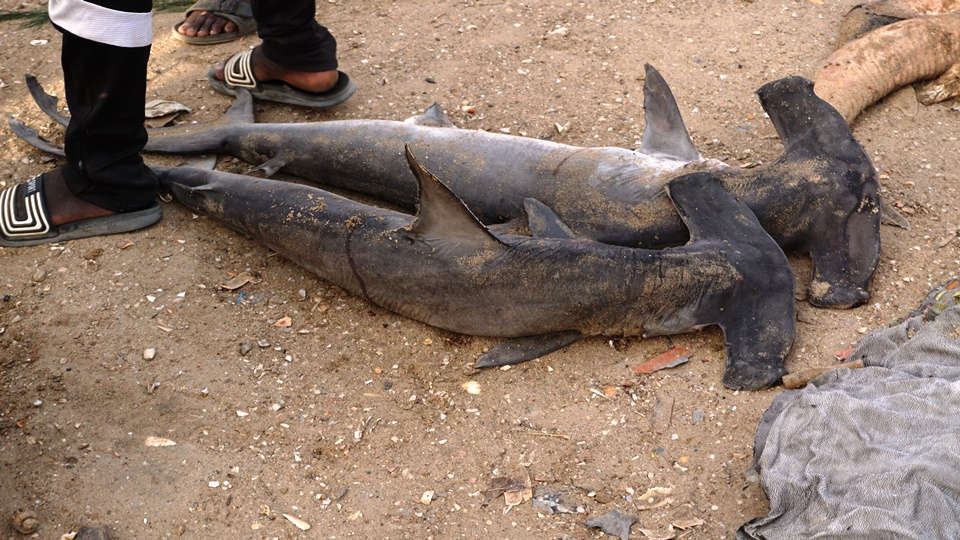
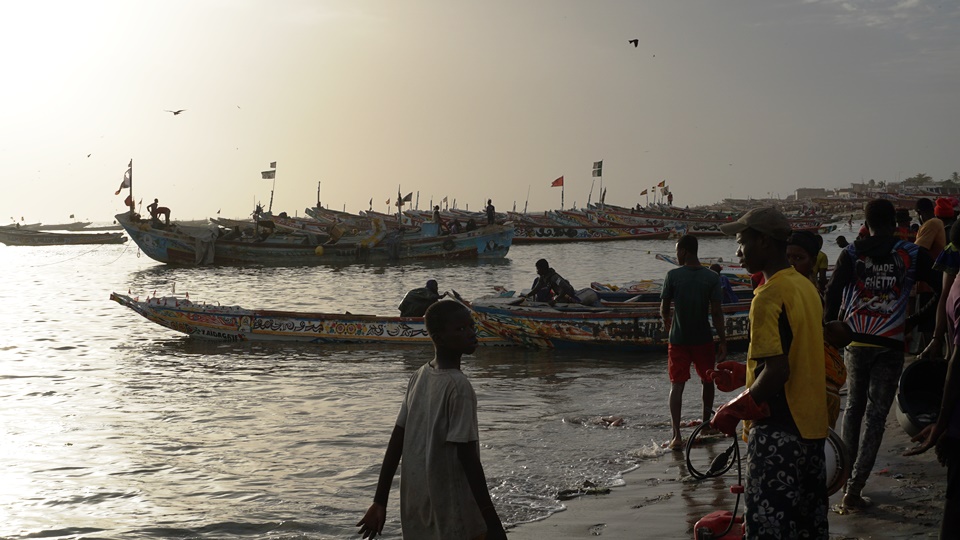
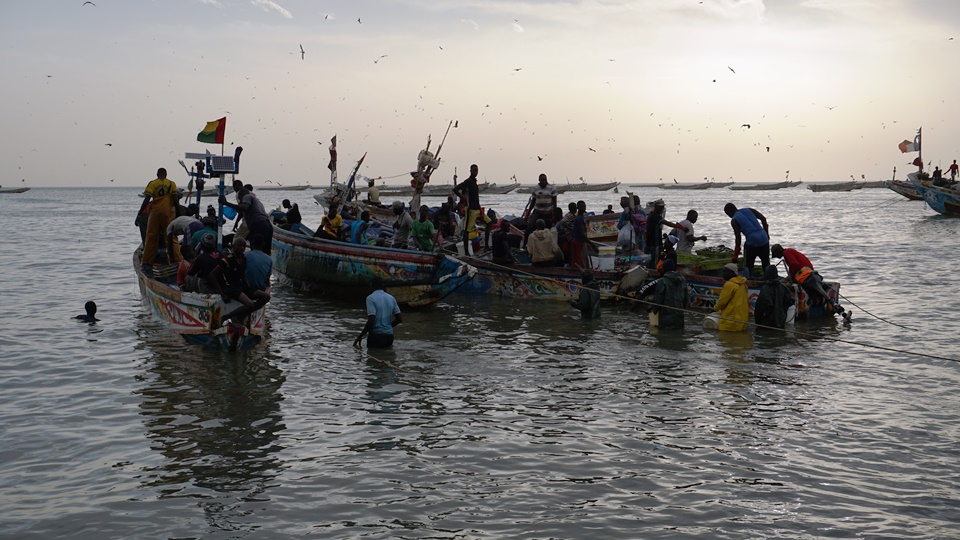
Today we visit the Mbour orphanage: "Vivre esemble – La Pouponnière de Mbour”.
While a part of the group rearranged the backpacks and the various bags, recovering all the material brought from Italy (toys, clothes, shoes, soccer balls, medicines, etc.), the others, in a large supermarket in Saly, with the money donated from Italian friends, he bought milk powder, soaps, bleach, notebooks, toothpastes, diapers etc.
This is one of the largest orphanages in Senegal, home to 157 children aged 0 to 17 and is the place where Stefy volunteered 10 years ago!
Needless to say, the morning spent in this wonderful structure, in the company of our daughter Nora (3 years old) was very touching and, for privacy and respect, we left all our photographic equipment closed in the backpacks ... thank goodness that there are realities of the kind in the world! Thanks to all the volunteers for their work only so they can give hope to those who have been most unfortunate! Thank you
With eyes still shining with emotion, with the image of those black eyes that were looking for you with passion, we leave for Joal-Fadiout.
A long wooden bridge leads to Fadiout, a fishing village located on the estuary island opposite Joal.
The houses made of crushed shells, the huts used as barns that stand on stilts like mushrooms and a fishermen's cemetery (both Christian and Muslim) on a nearby island connected with another wooden bridge.
Fadiout is a very fascinating place, built entirely with the remains of centuries of shellfish consumption; everything is done with shells, from houses to streets (where cars don't circulate) to the cemetery.
Joal and Fadiout are often cited as an example of religious tolerance testified by the fact that the imposing church and Christian shrines stand next to the great mosque.
This adventure is also drawing to a close, a special thanks goes to dear Cheikh, from Cicotour for the great support provided and to the legendary friends who shared this umpteenth life experience around the world with us! See you next time!
Error: No feed found.
Please go to the Instagram Feed settings page to create a feed.
14 Responses
Bel gruppo grazie a tutti per questo bel viaggio un ringraziamento speciale a Raffo che mi ha seguito nella mia pazzia serale. Un grazie anche a mandibola e a tutti voi.
grazie a te caro Ago… è il quarto viaggio che viviamo insieme in Africa ed è sempre stupendo condividere esperienze simili con chi si stima così tanto… che sia il quarto di una lunga serie!!!! Grazie per la pazienza con Nora!
Decisamente un altro bel viaggio in ottima compagnia. Ottima l’organizzazione, come sempre del resto, posti meravigliosi…
Non vedo l’ora di riempire nuovamente lo zaino!
Grazie a Mark, Stefy, Radio Elisa, Cinzia, Francesca, Agostino, Raffo e alla piccola Nora.
Grazie a te caro amico mio…. dopo Peru, Bolivia, India, Zimbabwe, Botswana, Namibia e Sud Africa ci voleva un’altra avventura insieme… e come dico sempre, spero sia l’ennesima di una lunga serie! E’ stato un viaggio meraviglioso con gente meravigliosa in un luogo meraviglioso…. non avevo dubbi! Un abbraccio fraterno e speriamo che questo periodaccio passi presto e che ritorniamo a viaggiare tutti insieme once again
Pazzesco il vostro viaggio! Io ho amato perdutamente il Senegal nonostante fossi appena ragazzina. Spero di poterci tornare presto. Anche i miei genitori mi hanno permesso di viaggiare fin da piccolissima e li ringrazierò per tutta la vita. Mi emoziona vedere il regalo che voi state facendo a vostra figlia. Siete immensi e vi stimo tantissimo 🙂
Grazie mille, sei dolcissima e le tue parole ci riempiono di orgoglio e ci danno una forte carica!
SEi stata in Senegal da “appena ragazzina”? Che intendi? Quanti anni avevi?
Avevo 15 anni !!! Ma l’Africa in generale ho iniziato a girarla insieme a mamma e papà all’età di 5!!! ♥️
Che meraviglia!!!!!! Allora se sei cresciuta cosi’ vuol dire che stiamo facendo bene con la nostra piccola Nora! Qual’e’ stato il tuo primo Paese in Africa?
Kenya♥️ Dove sono tornata più volte ed ho fatto anche una missione umanitaria appena finito il liceo
Che meraviglia…. allora sei la prova che stiamo percorrendo “la strada giusta”… questa frase ce la siamo fatta tatuare in India in hindi!
Anche Stefy ha fatto volontariato in Kenya.
Che bei ricordi quella zona! Ci siamo stati non molto tempo fa.
Nora la prima volta in Africa: 2 anni in Tanzania!
Nora parte super avvantaggiata grazie al regalo incredibile che le state facendo. Vi ringrazierà per tutta la vita. E’ il migliore investimento sul futuro che un genitore possa fare. Se oggi sono quella che sono è grazie agli insegnamenti che ho avuto in giro per il mondo. Vi ringrazio io per lei oggi, perché regalate al mondo intero una persona destinata ad essere speciale!
Cara Ilaria, questo è uno dei messaggi più profondi mai ricevuto…. ci hai fatto quasi commuovere! Grazie! Se viaggiare da piccolissima in luoghi ancora “veri” vuol dire diventare una bella anima come te allora stiamo facendo bene! Grazie di cuore!
In Italia dove sei?
CCICOTOUR SENEGAL
É stato un gran piacere accompagnare il vostro come guida locale, abbiamo passato dei momenti di gioia e piacere, per me siete i nostri ambasciatori in italia per spingere questa bella destinazione
Grazie caro Cico, non vediamo l’ora di vivere altre esperienze come questa. Appena il covid ce lo permetterà ci rivedrai subito!